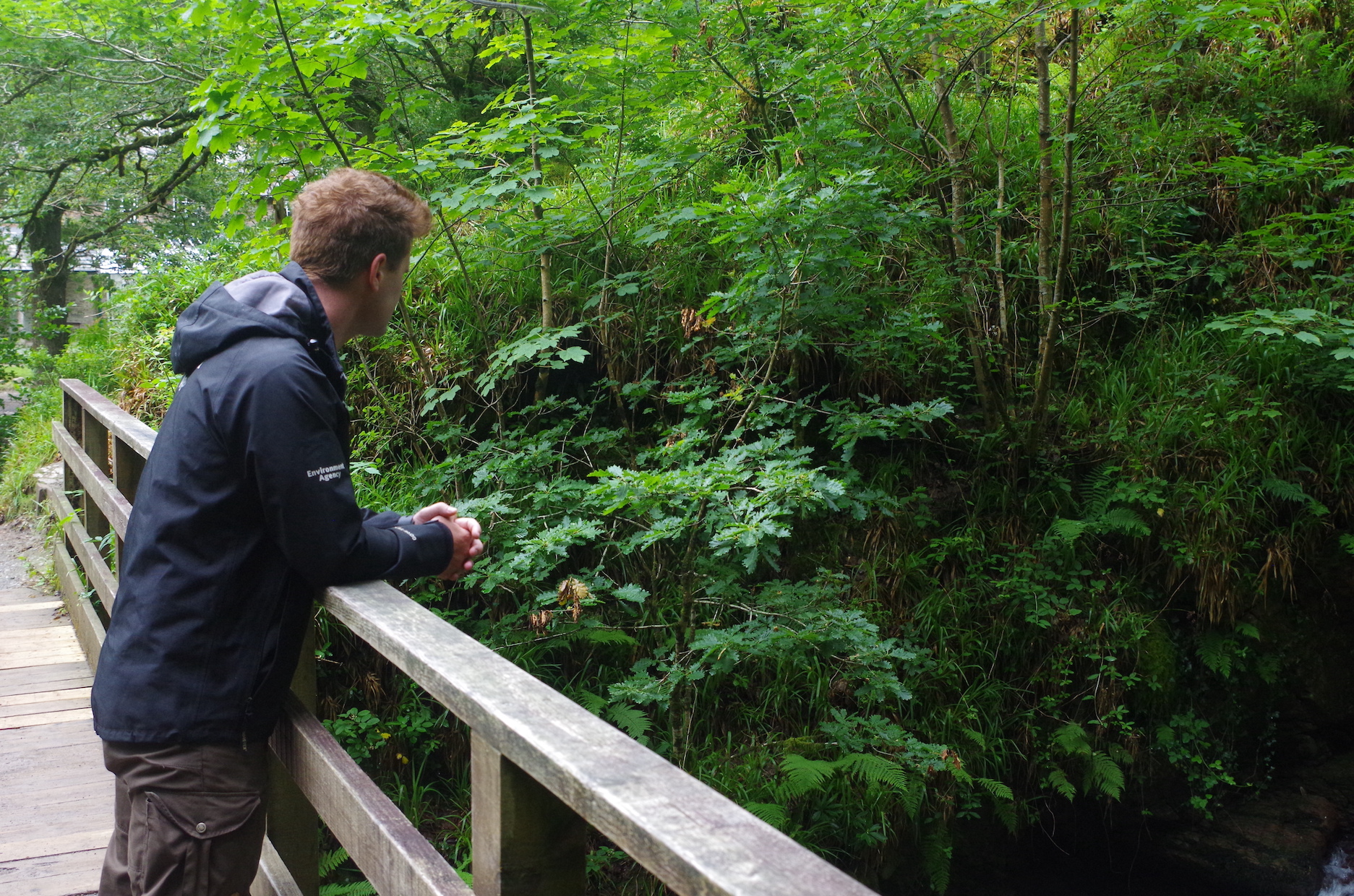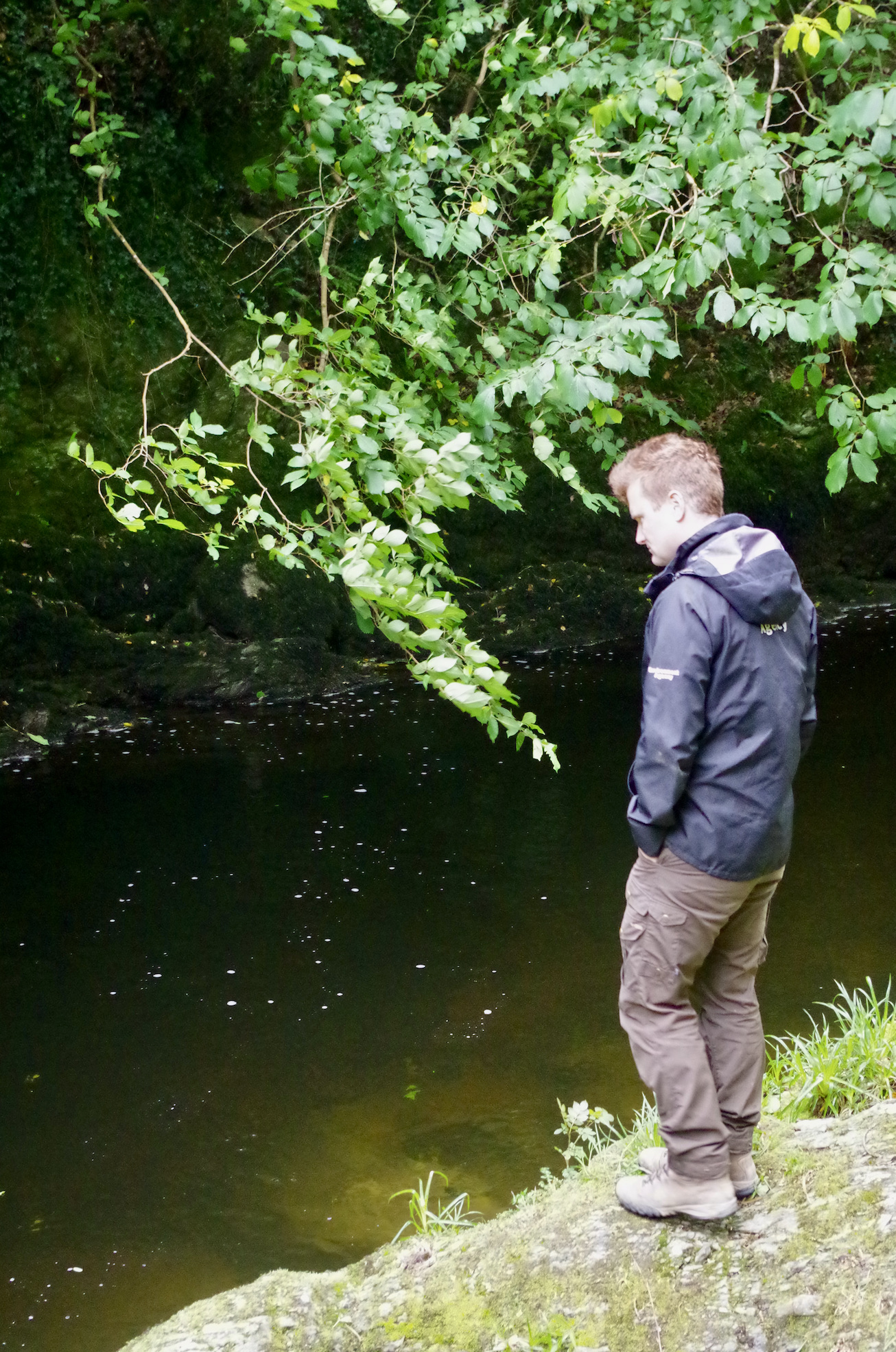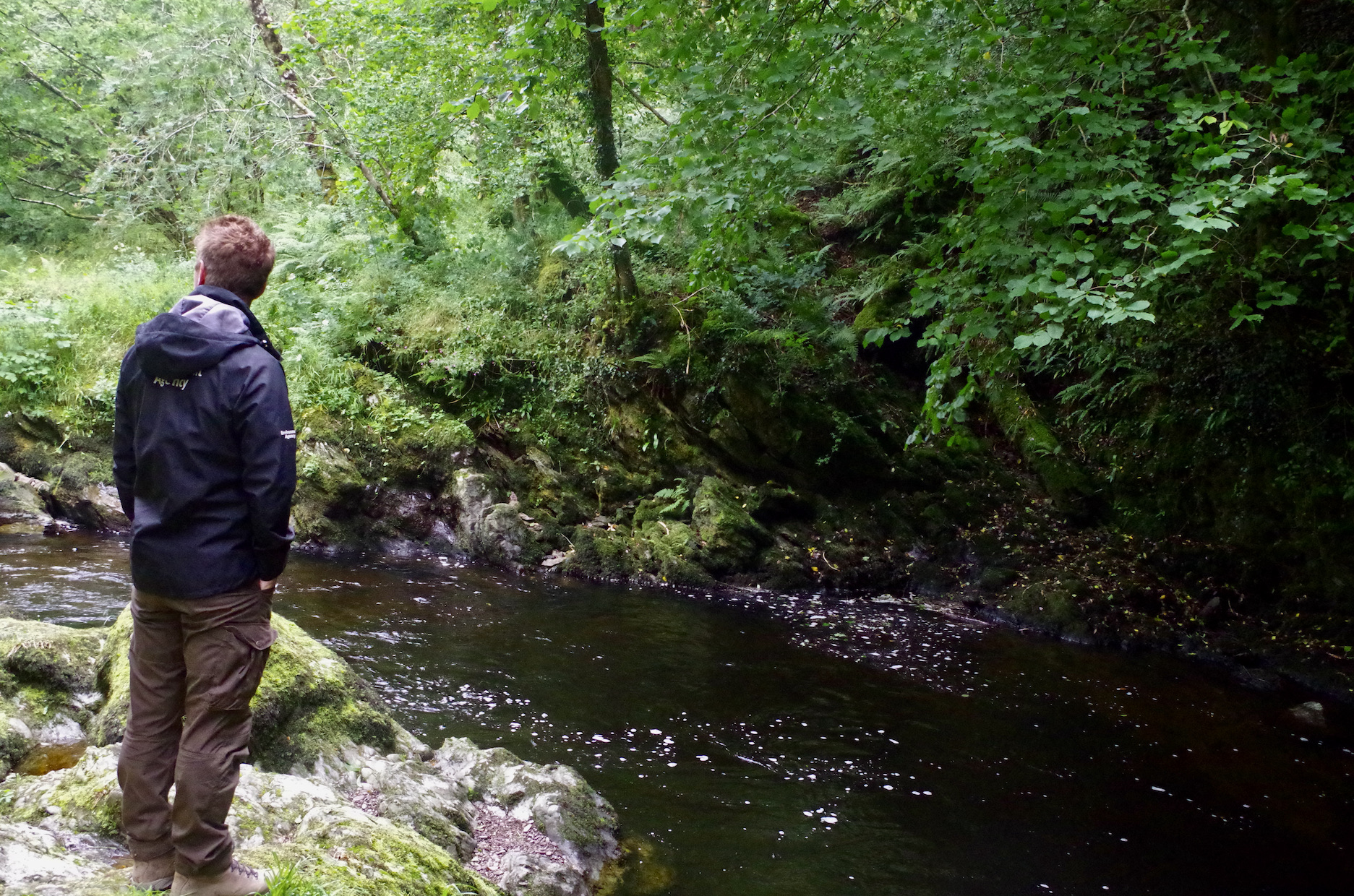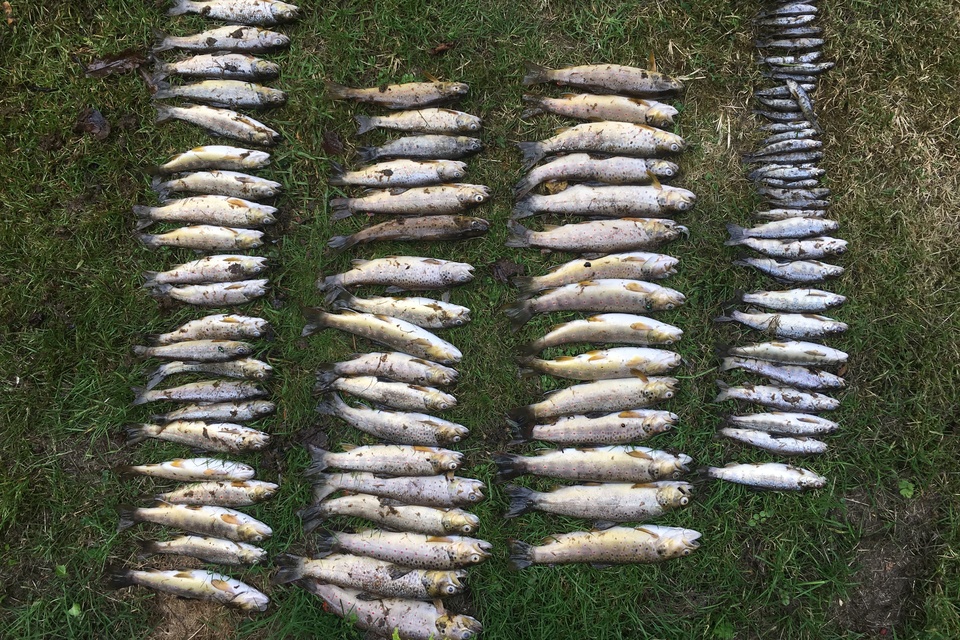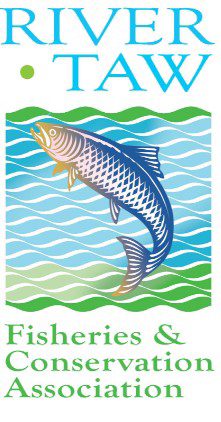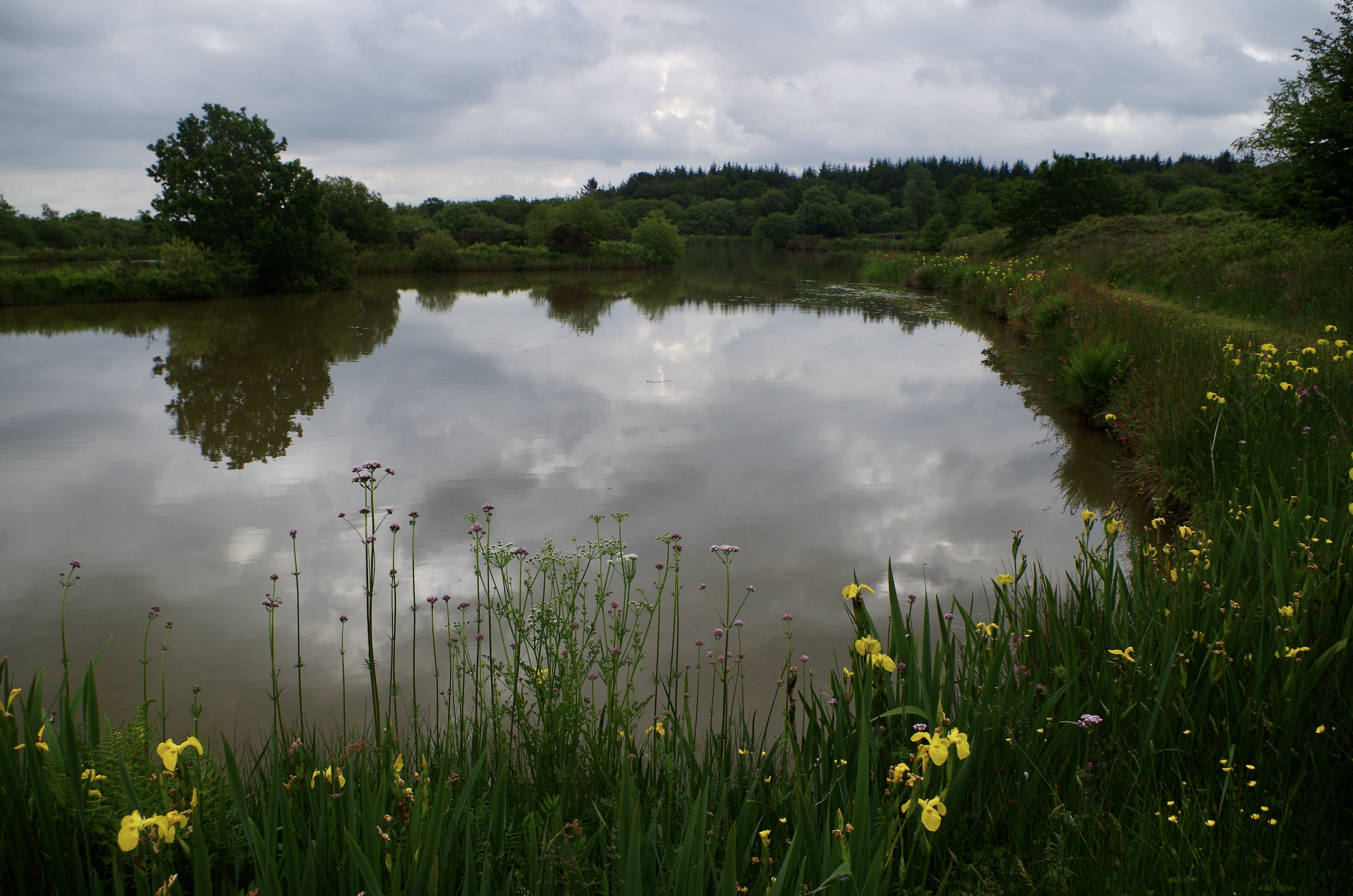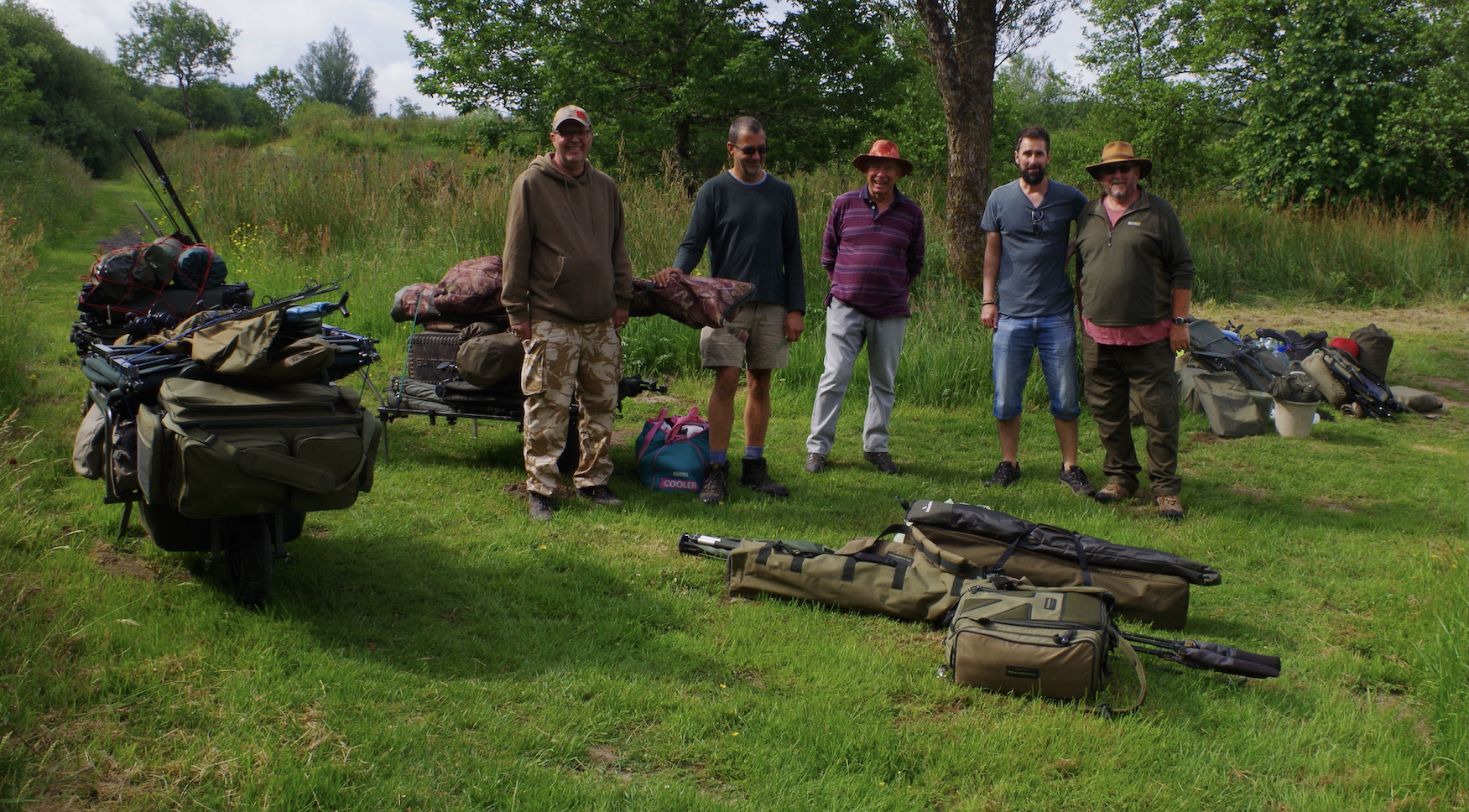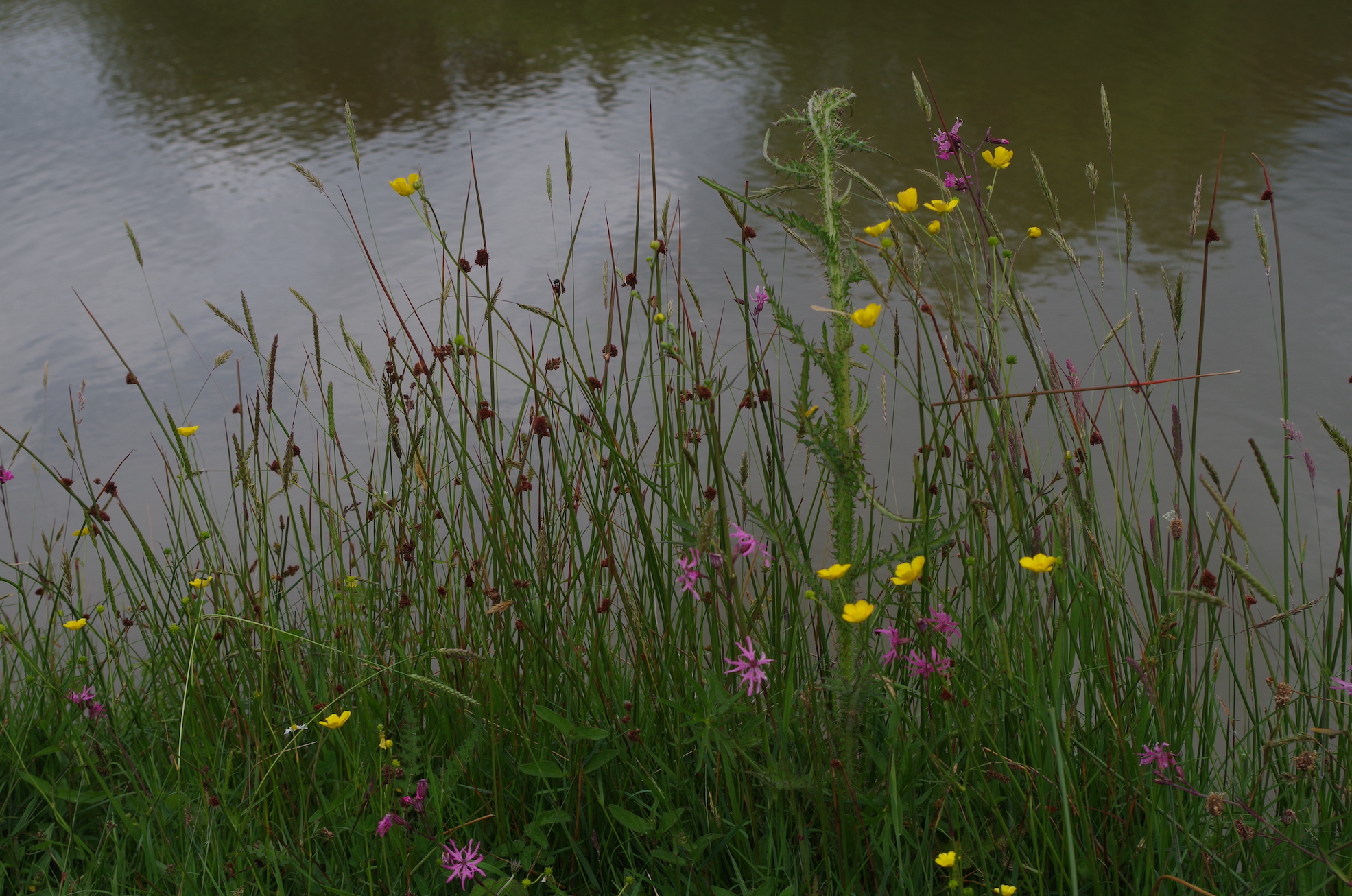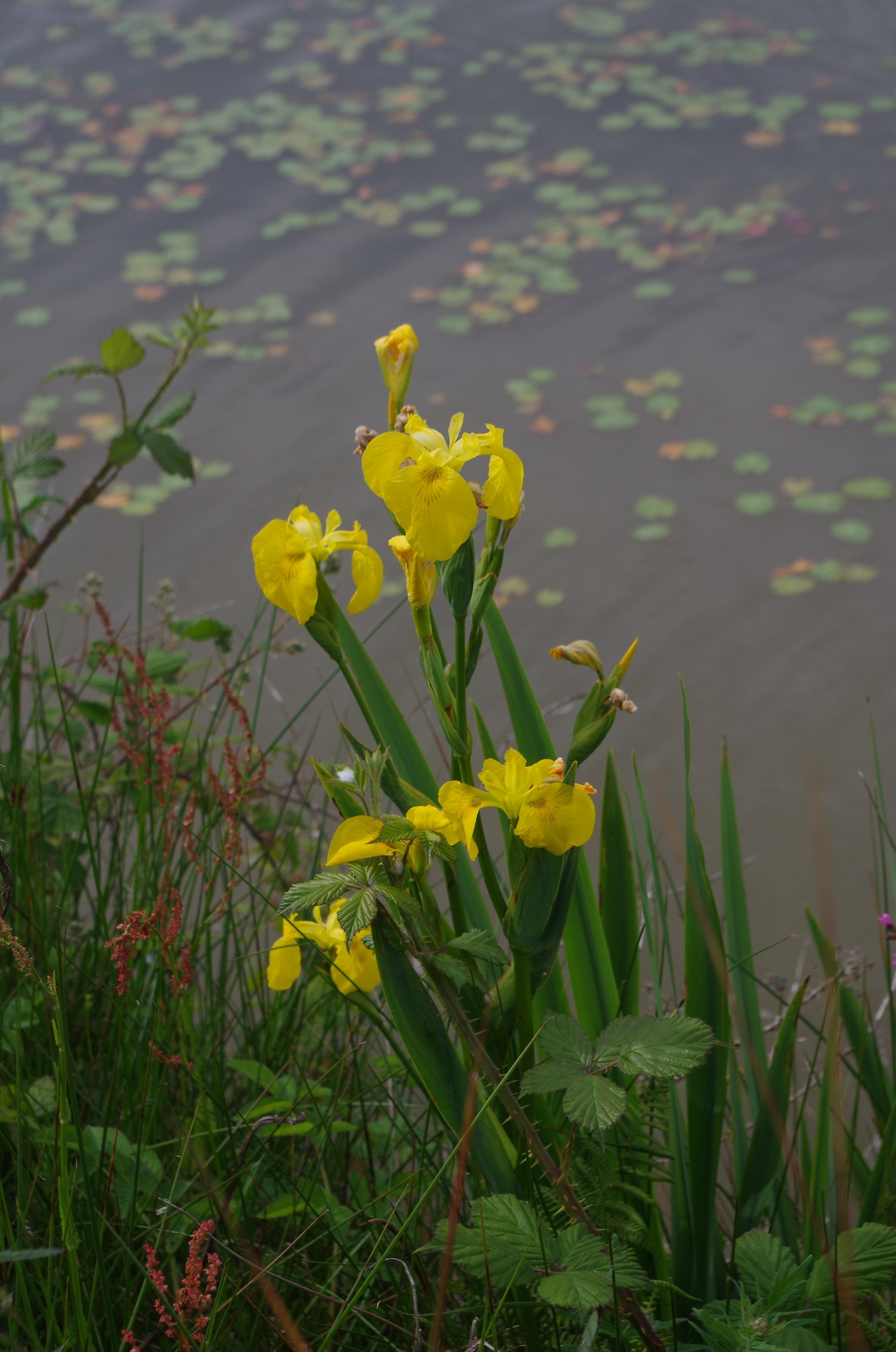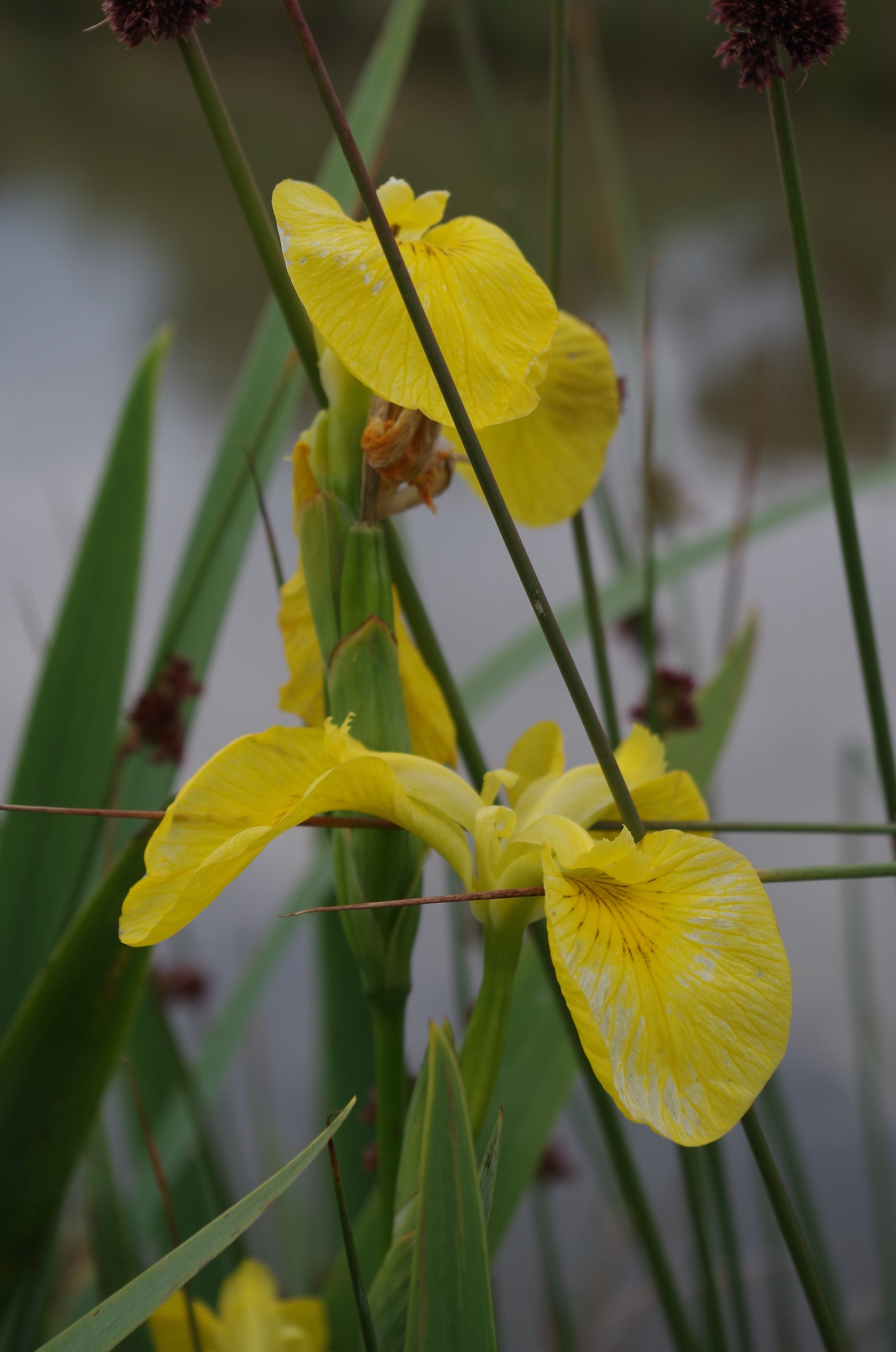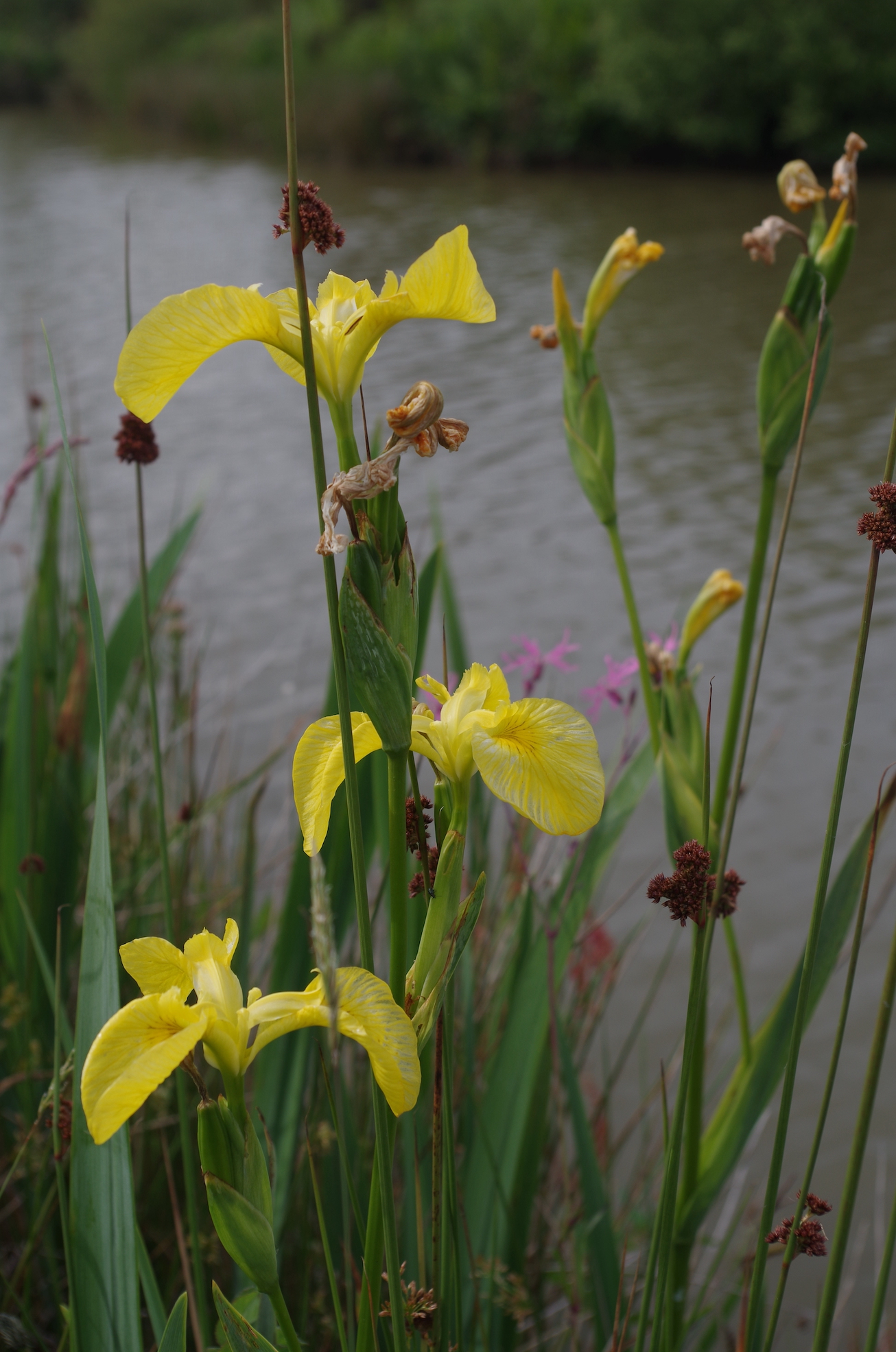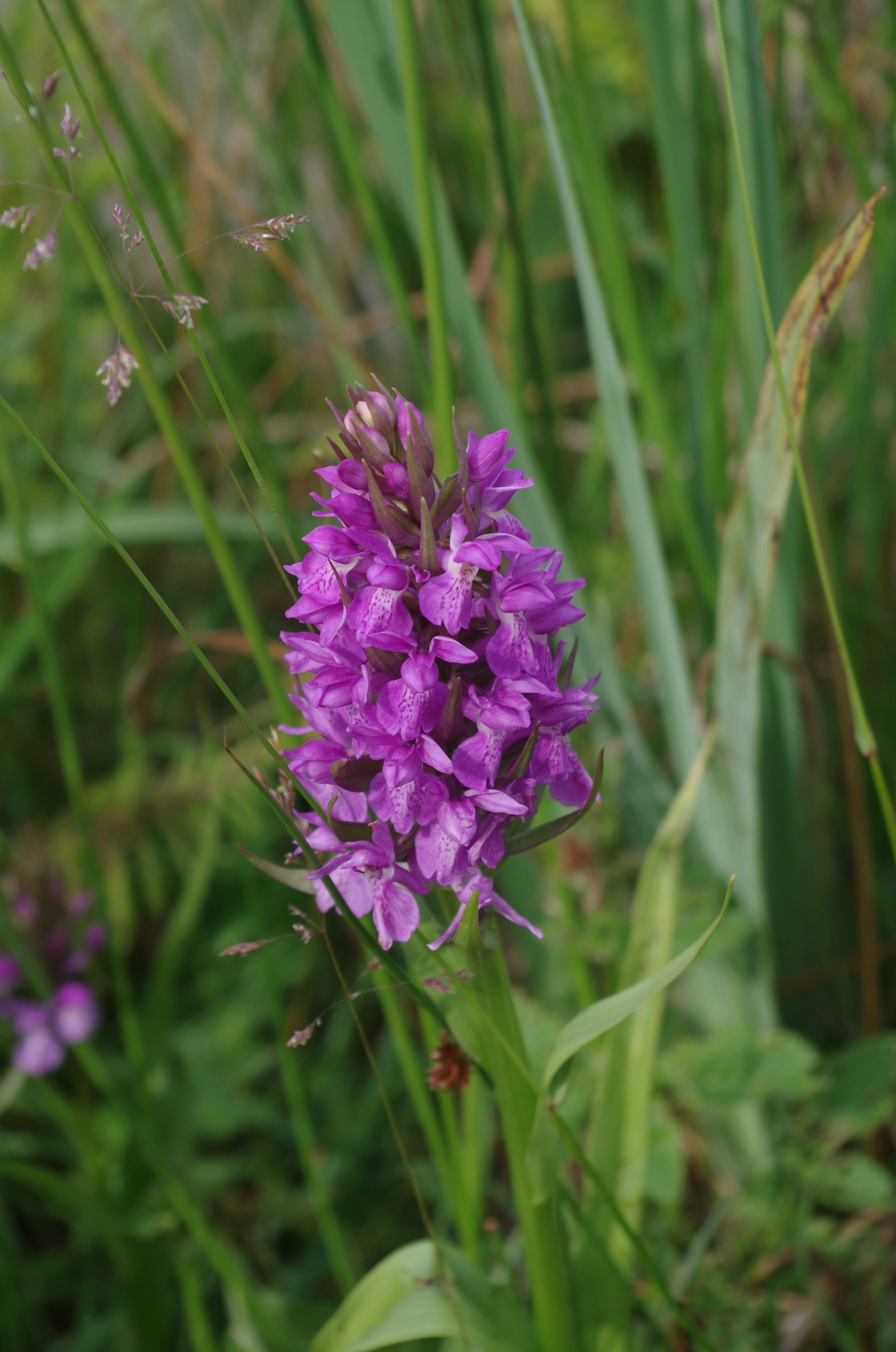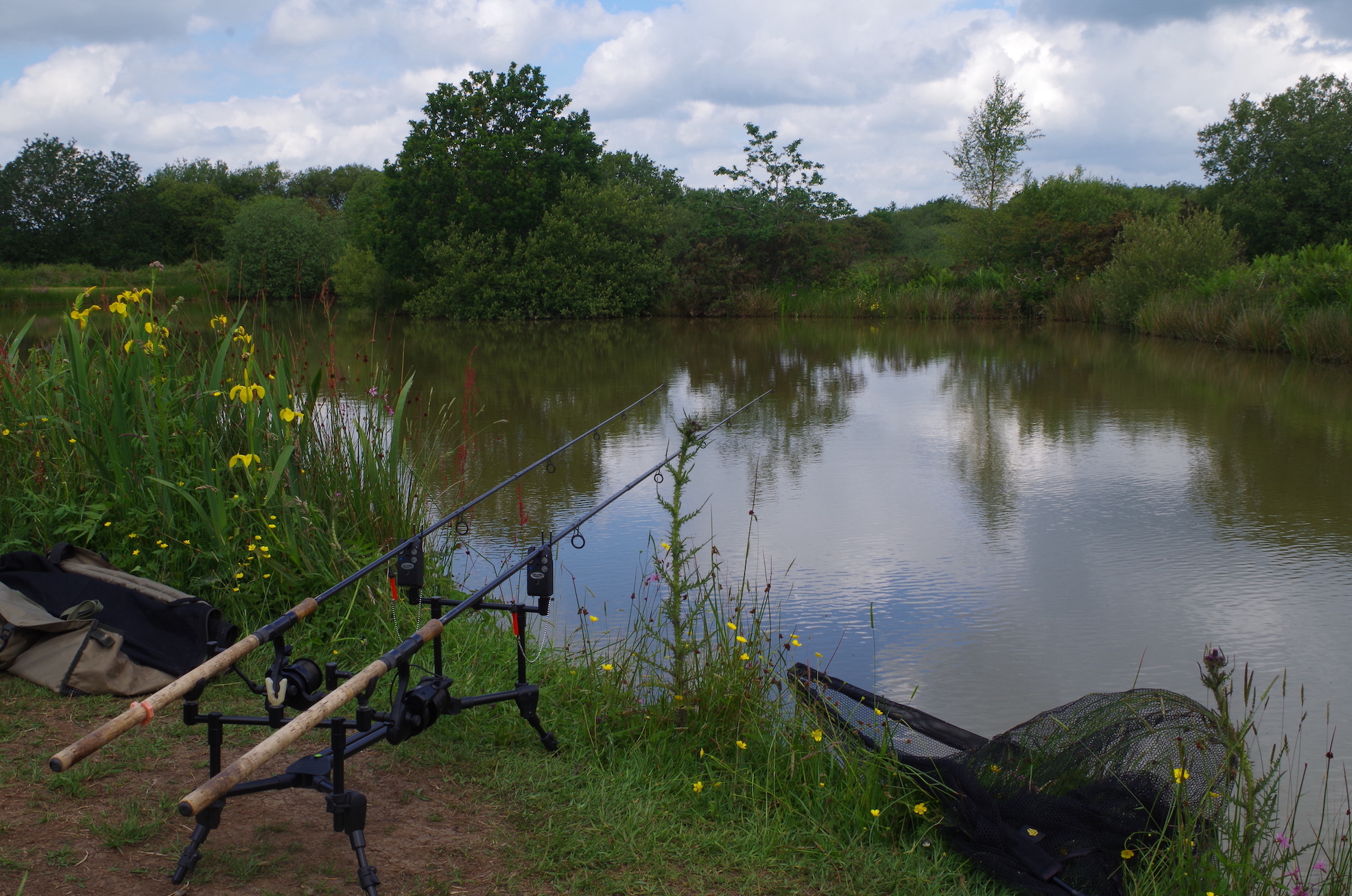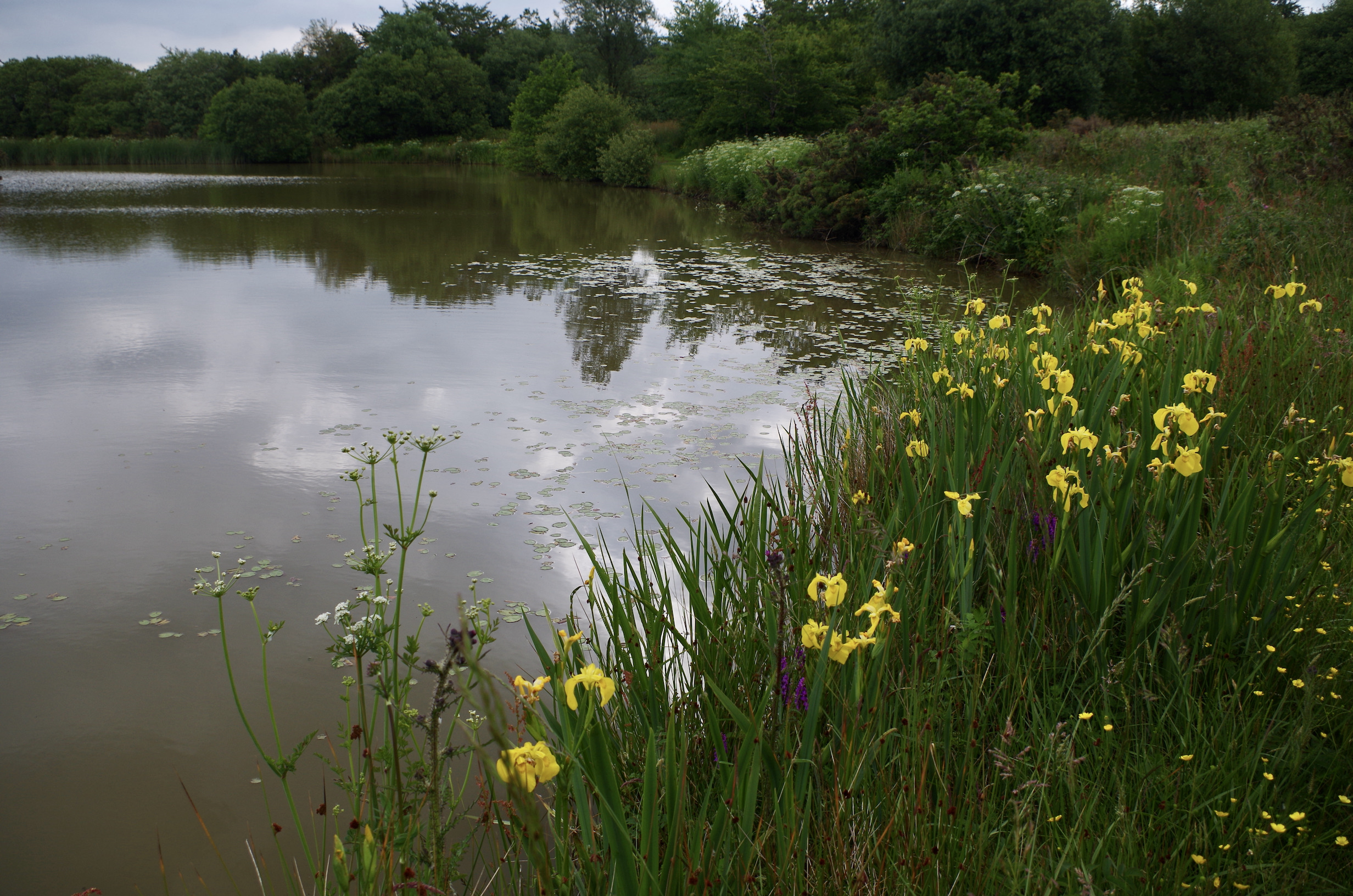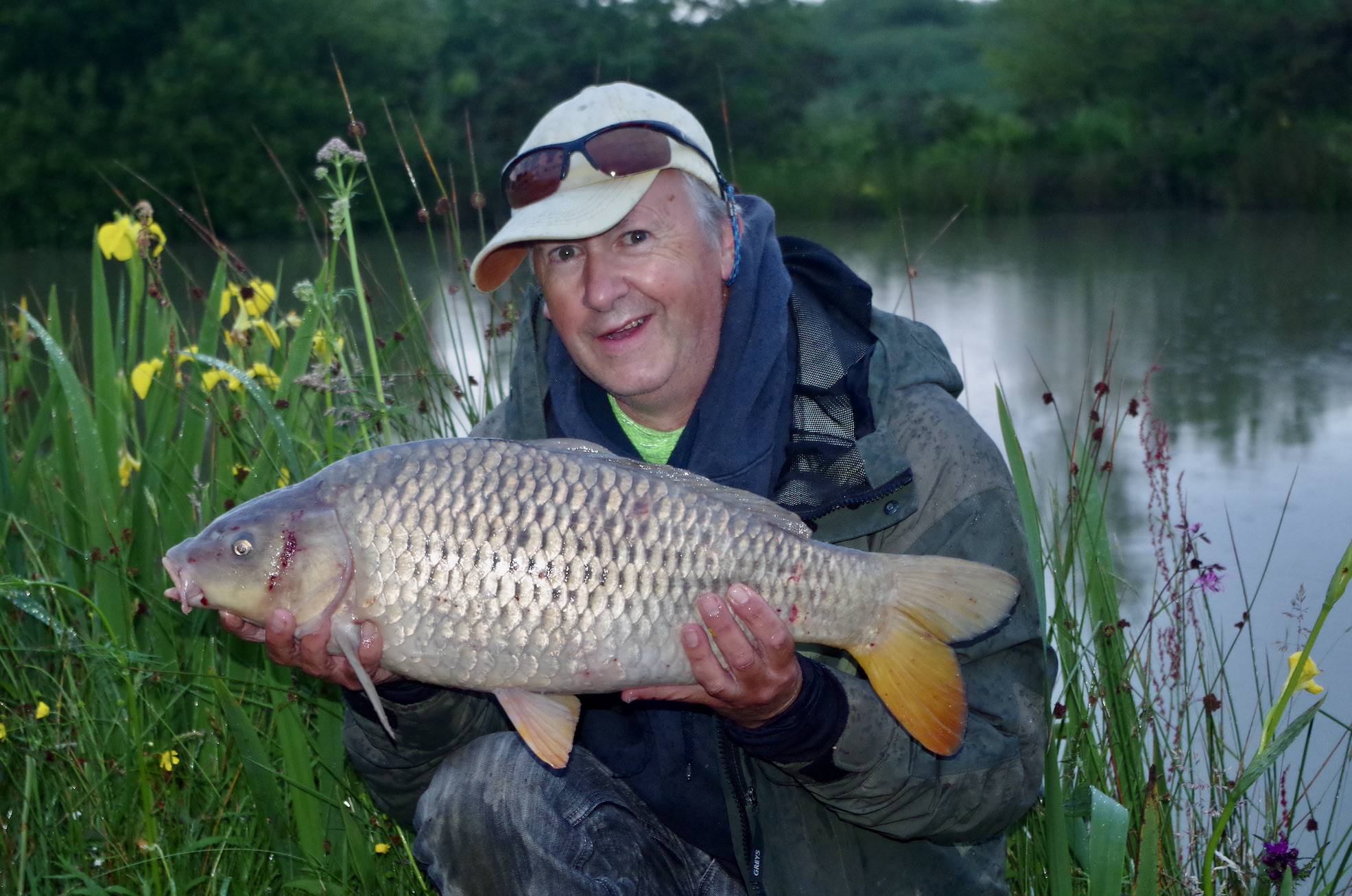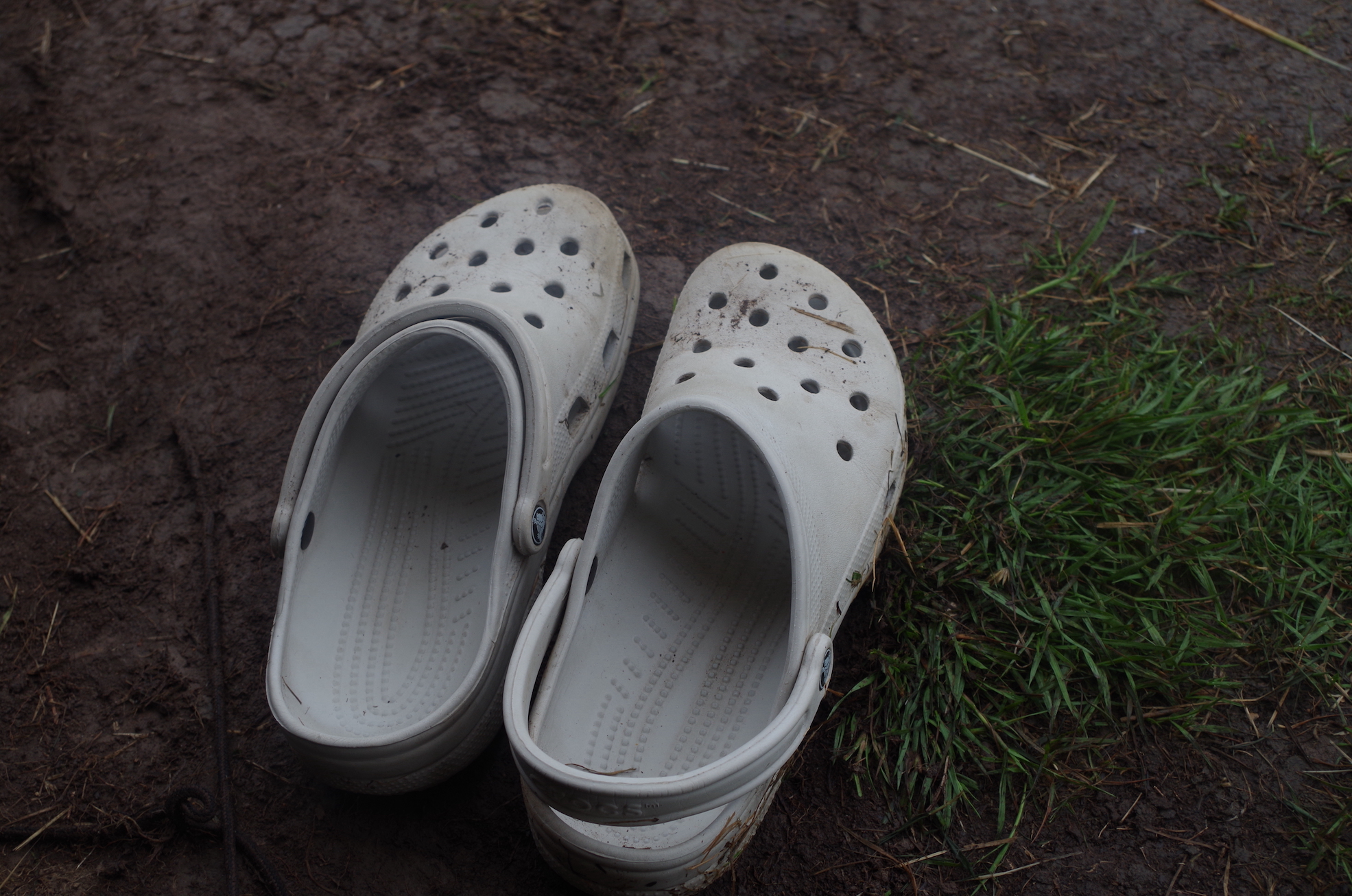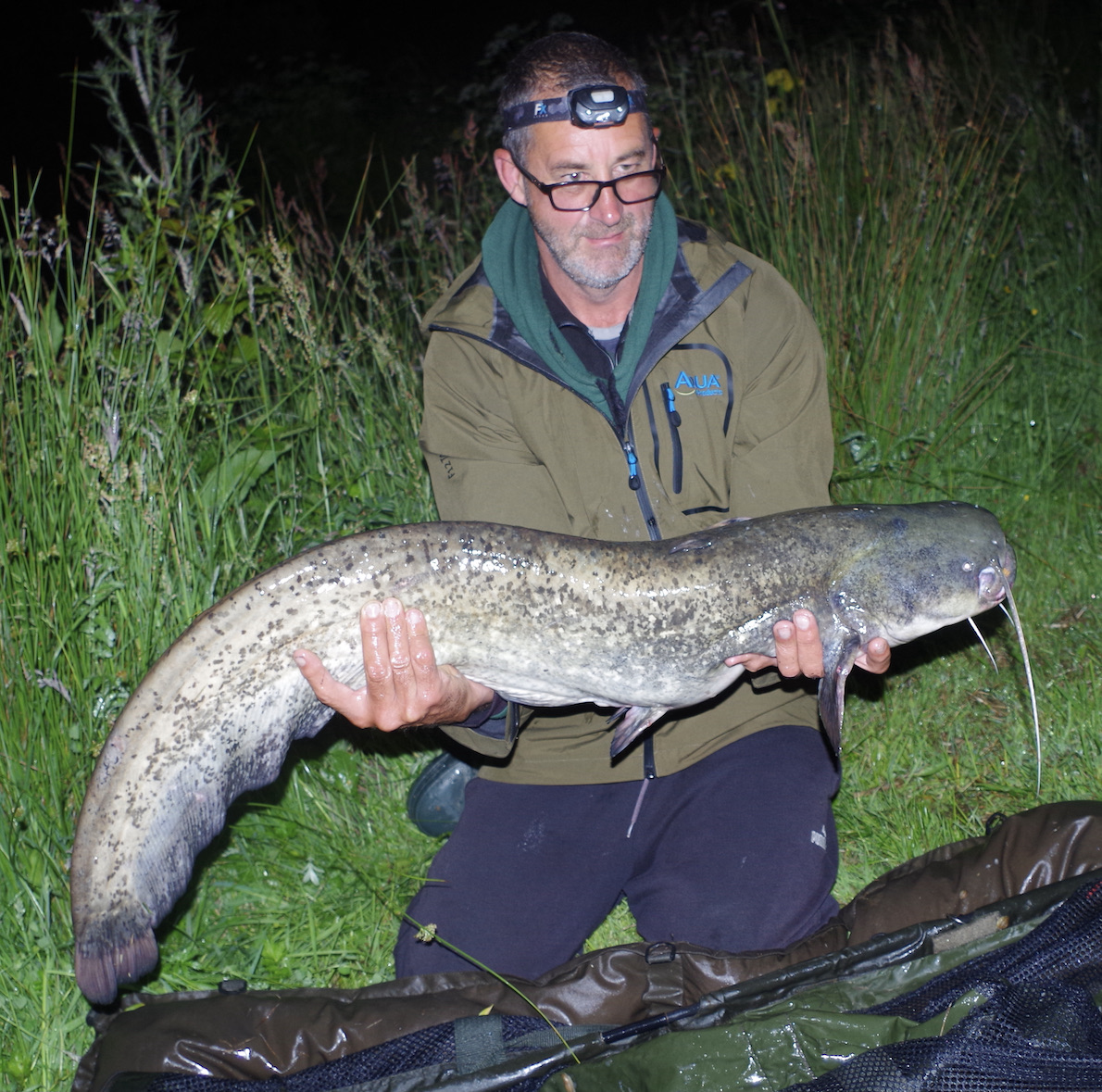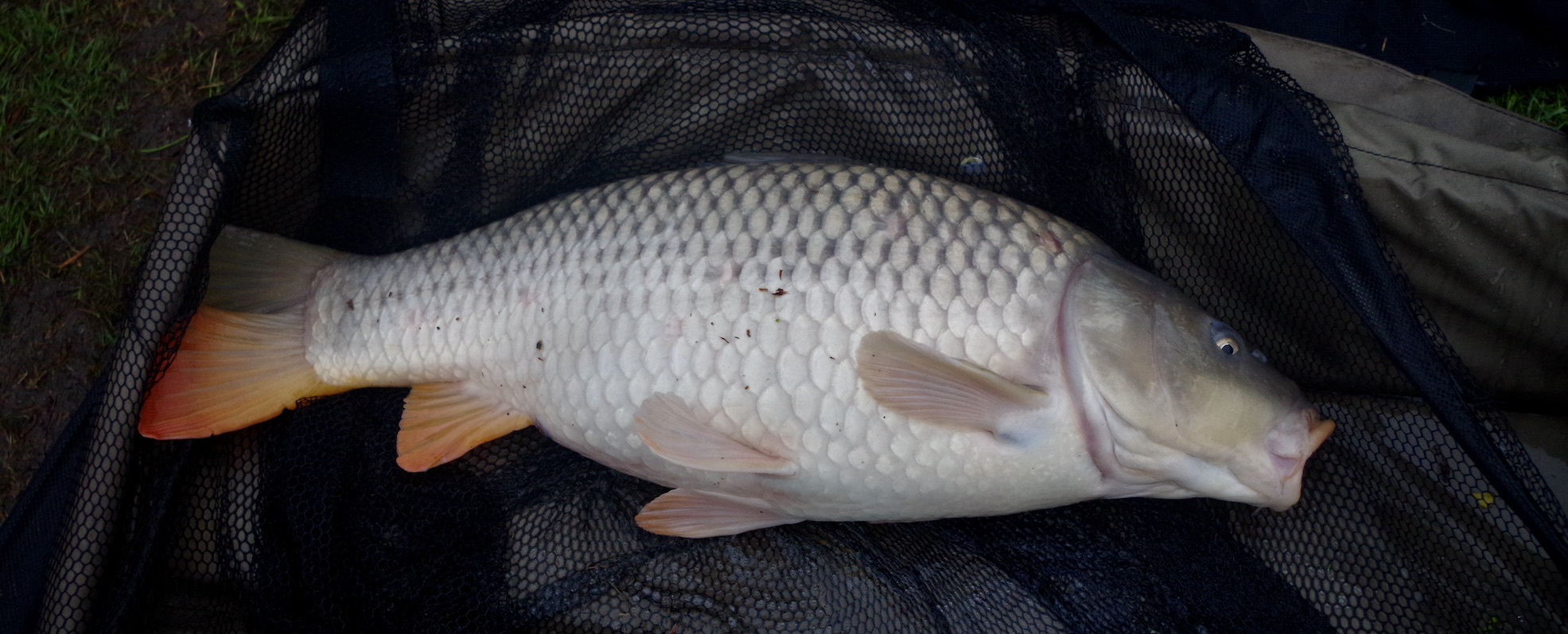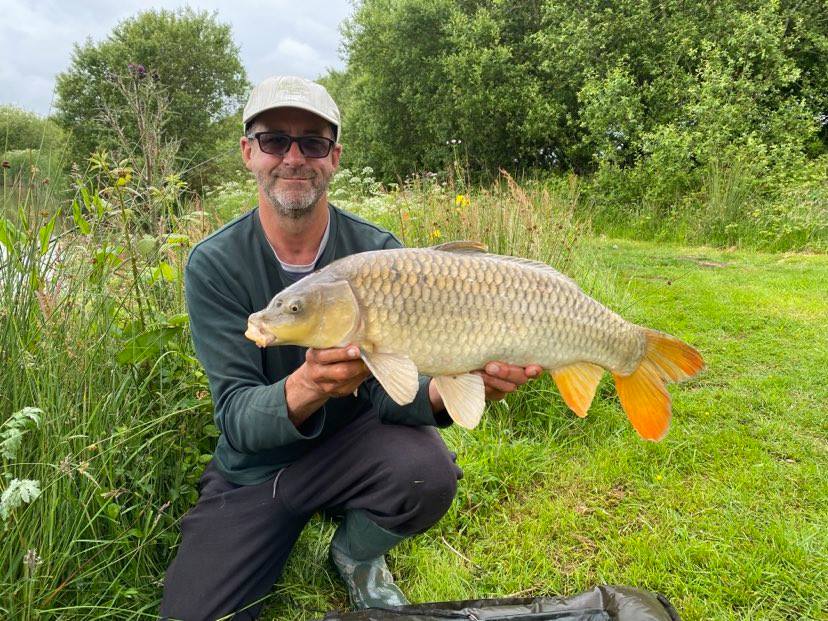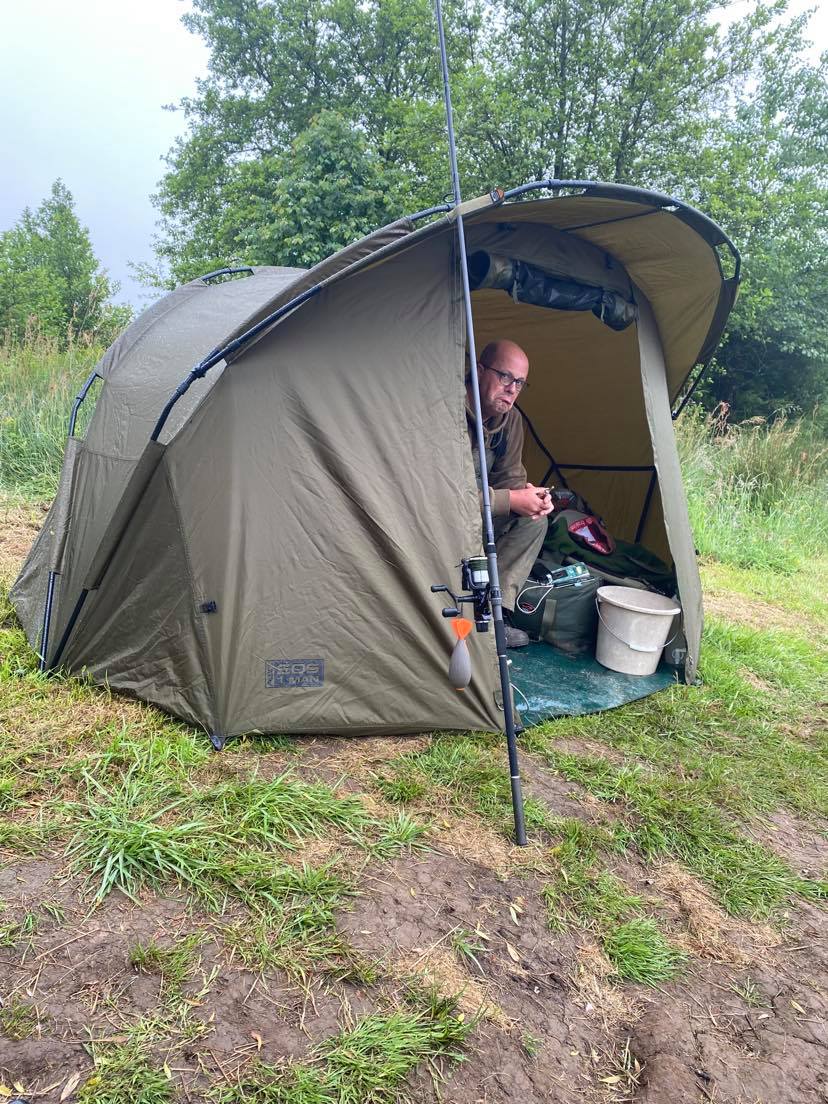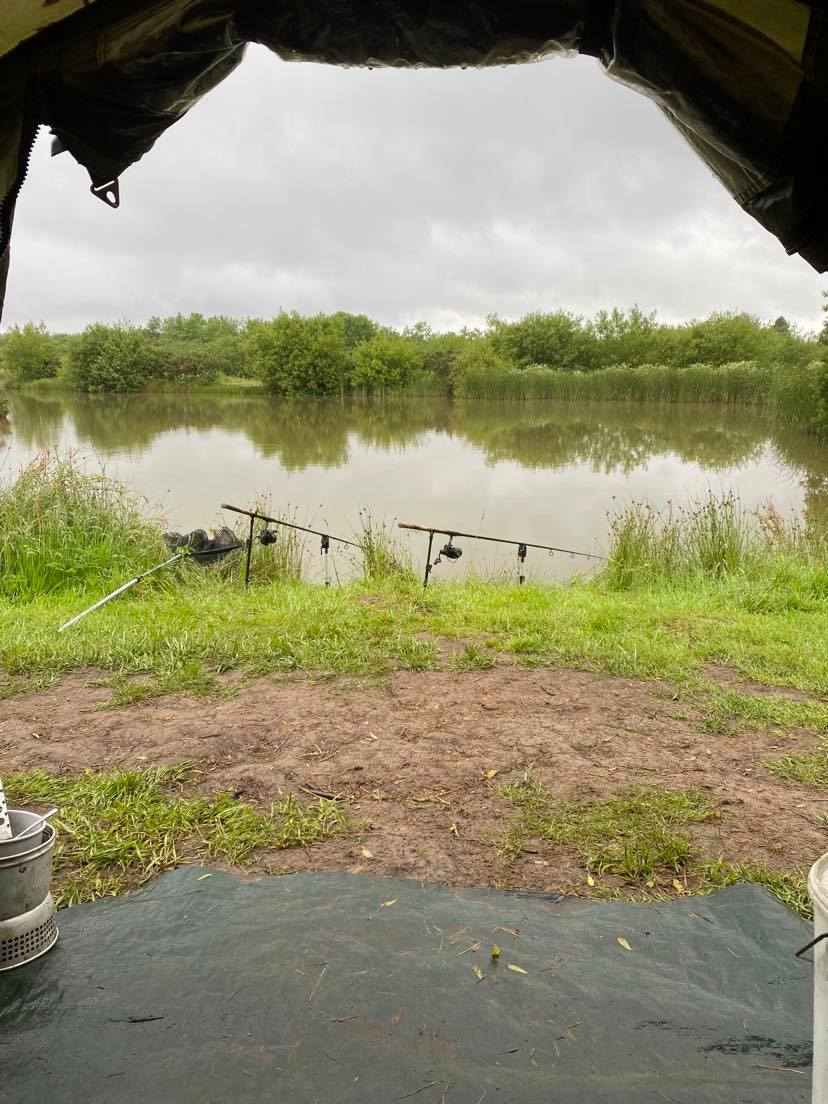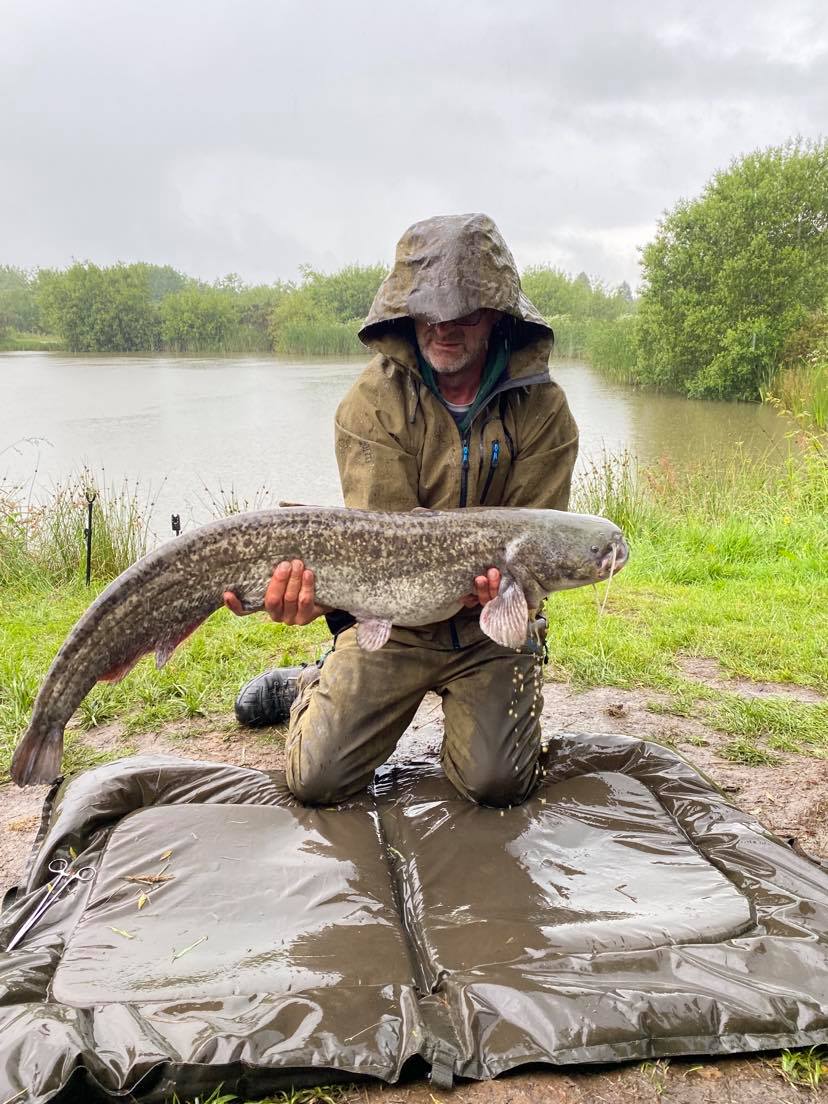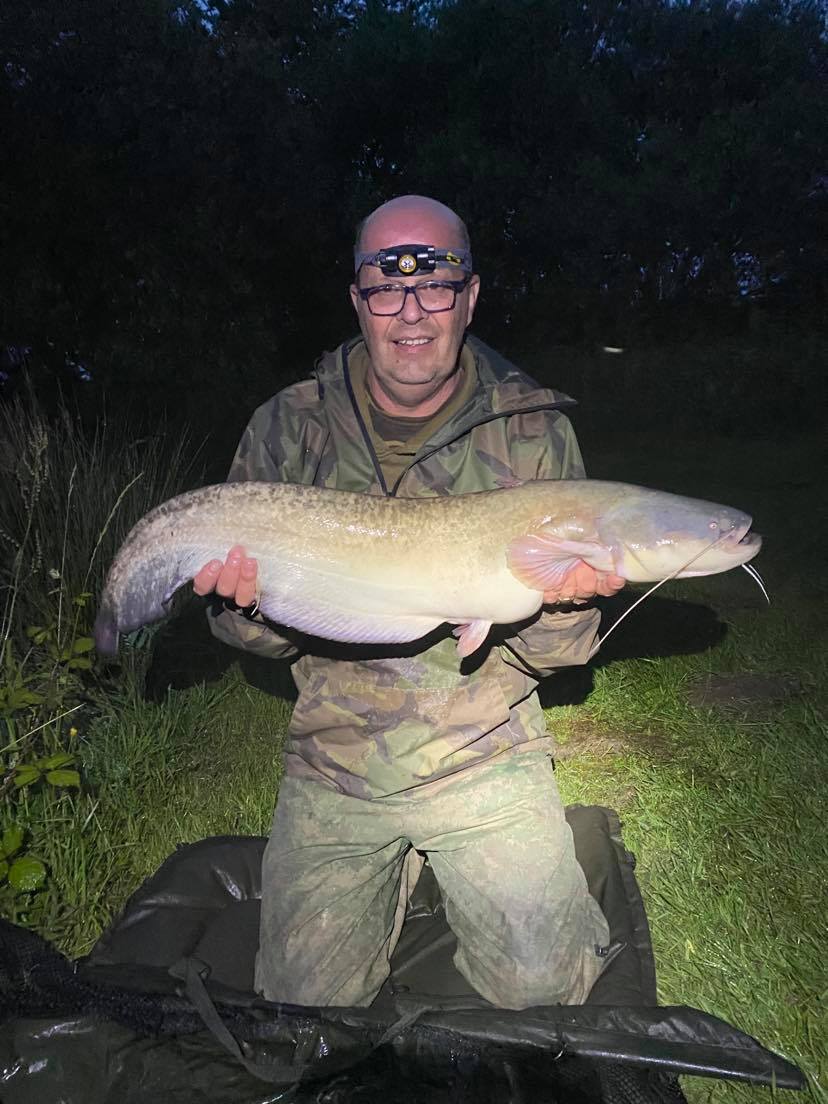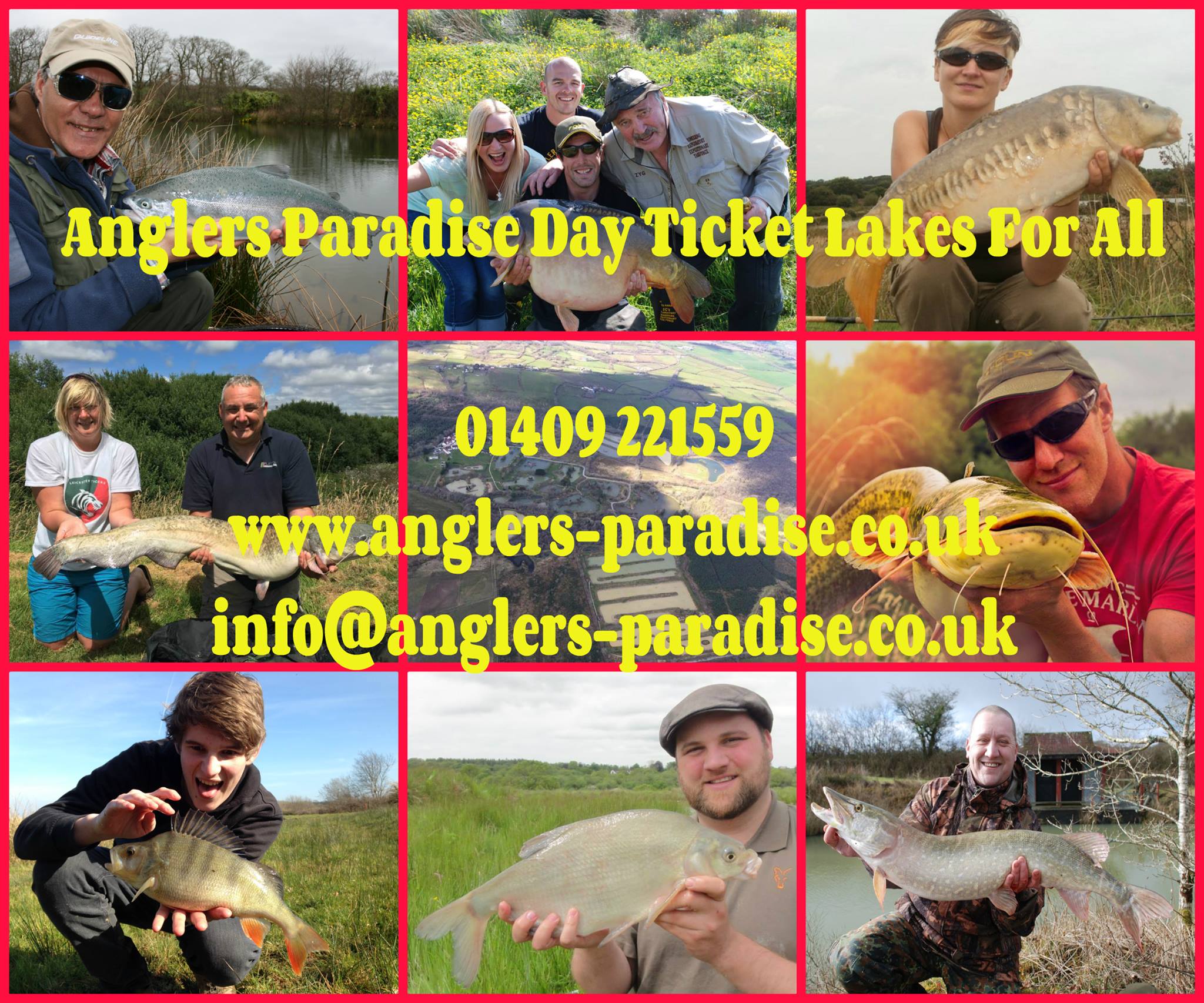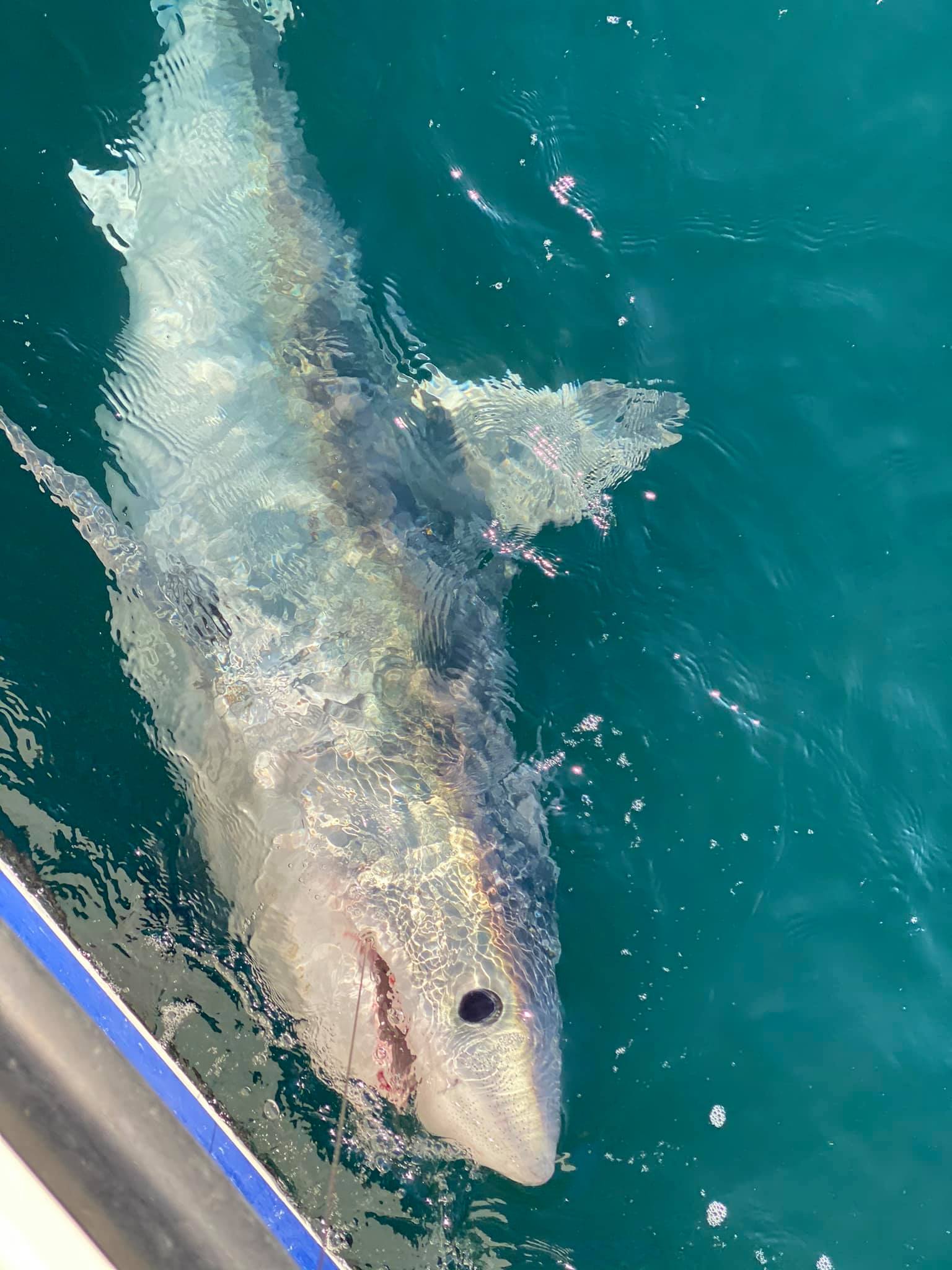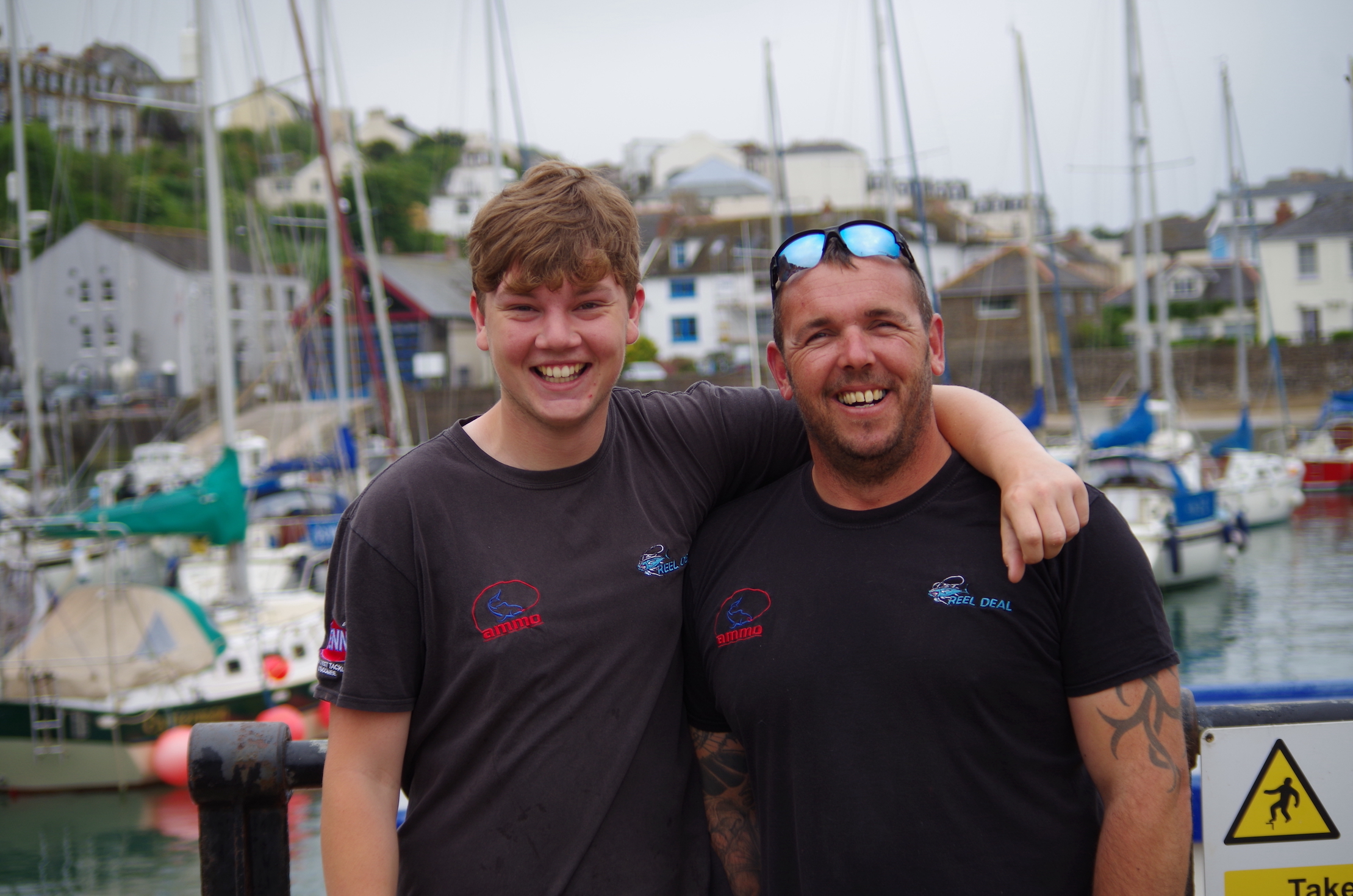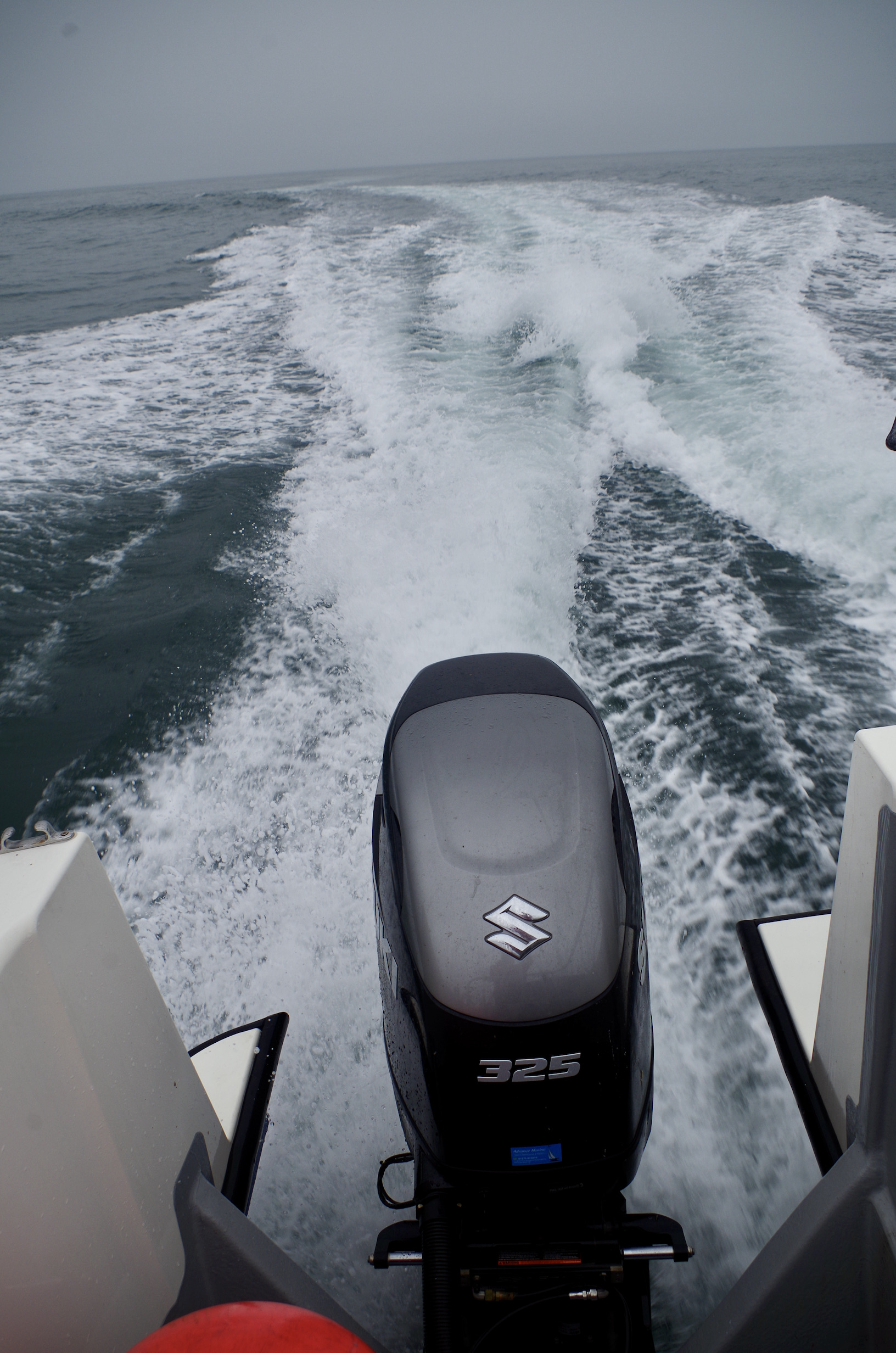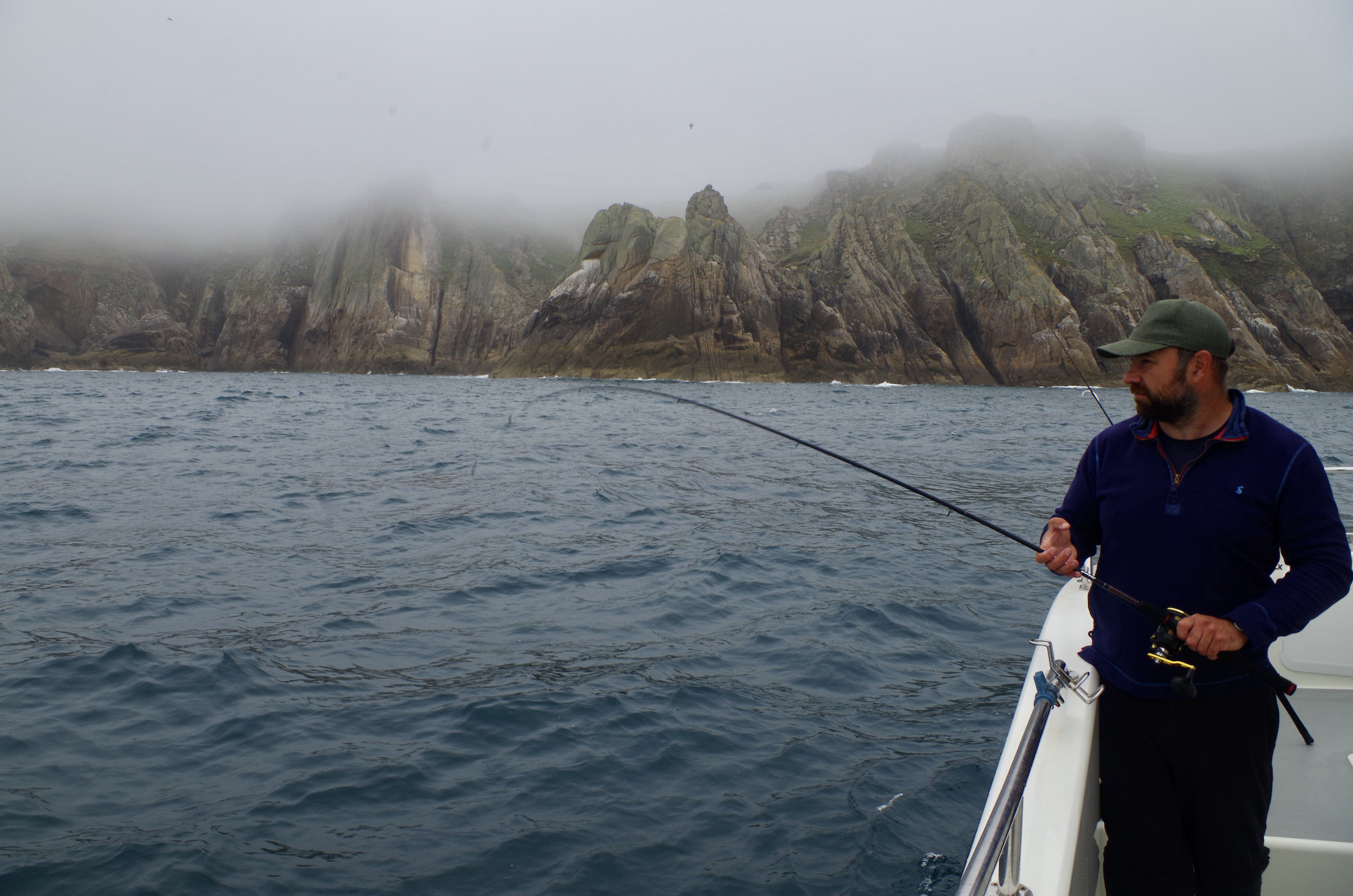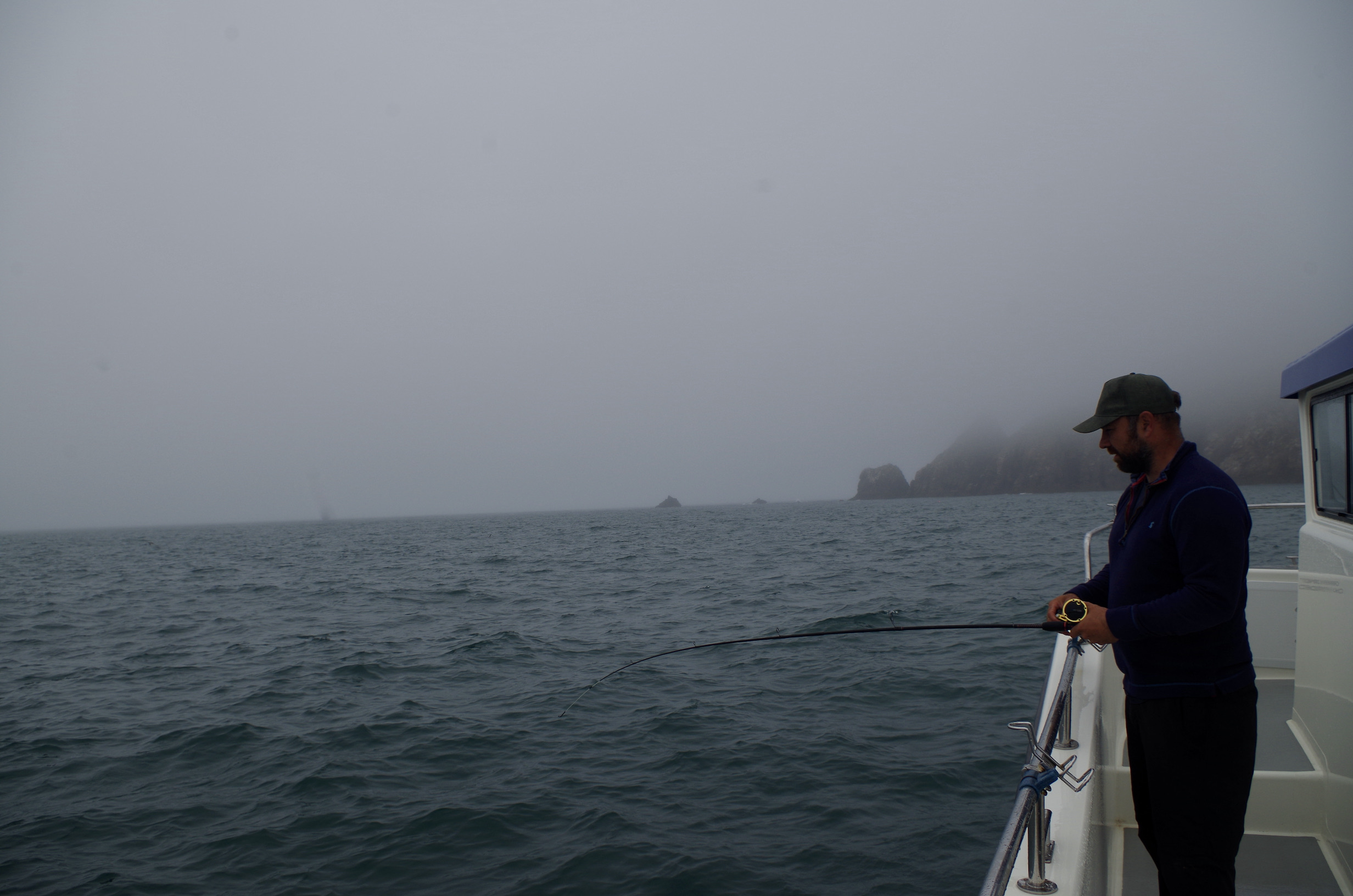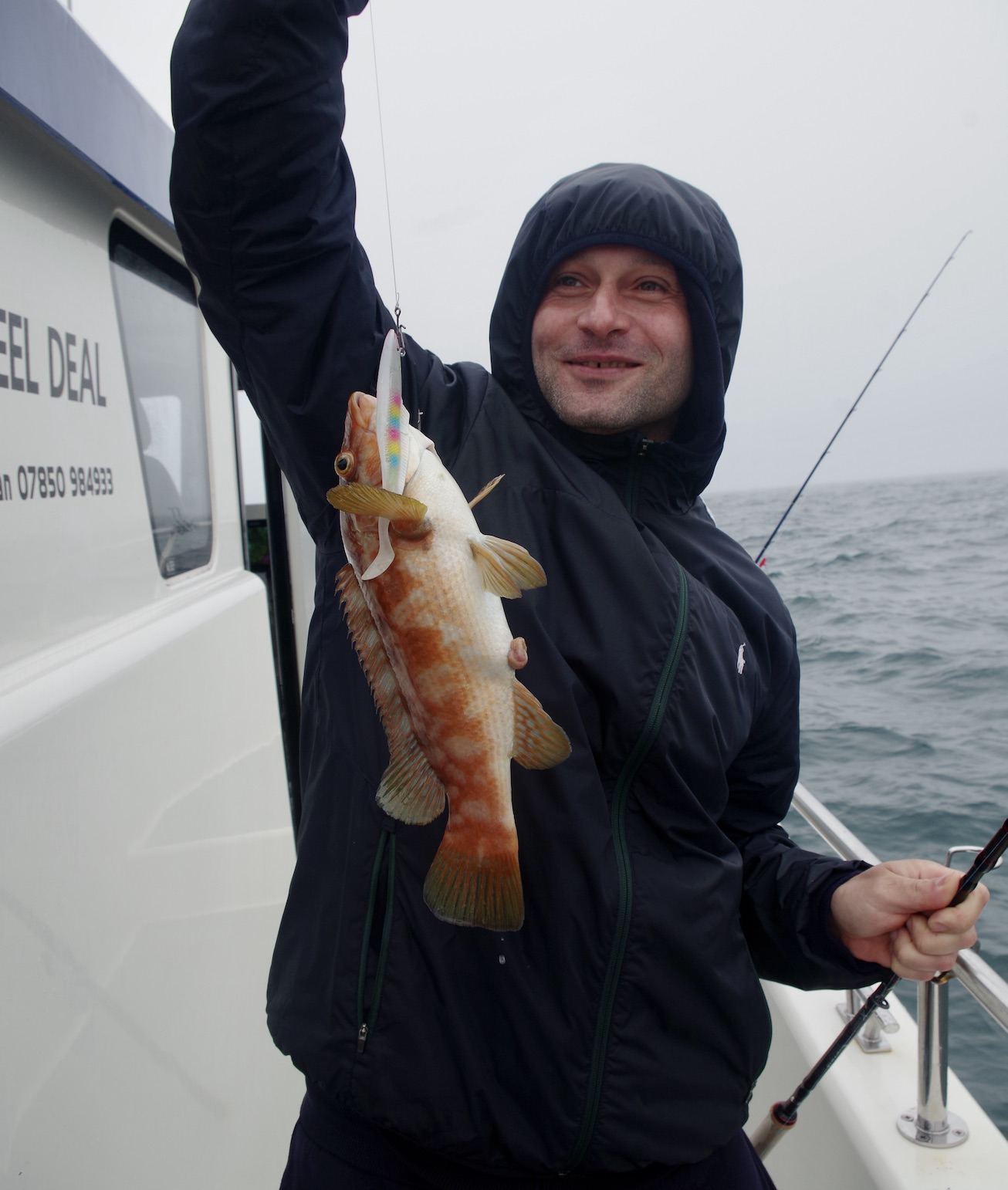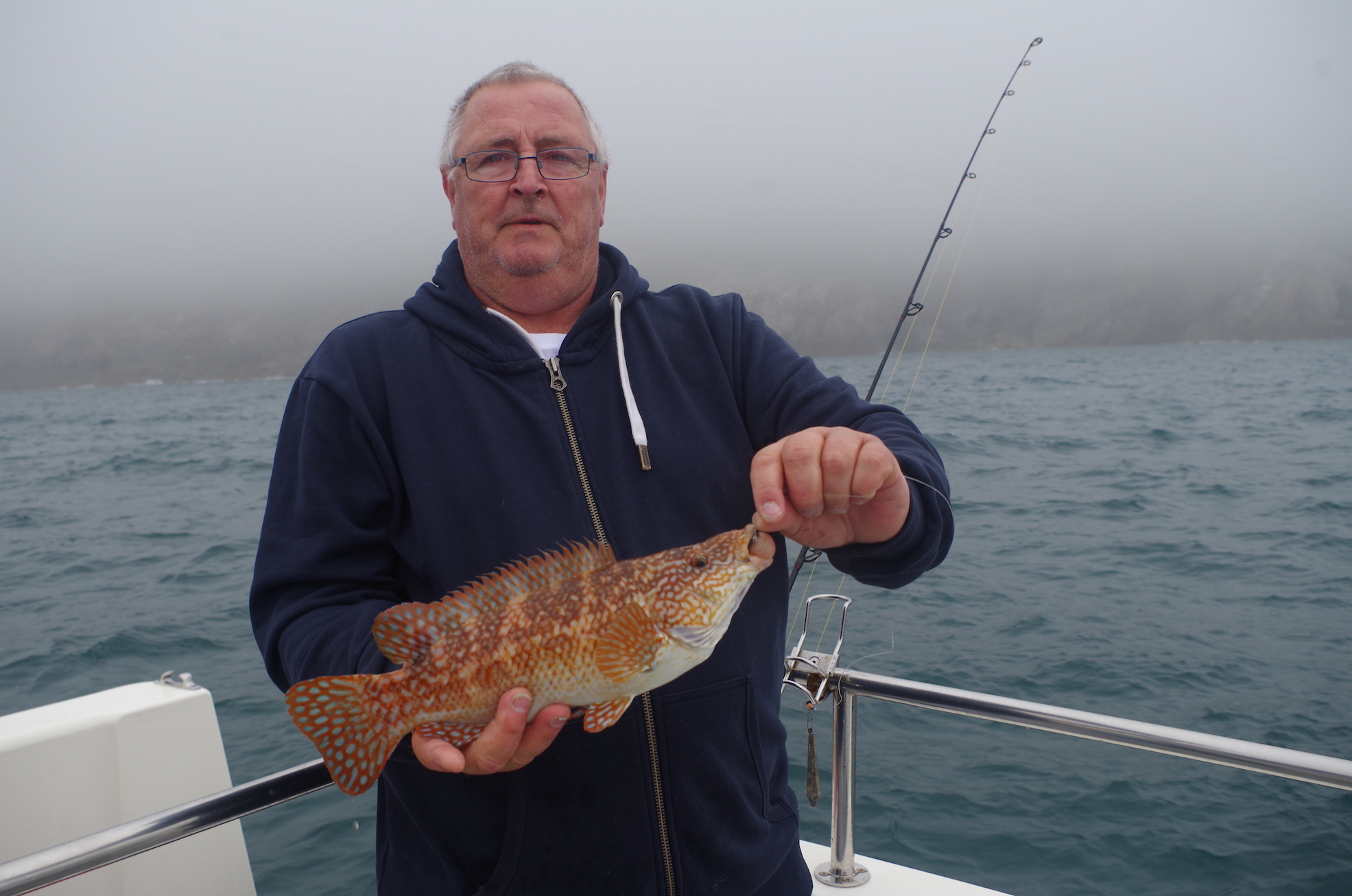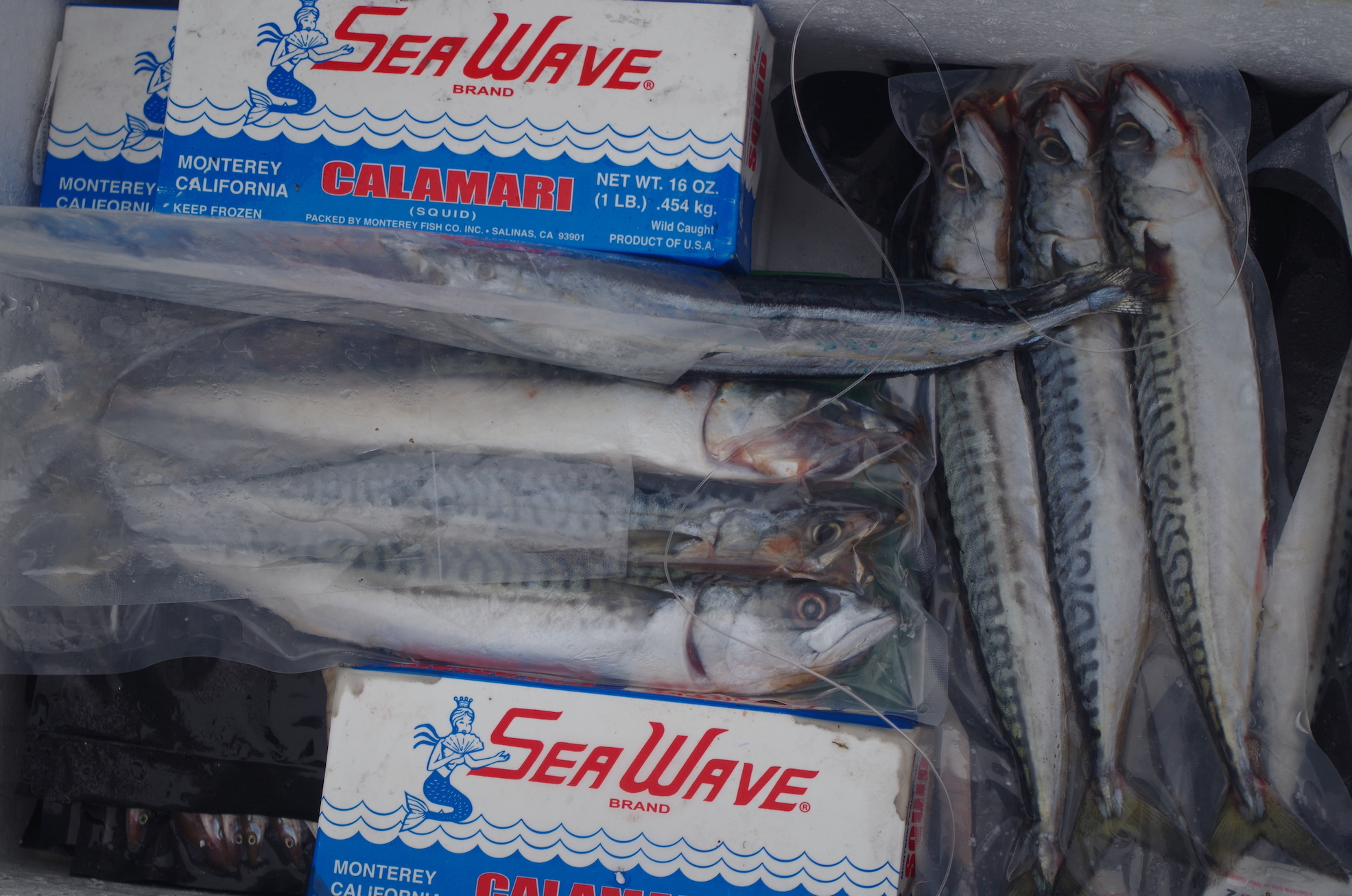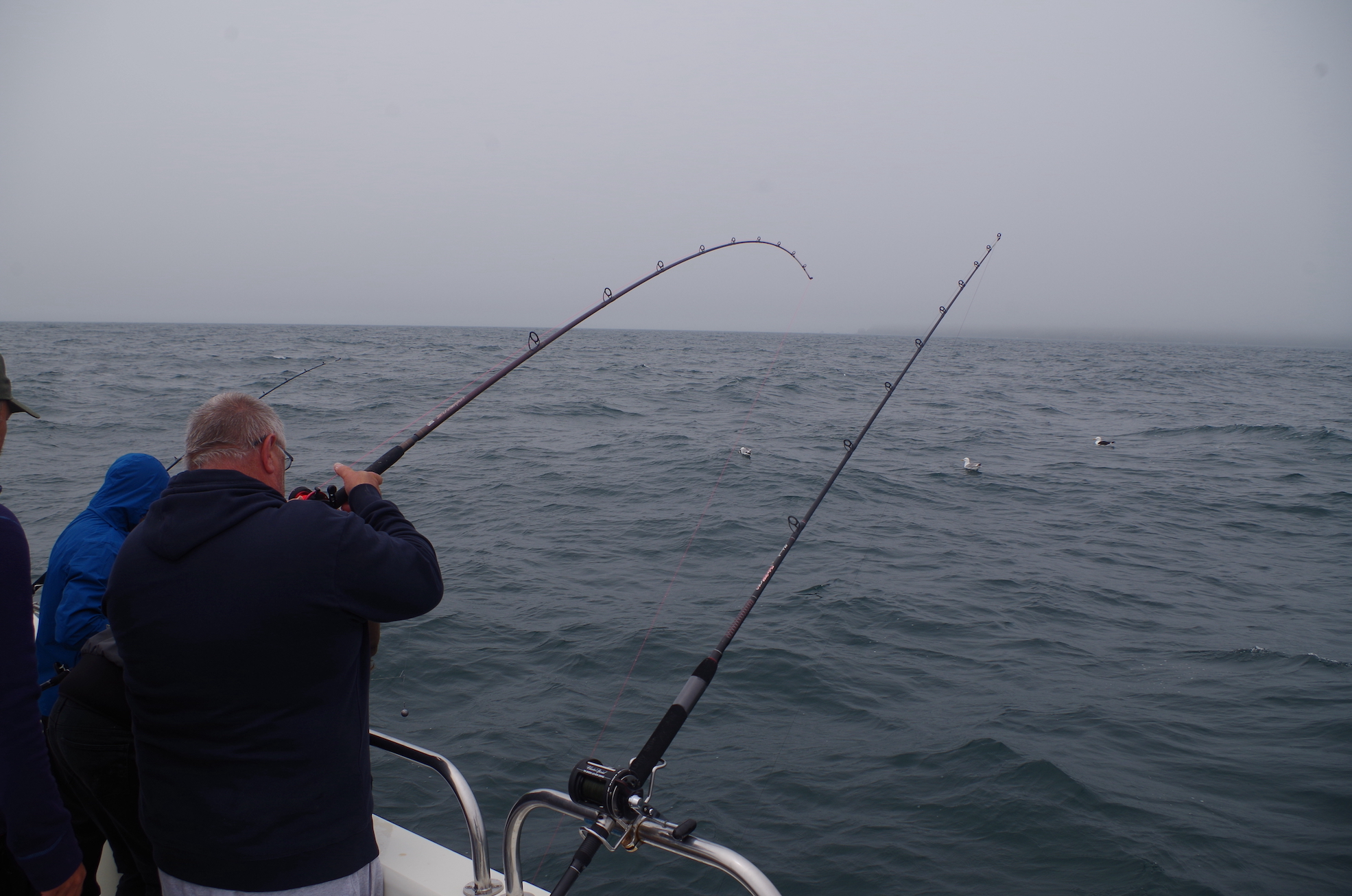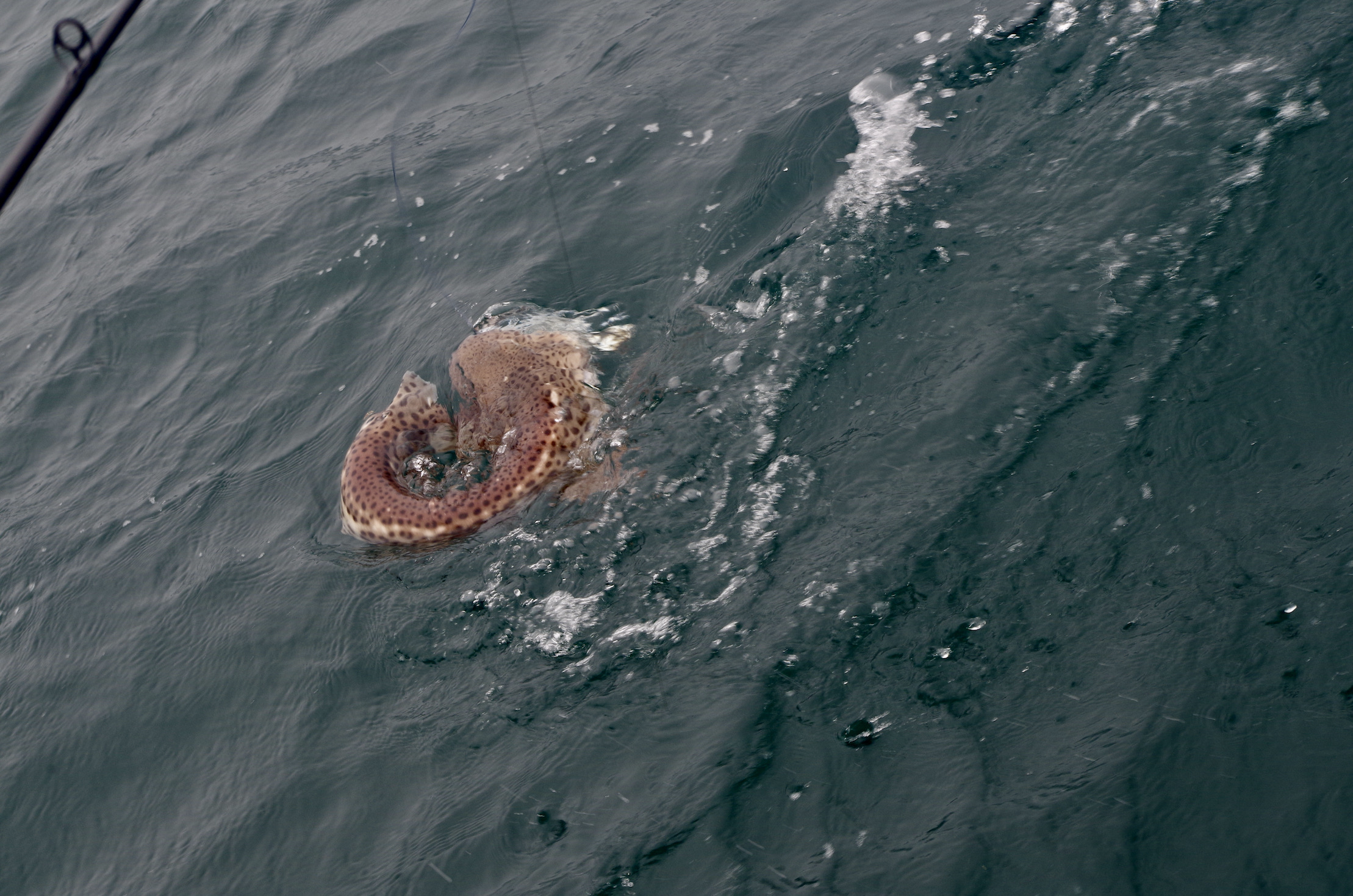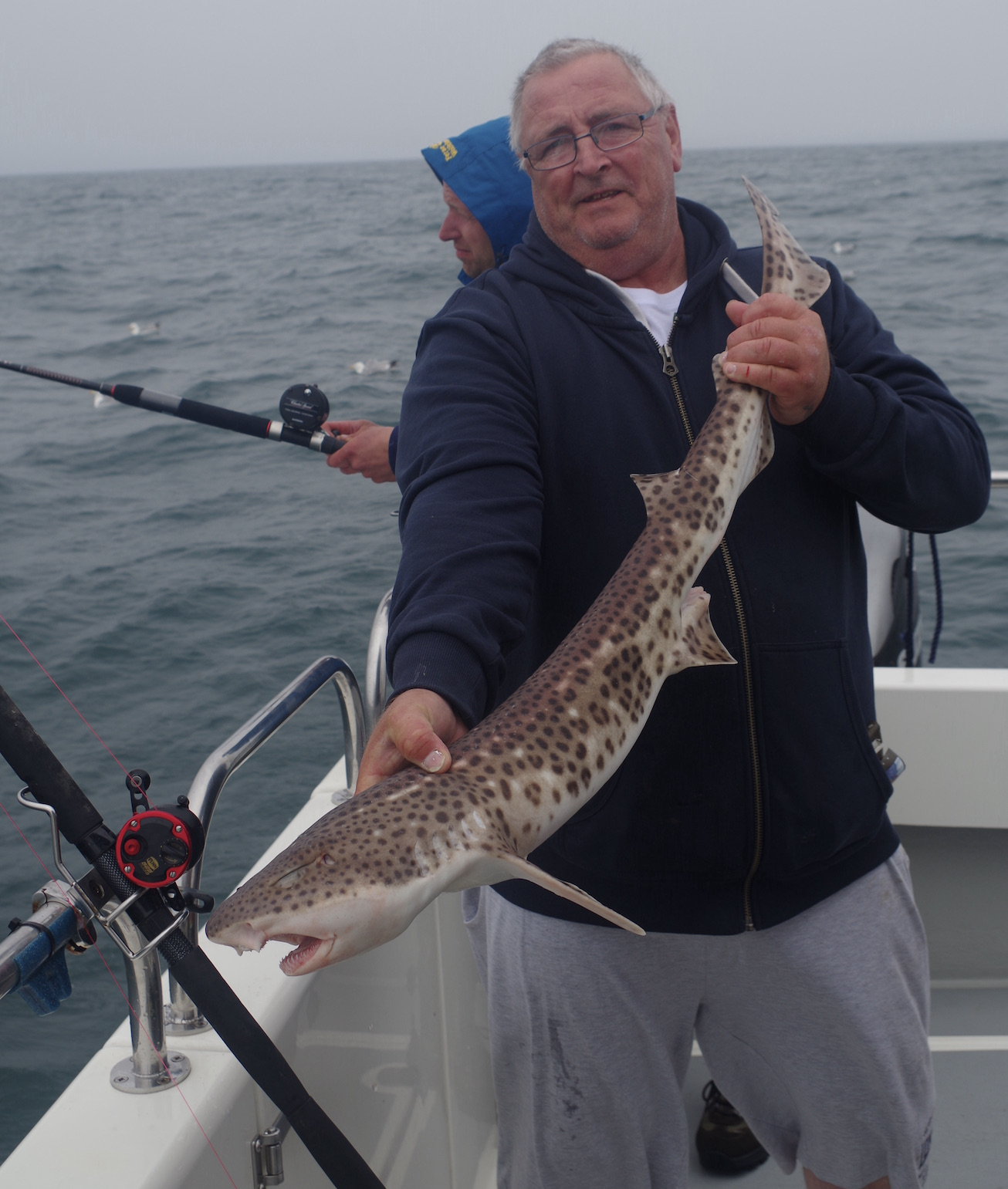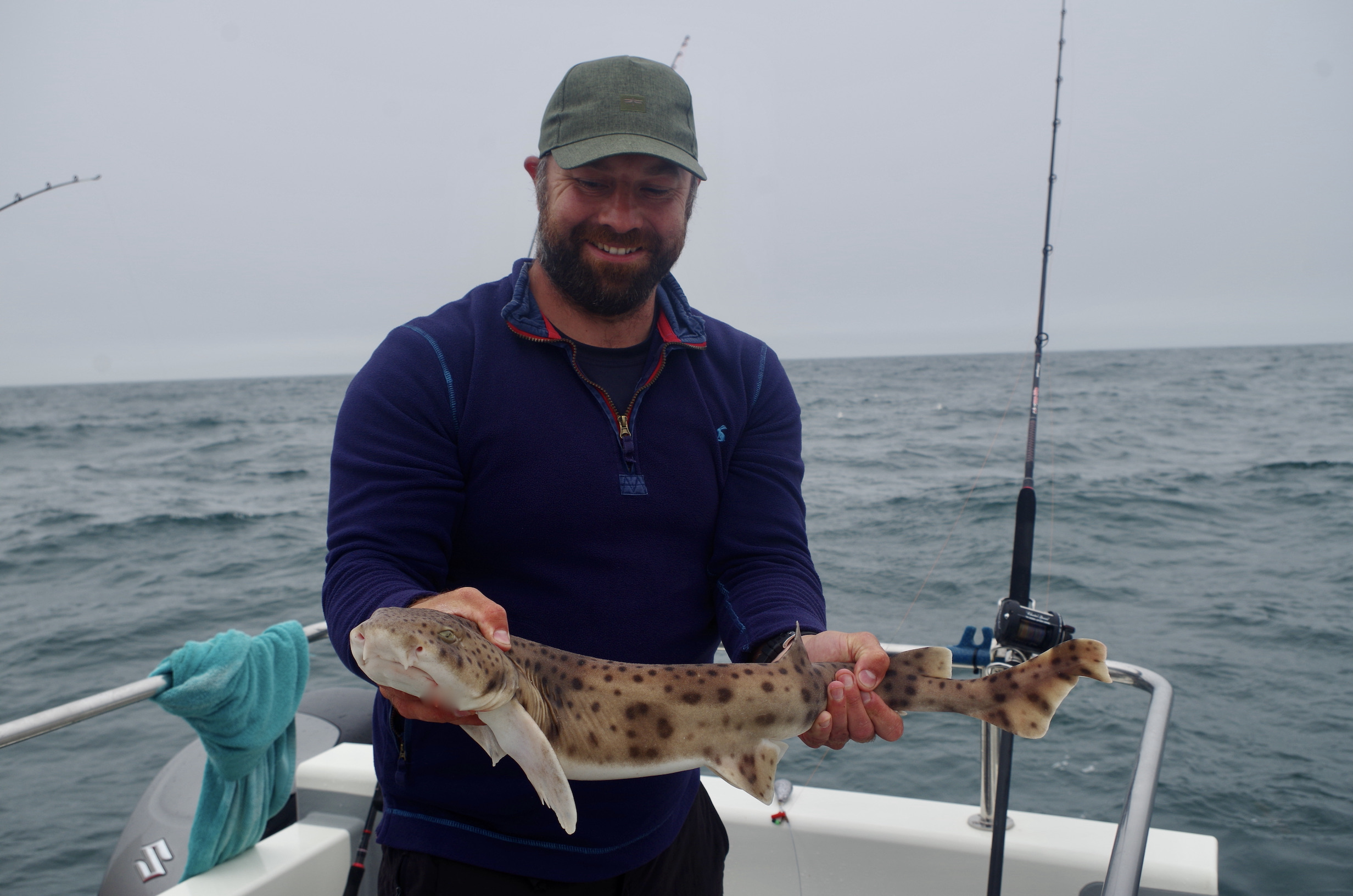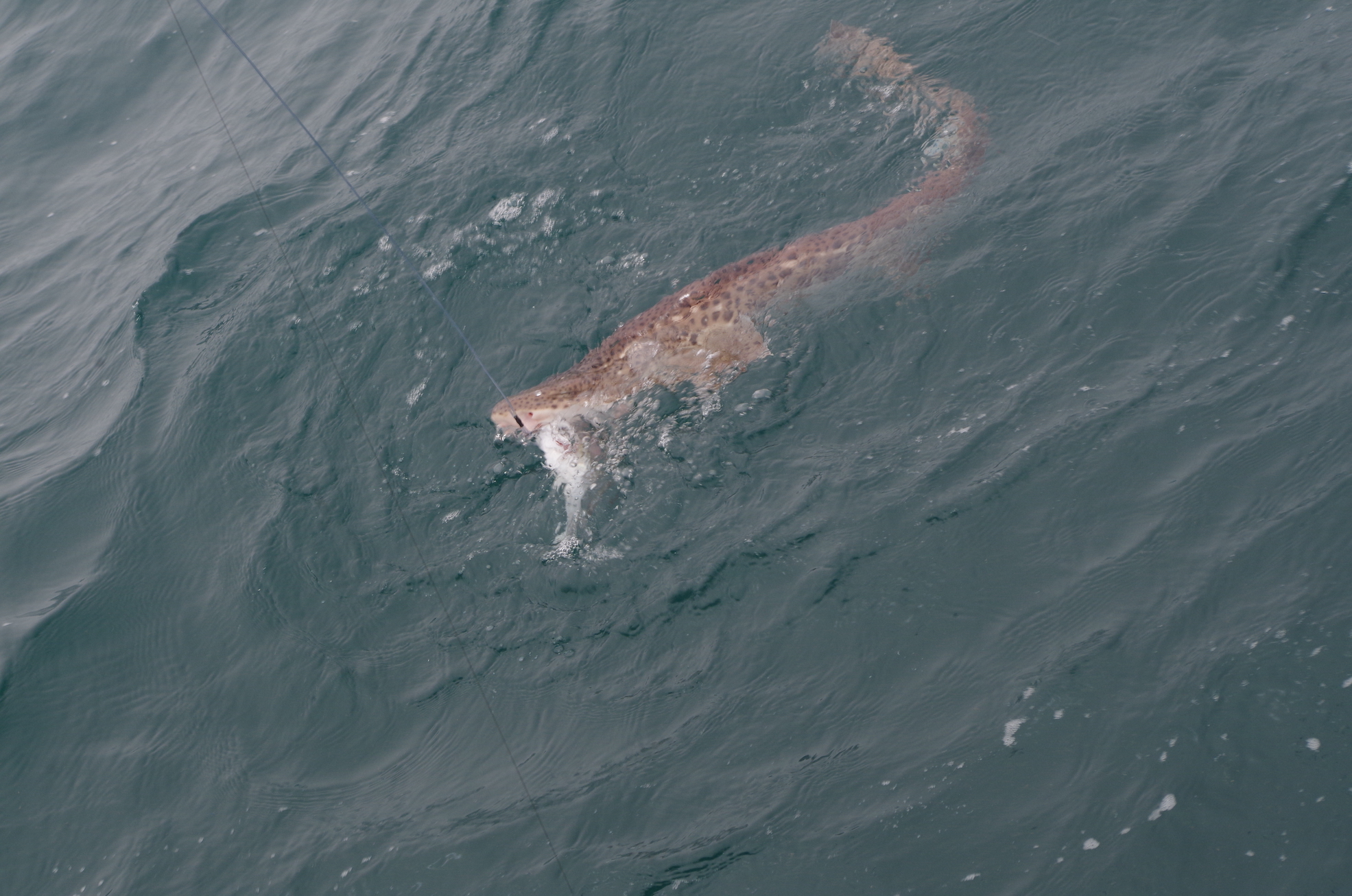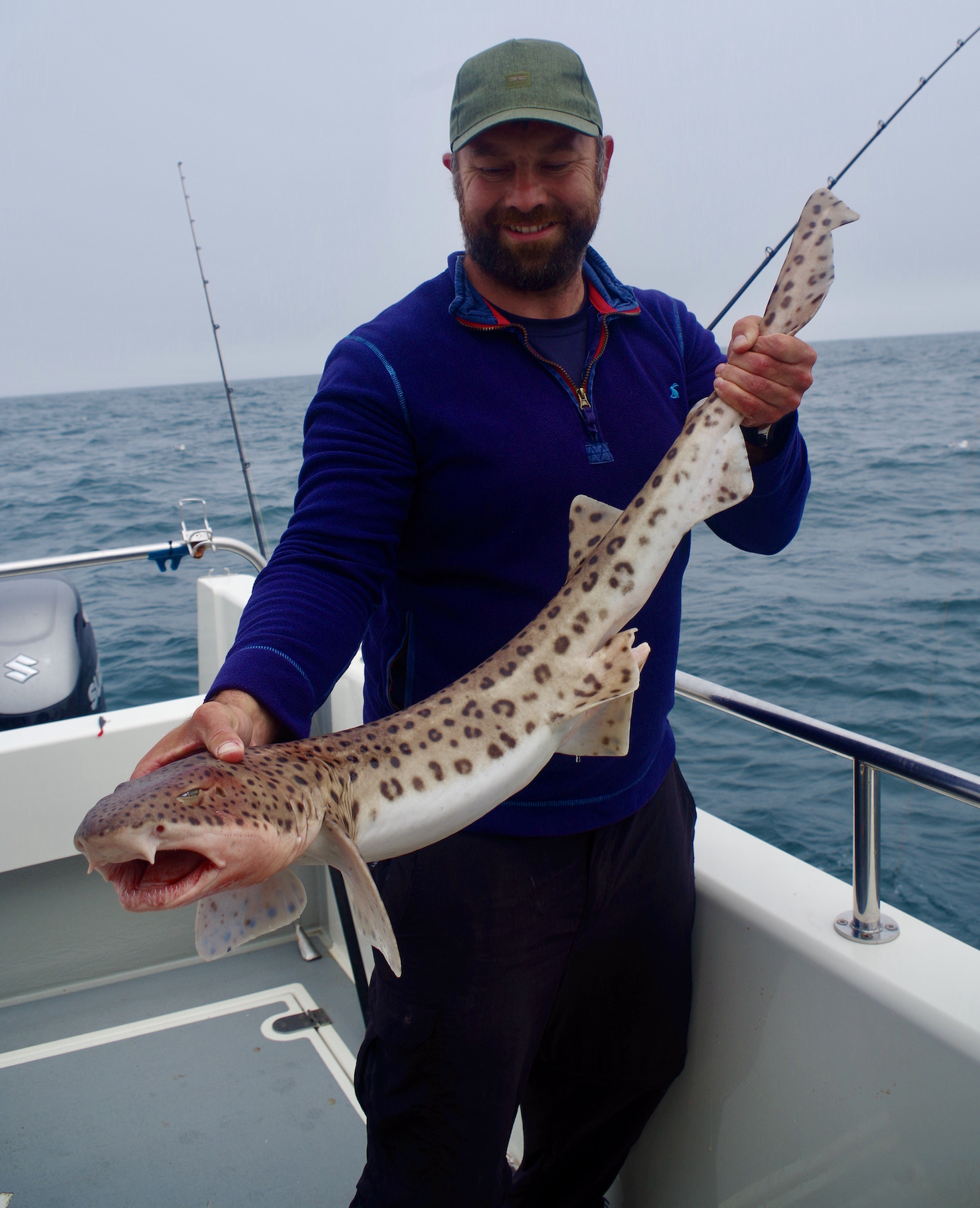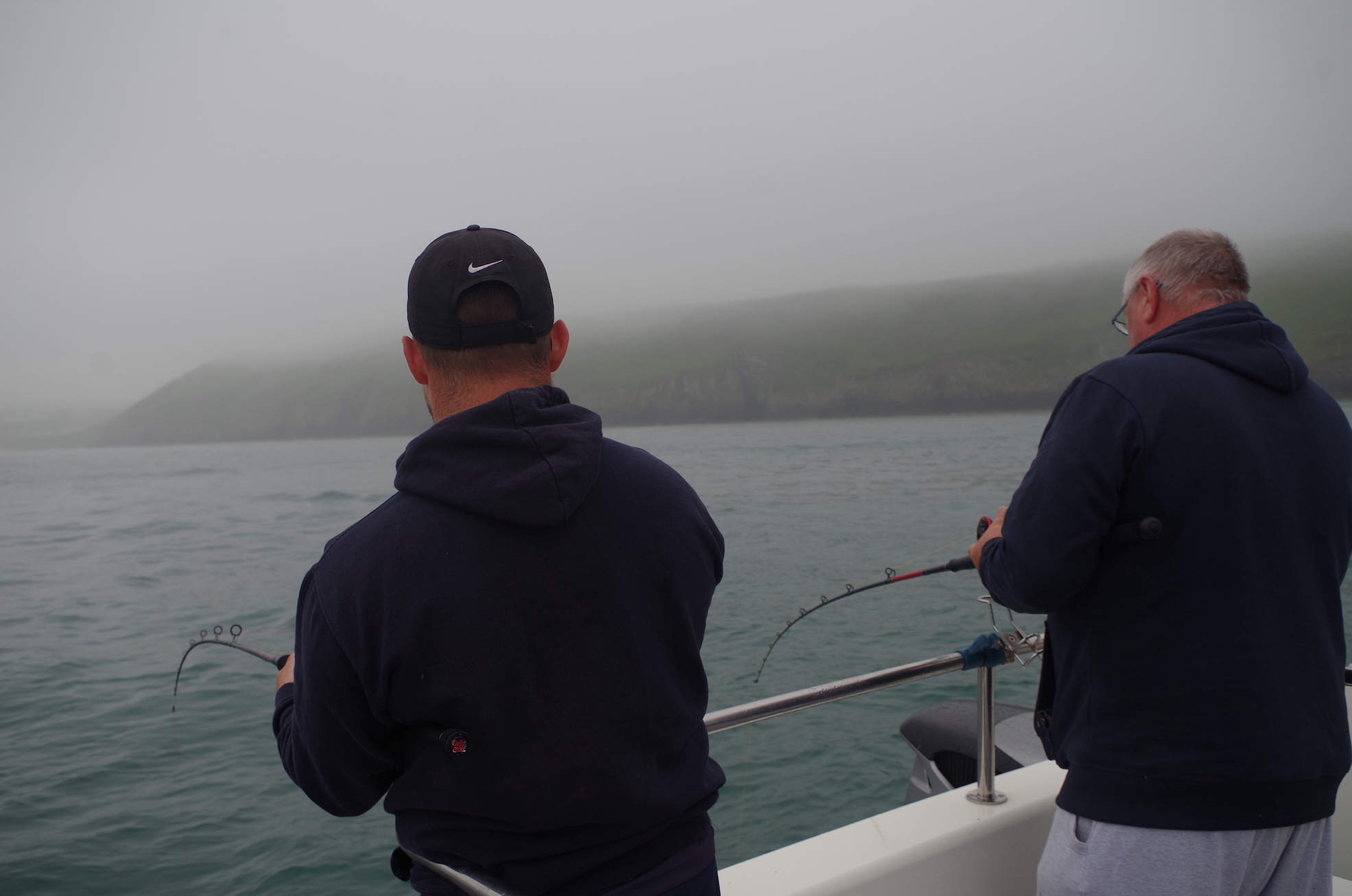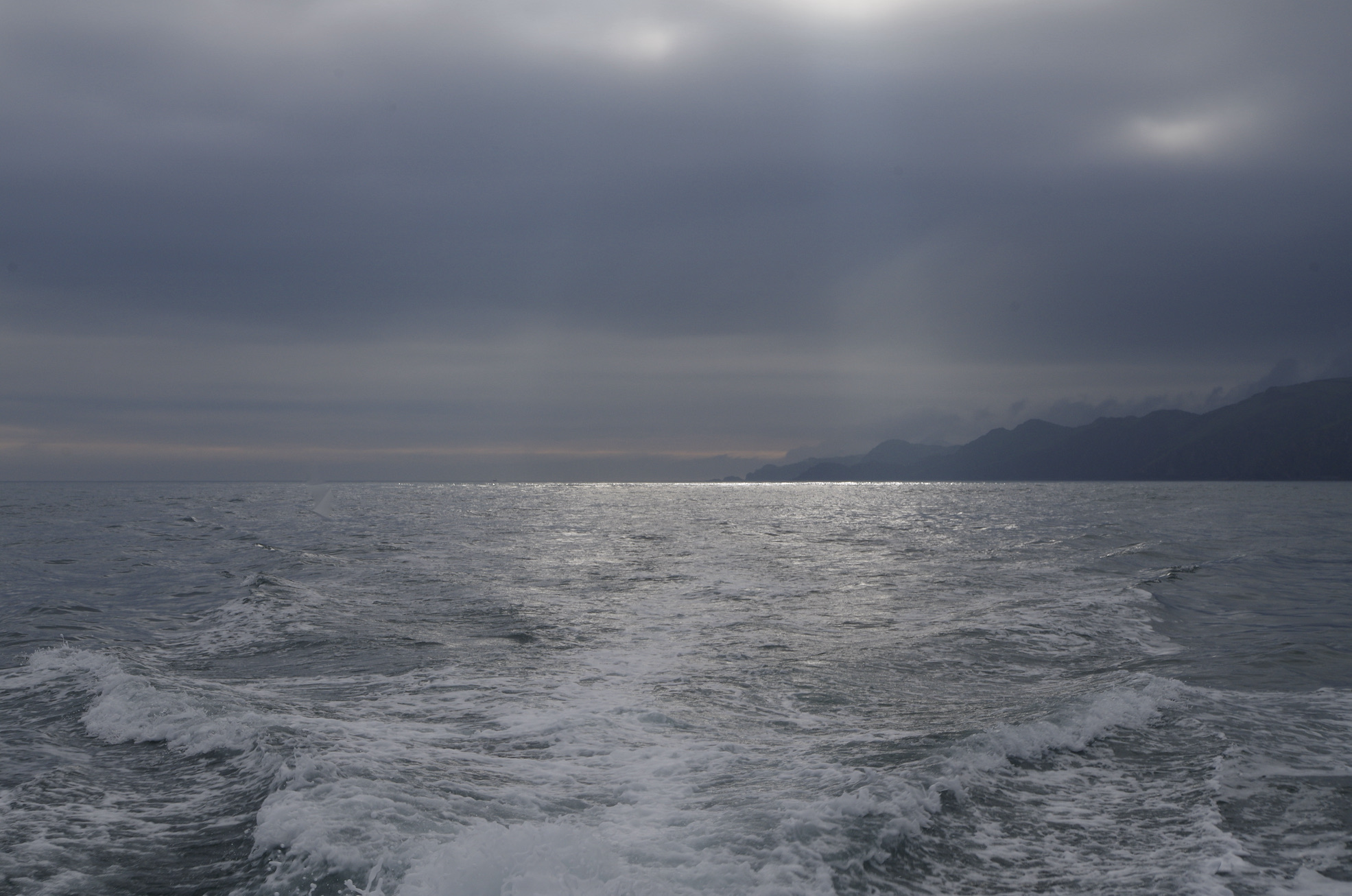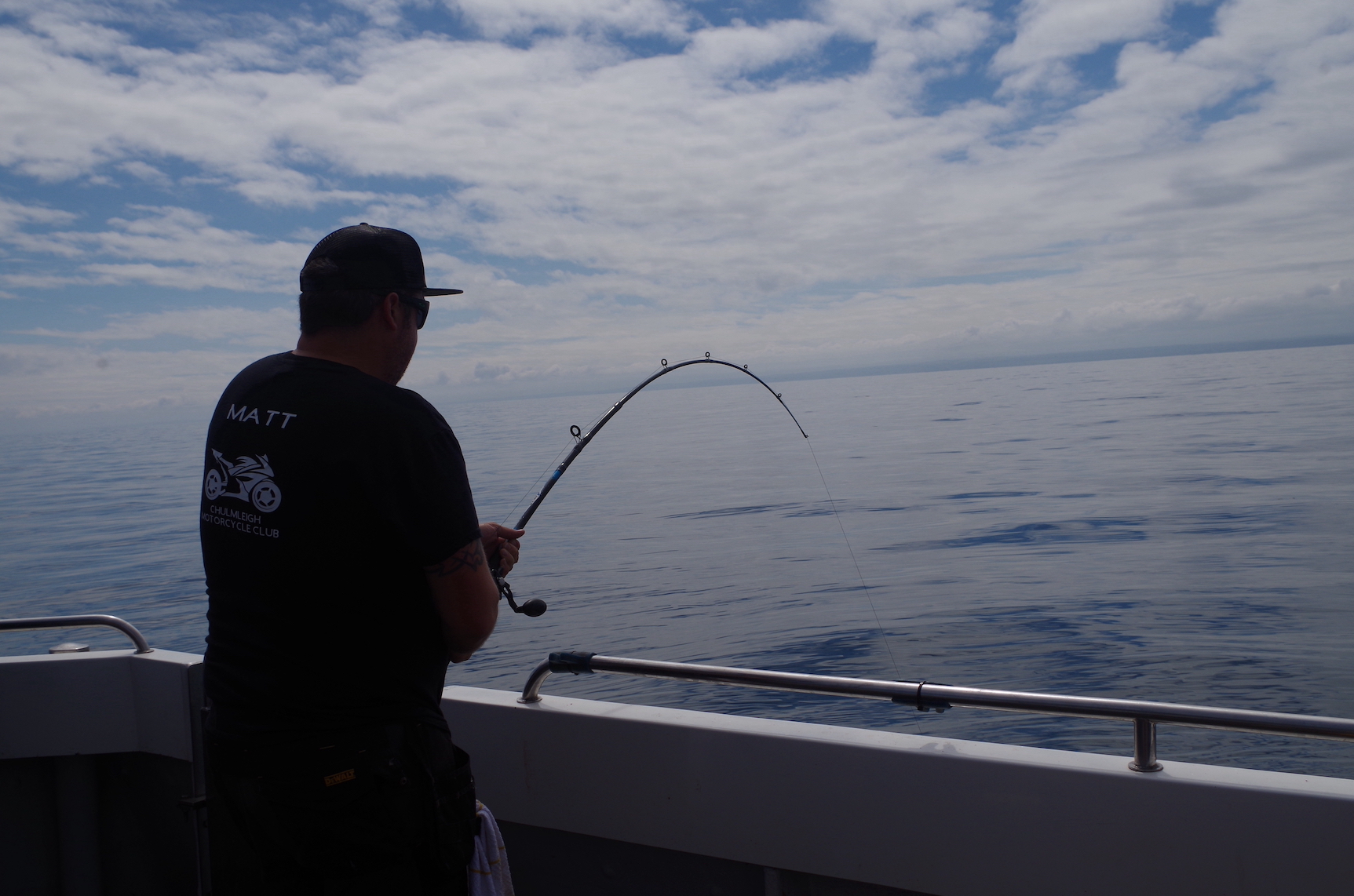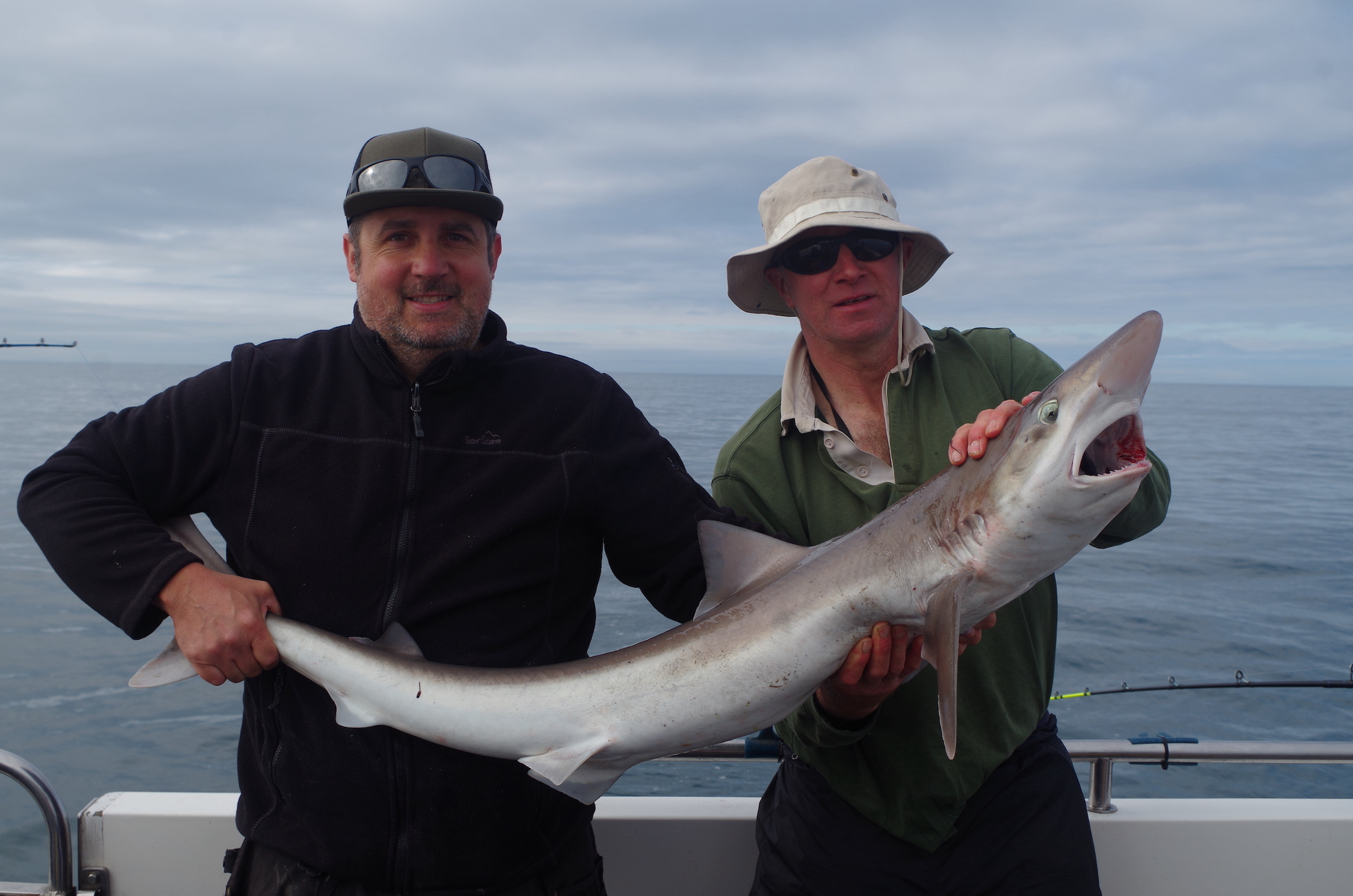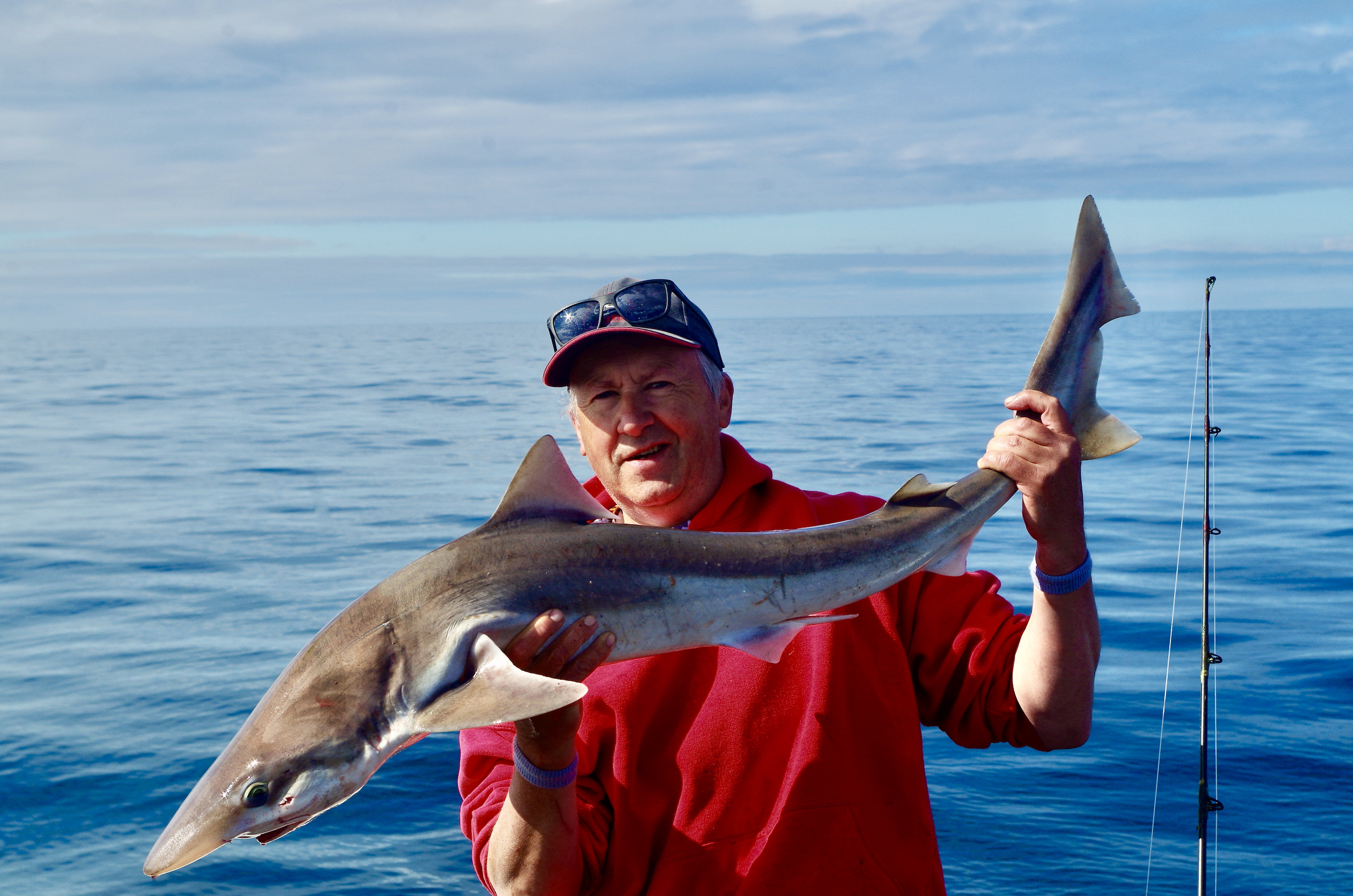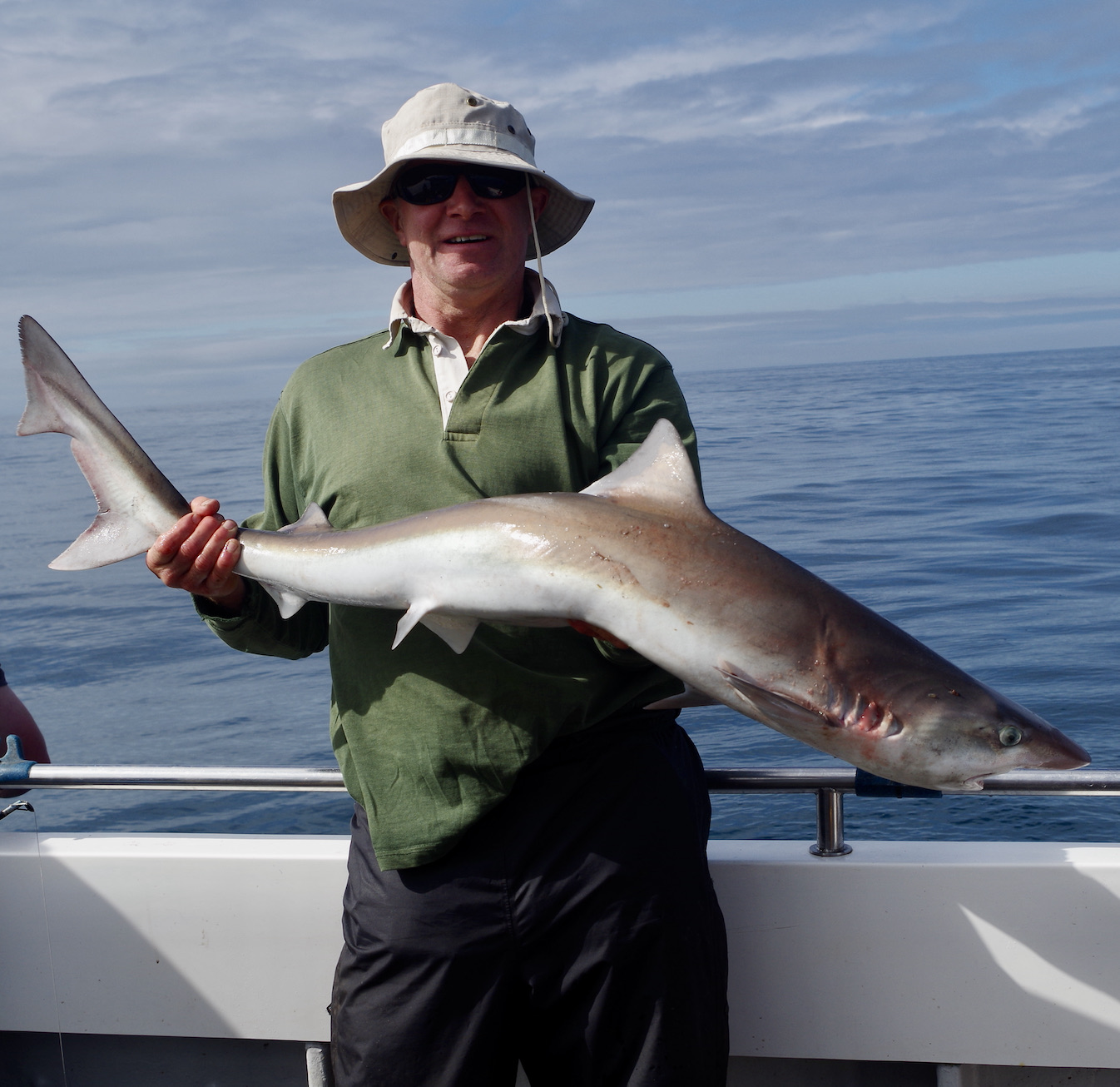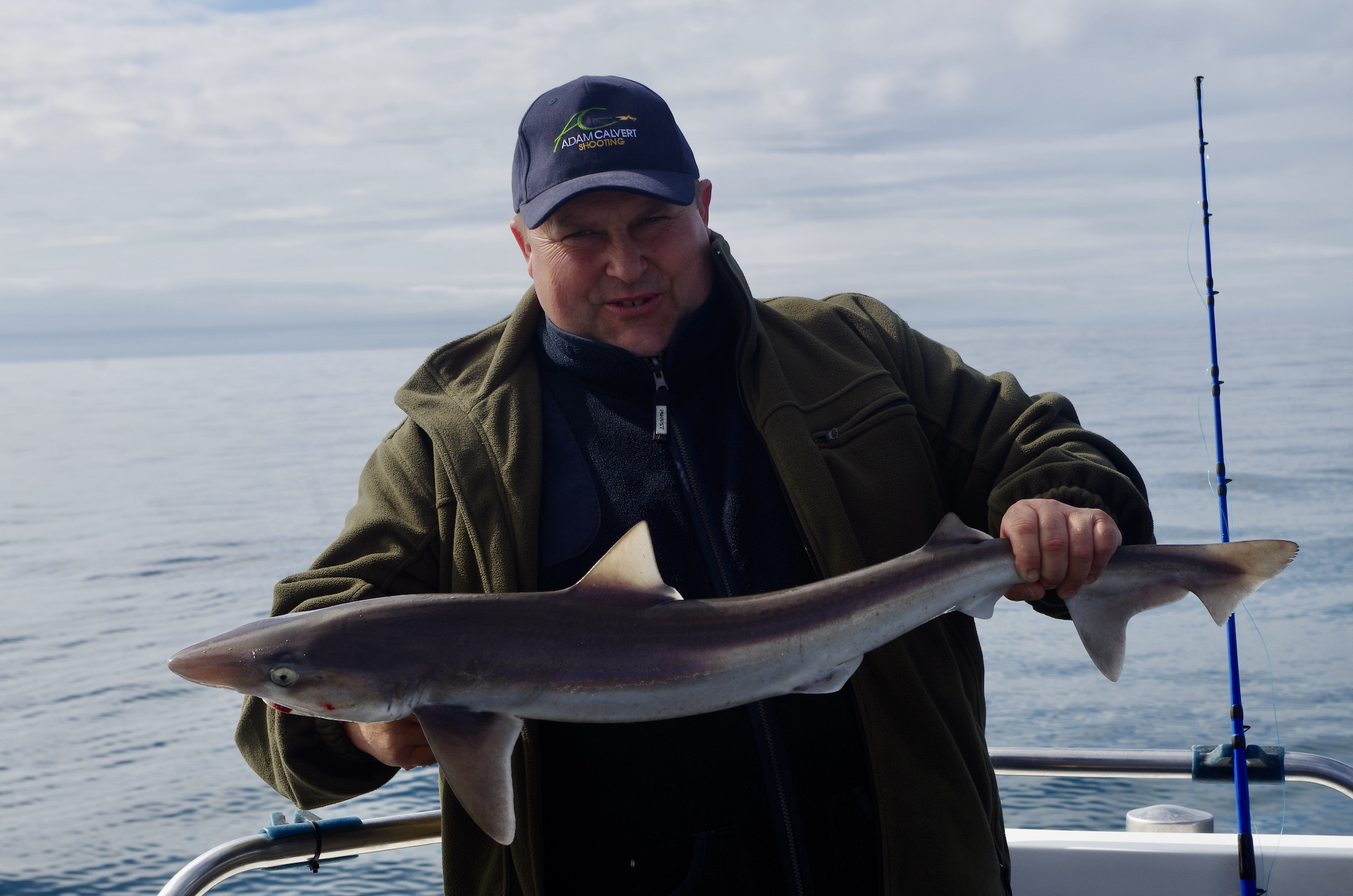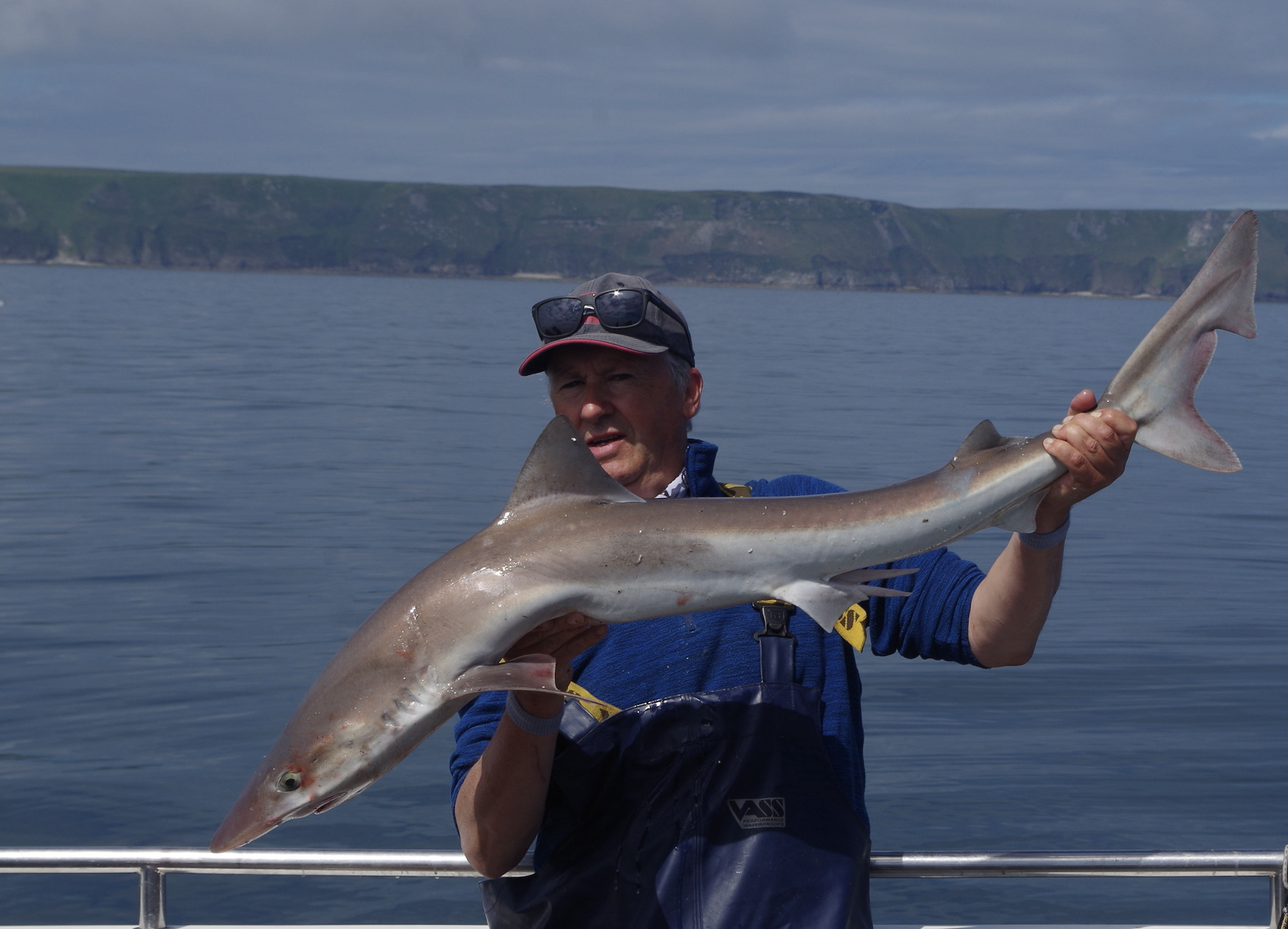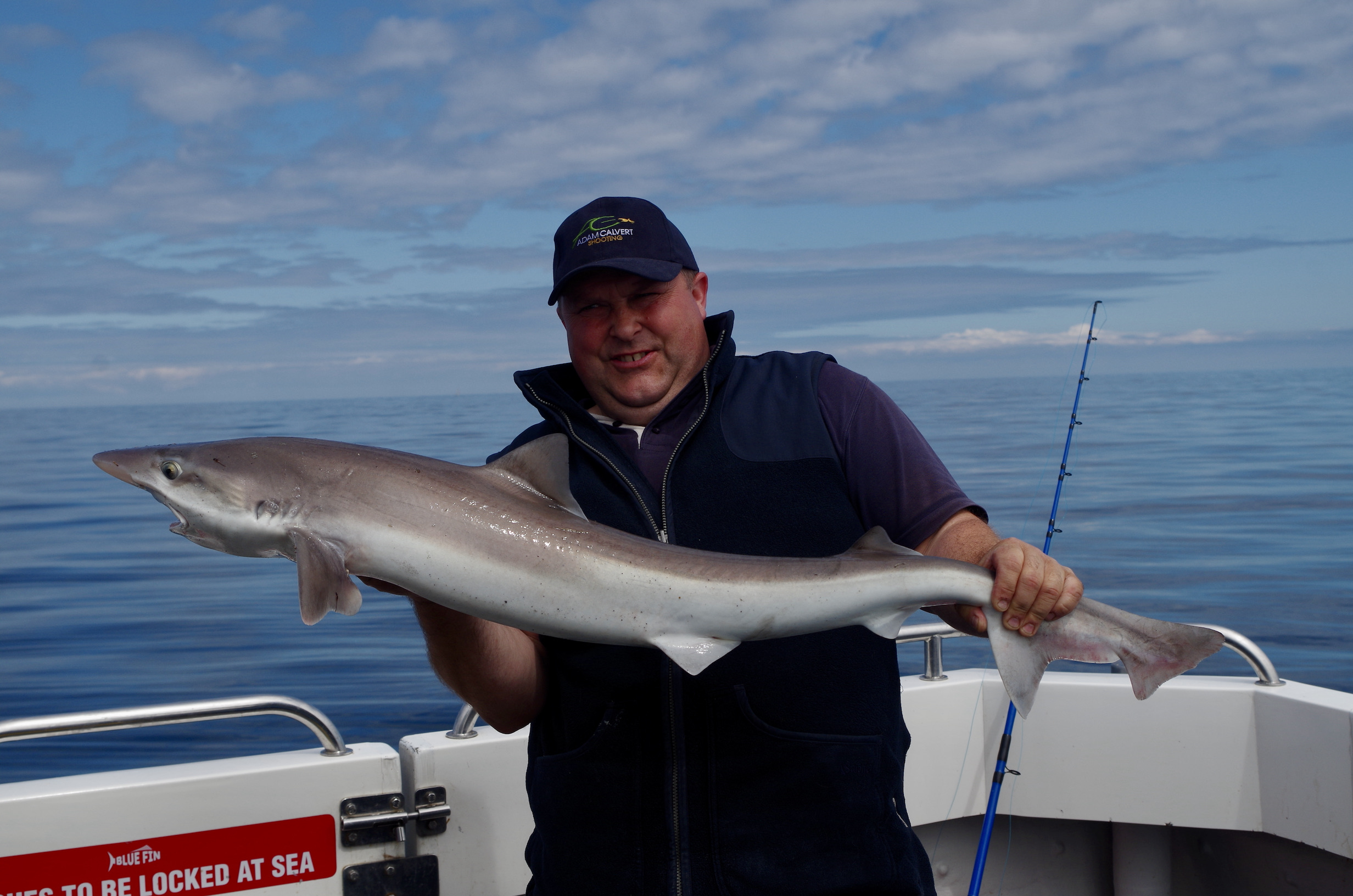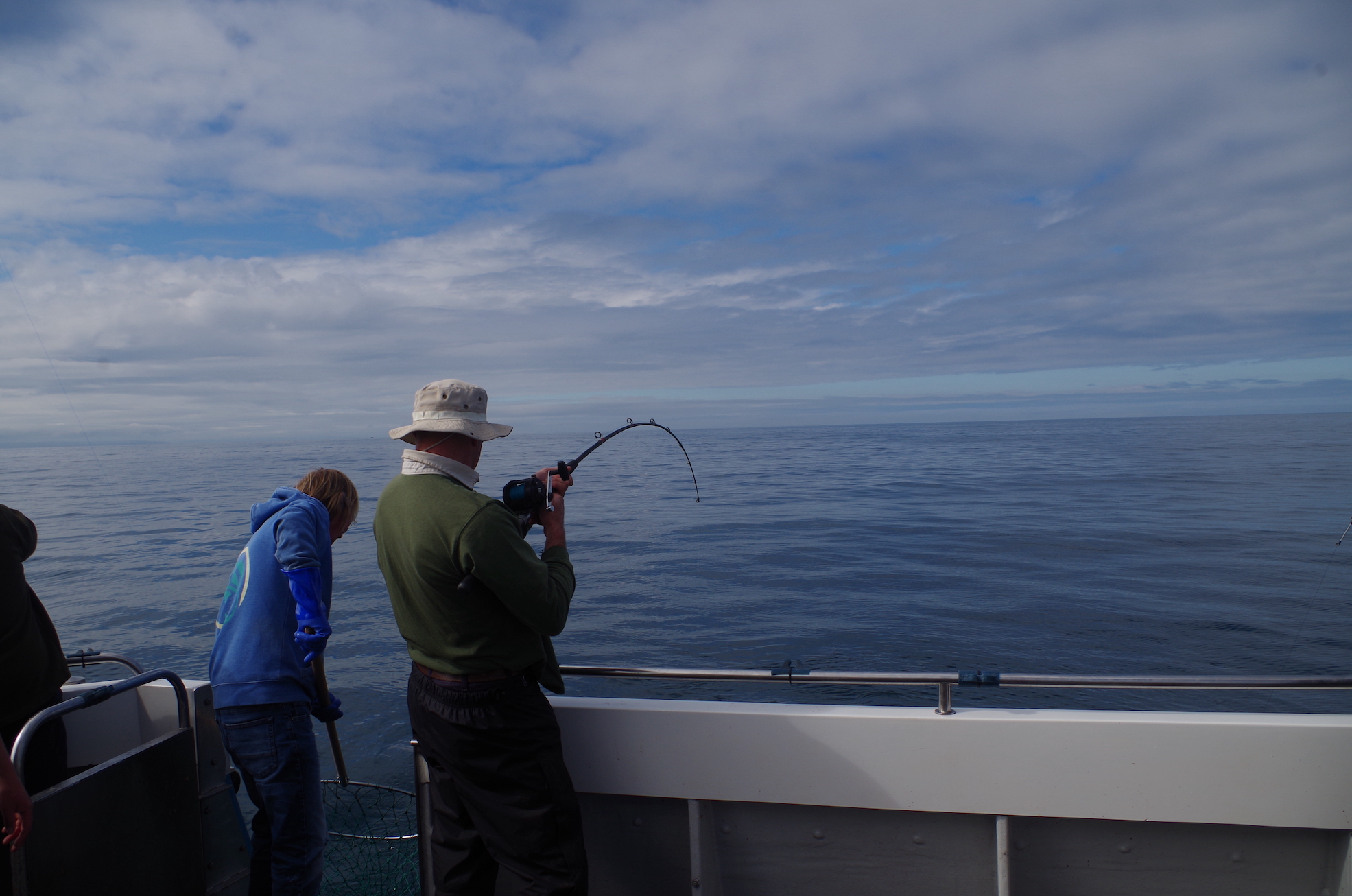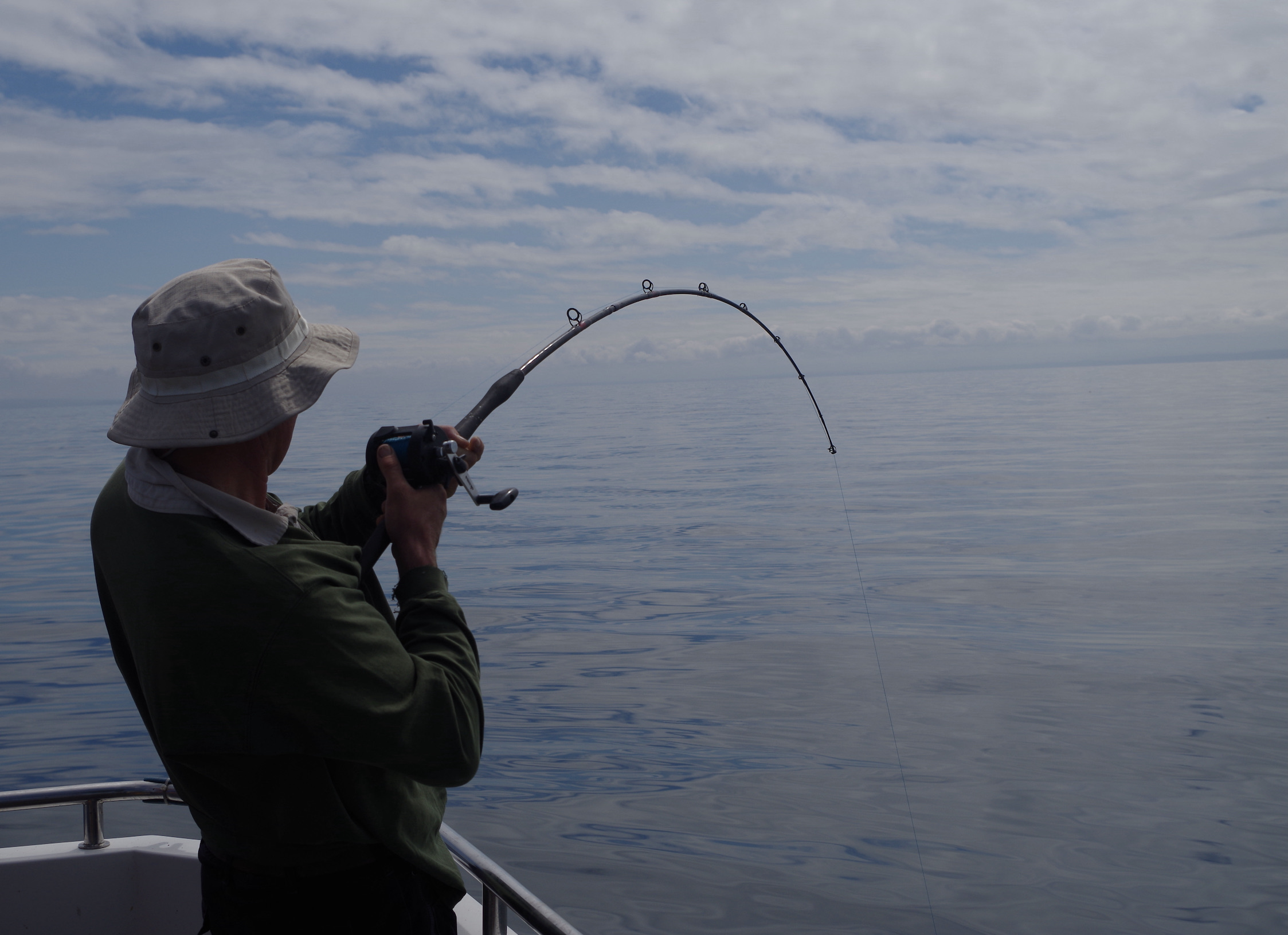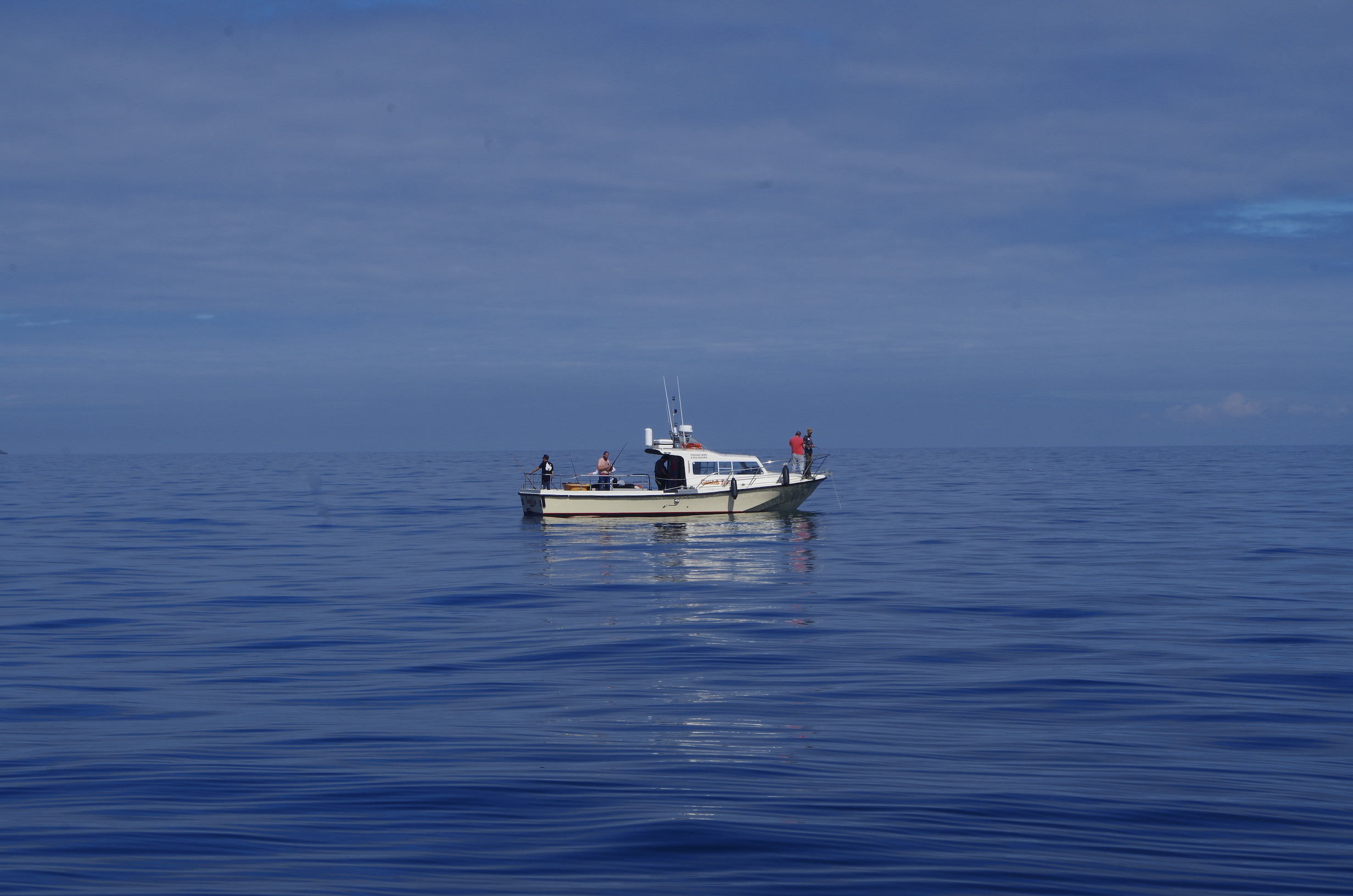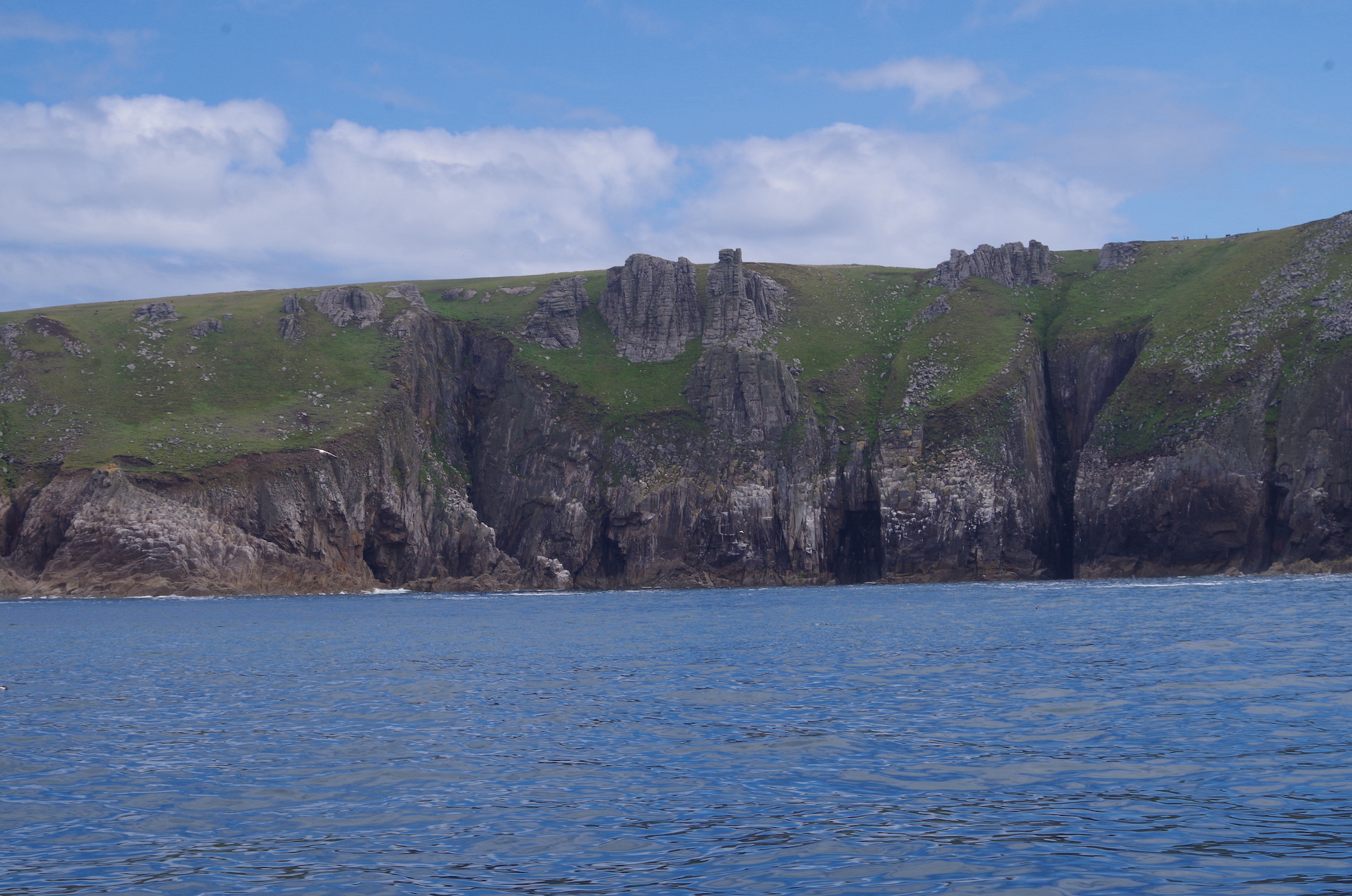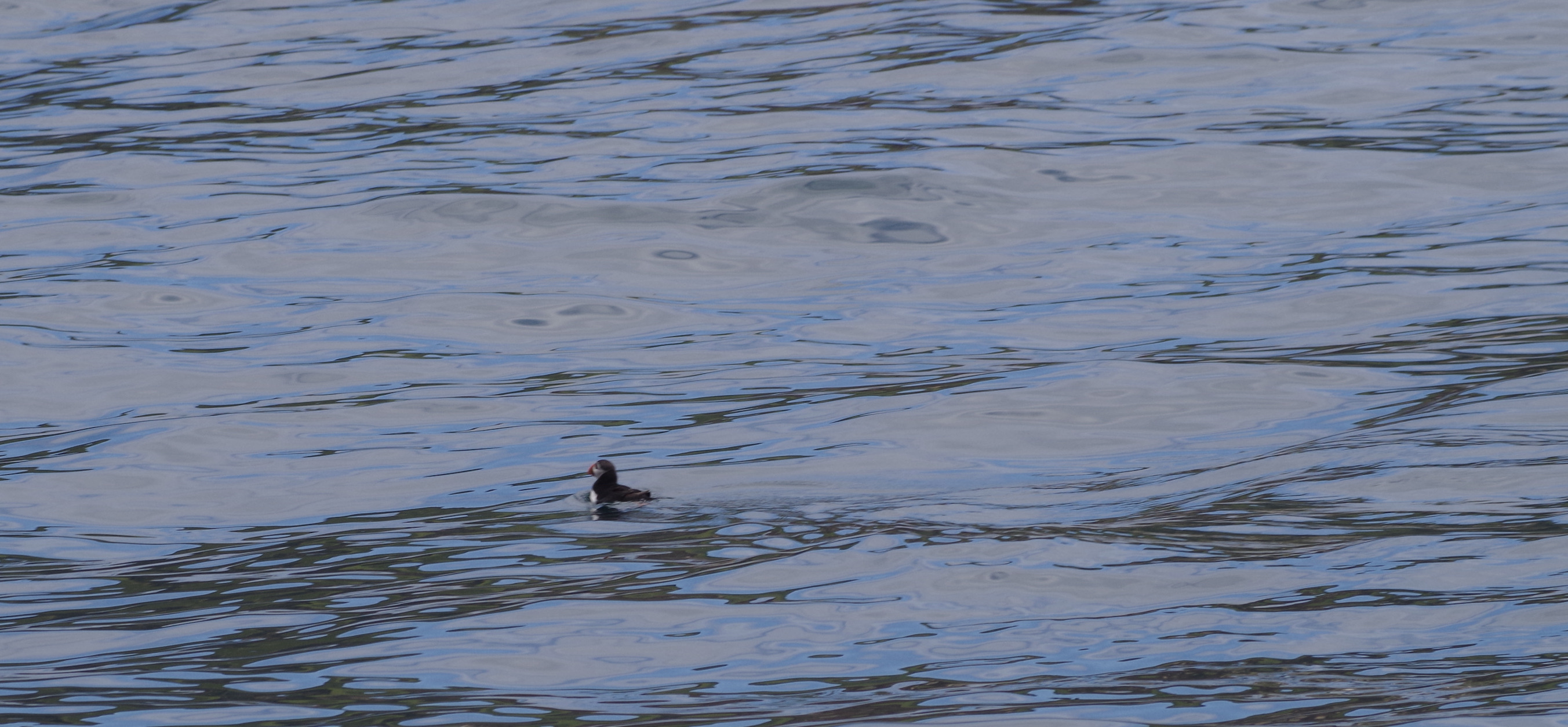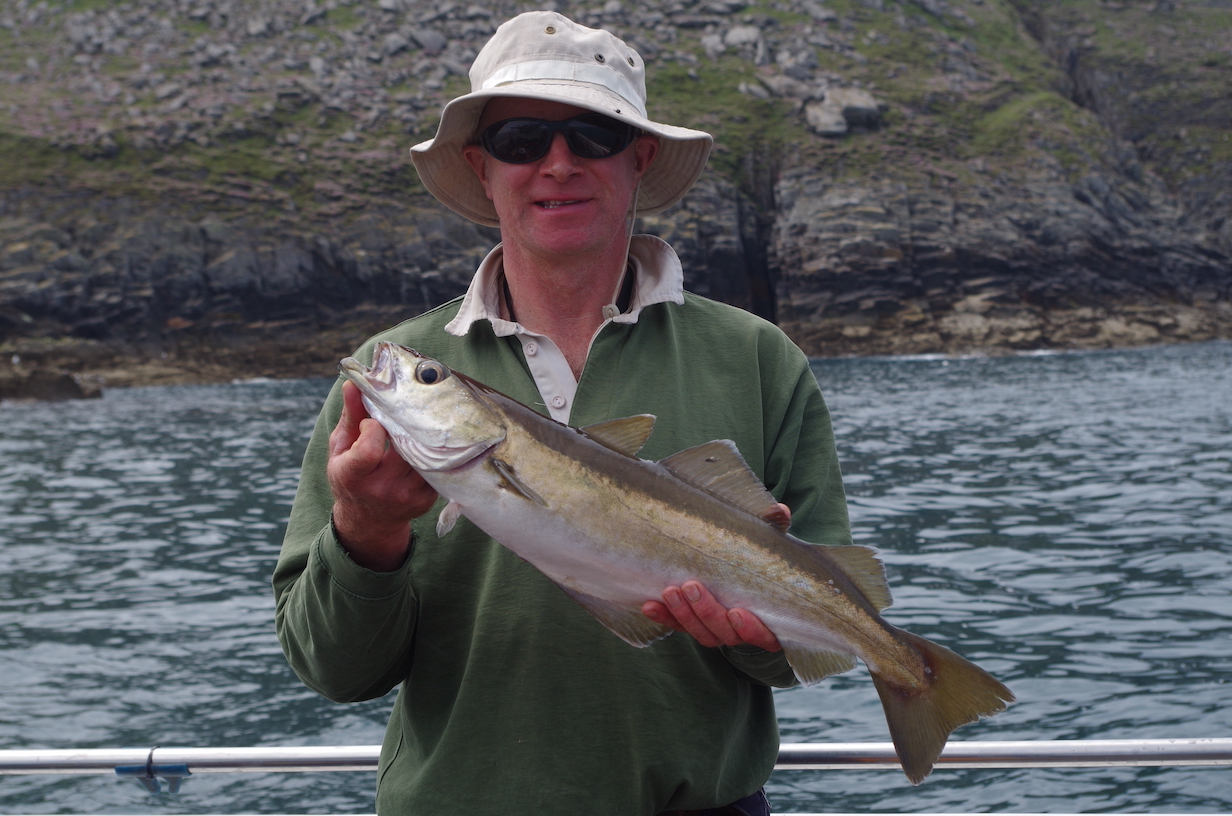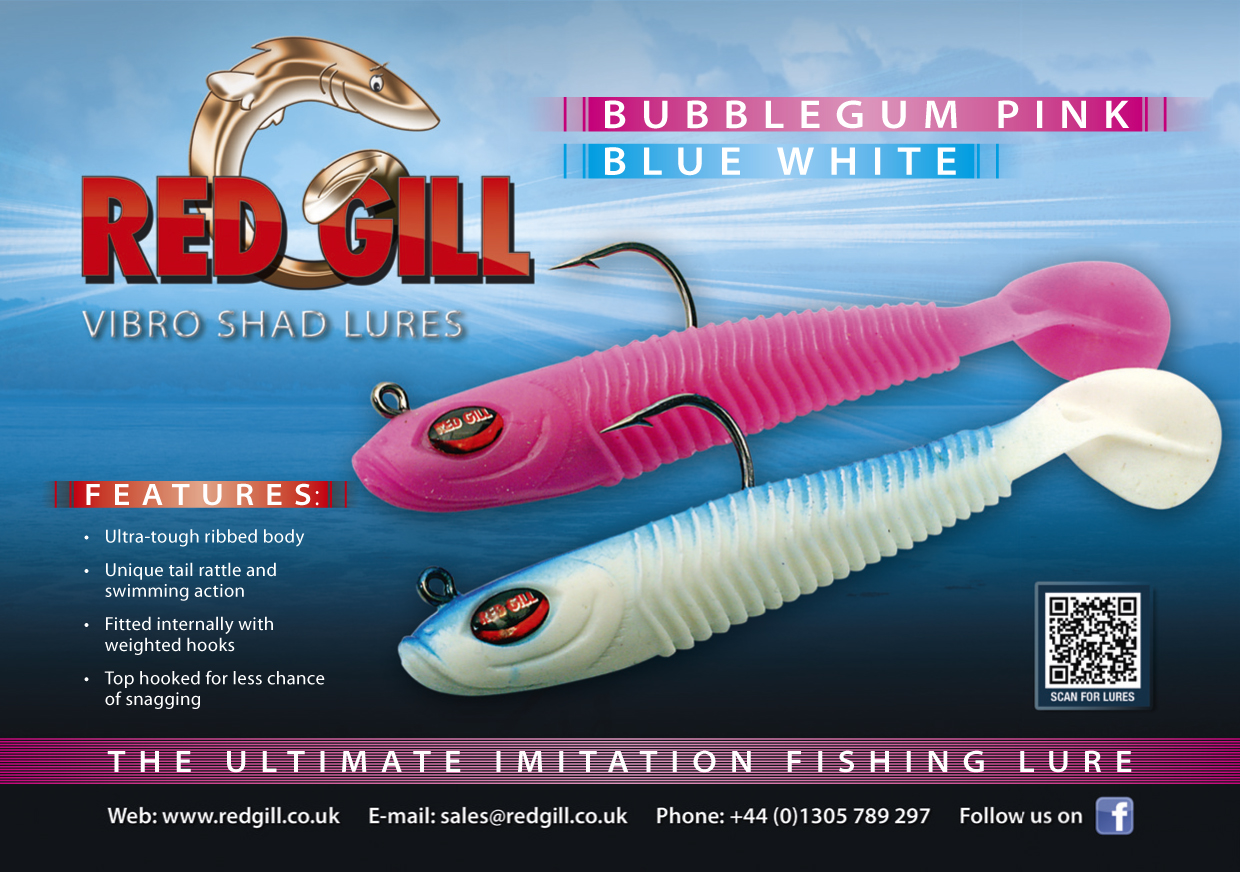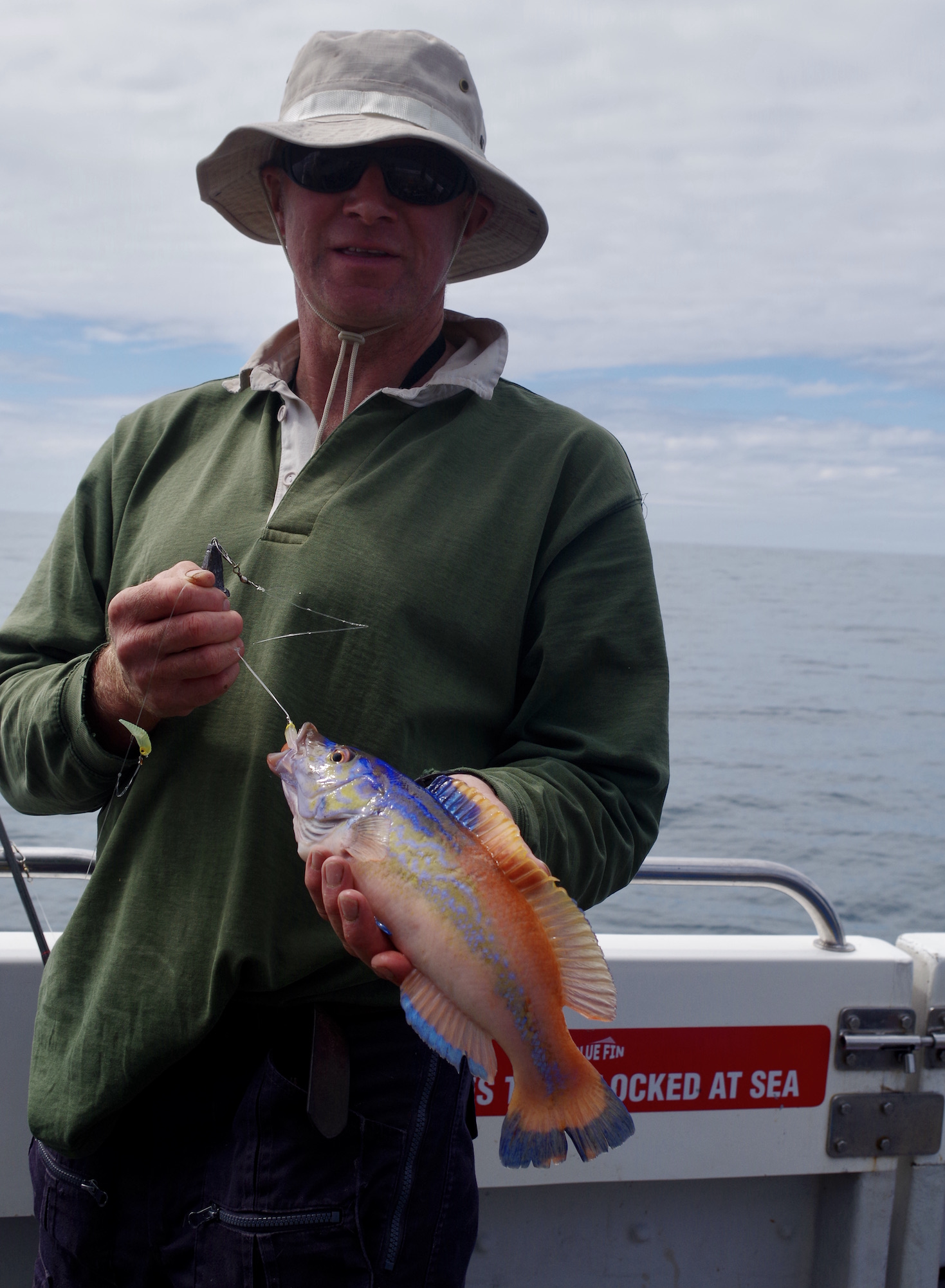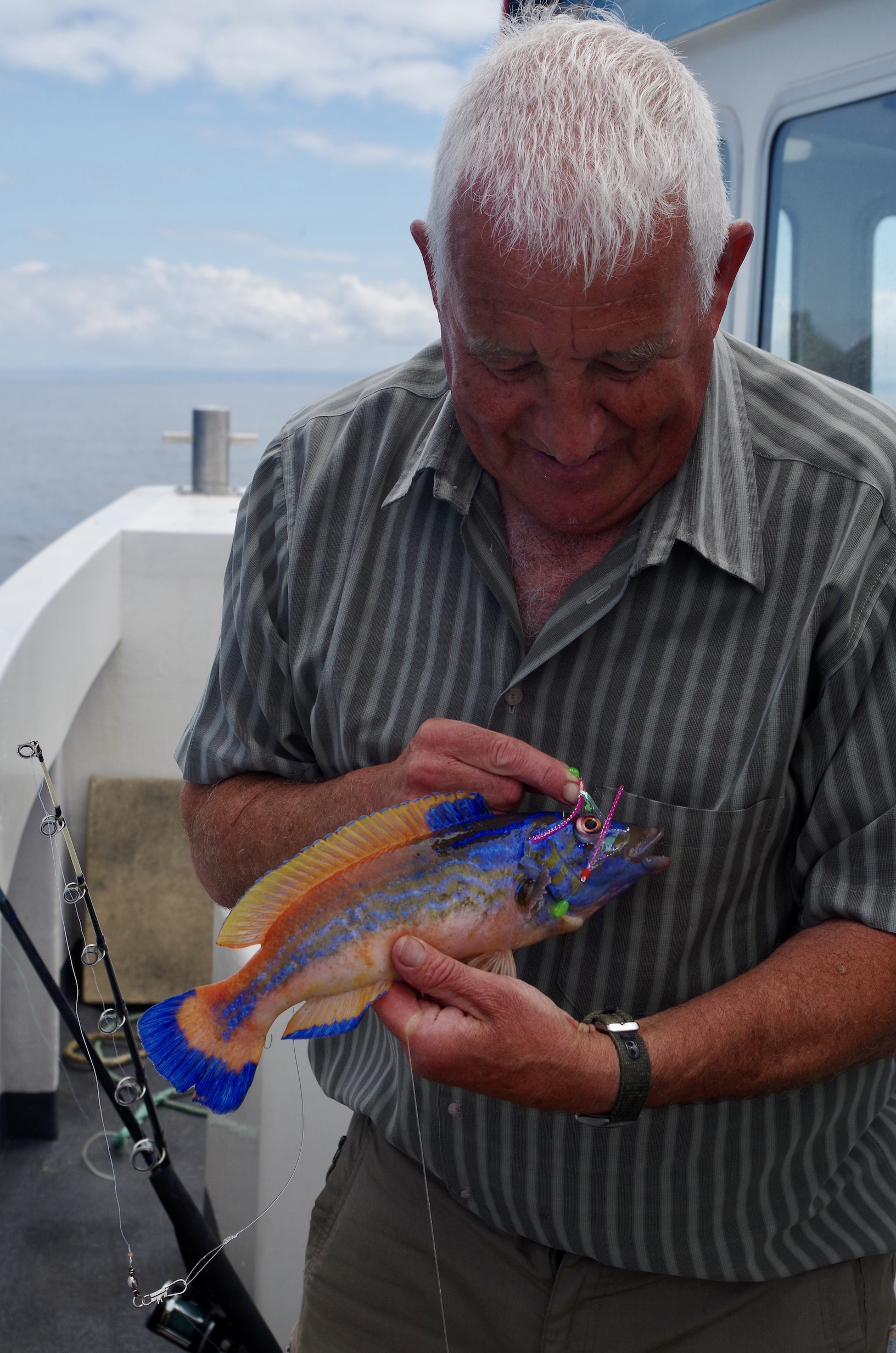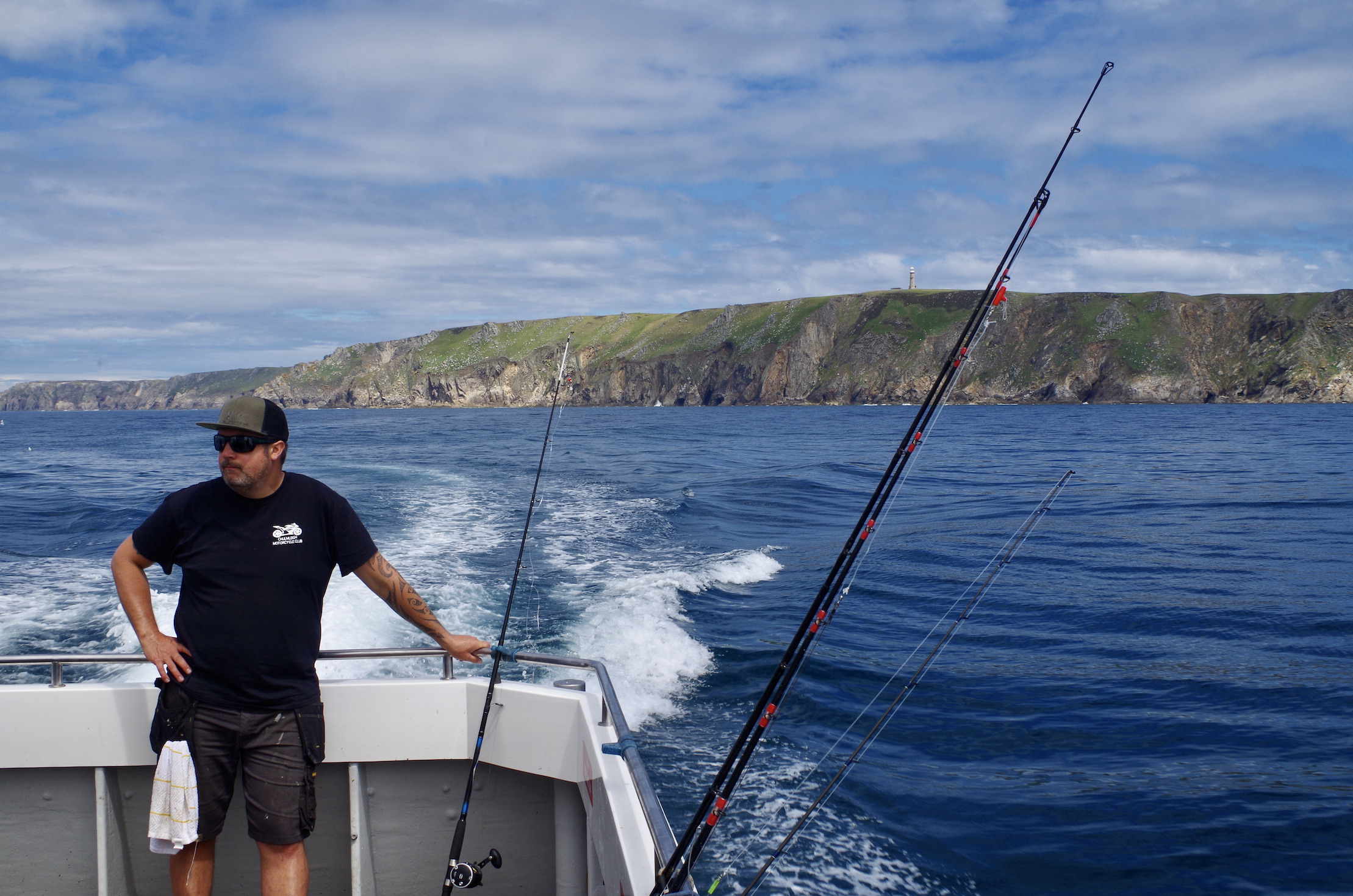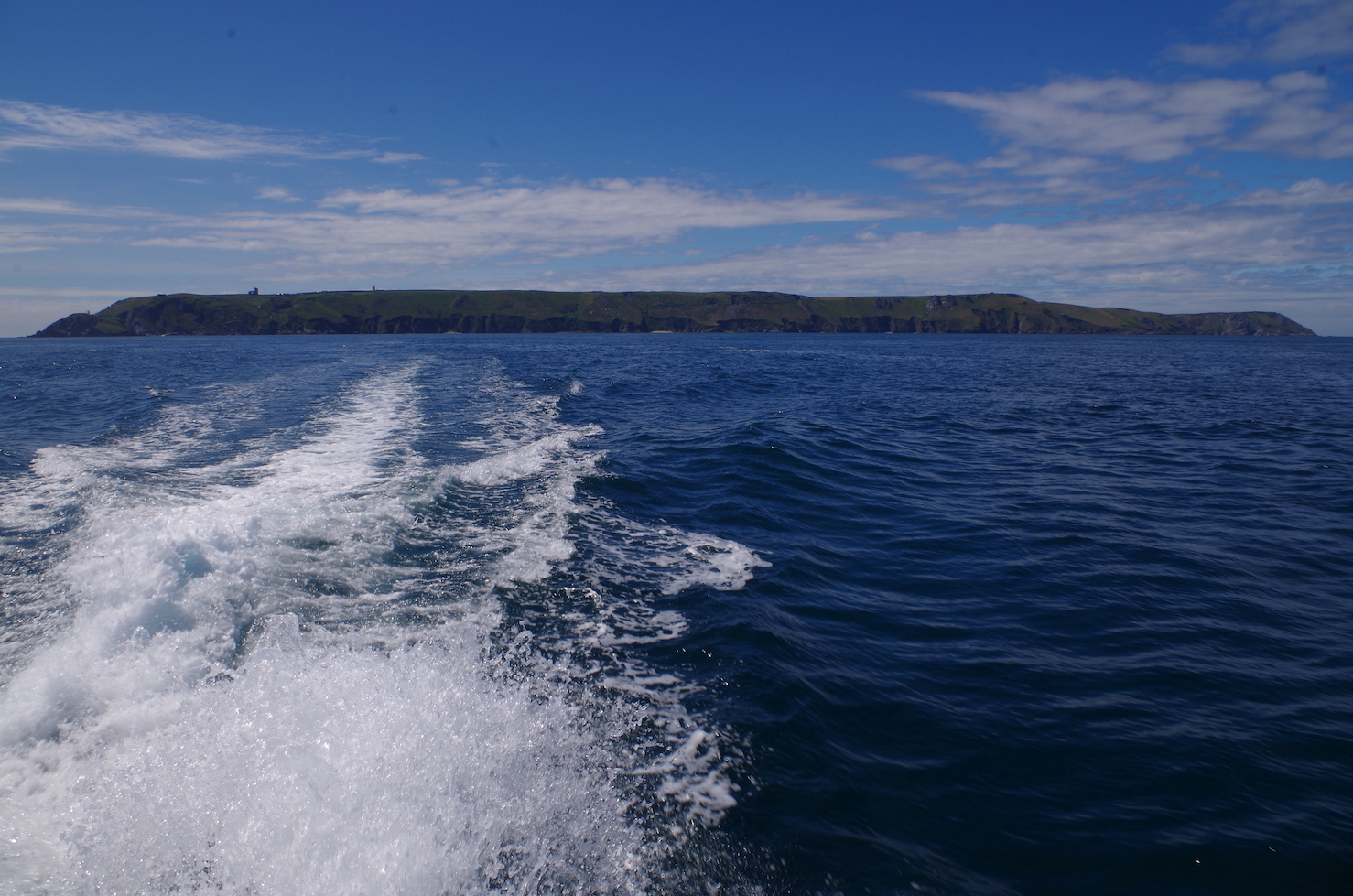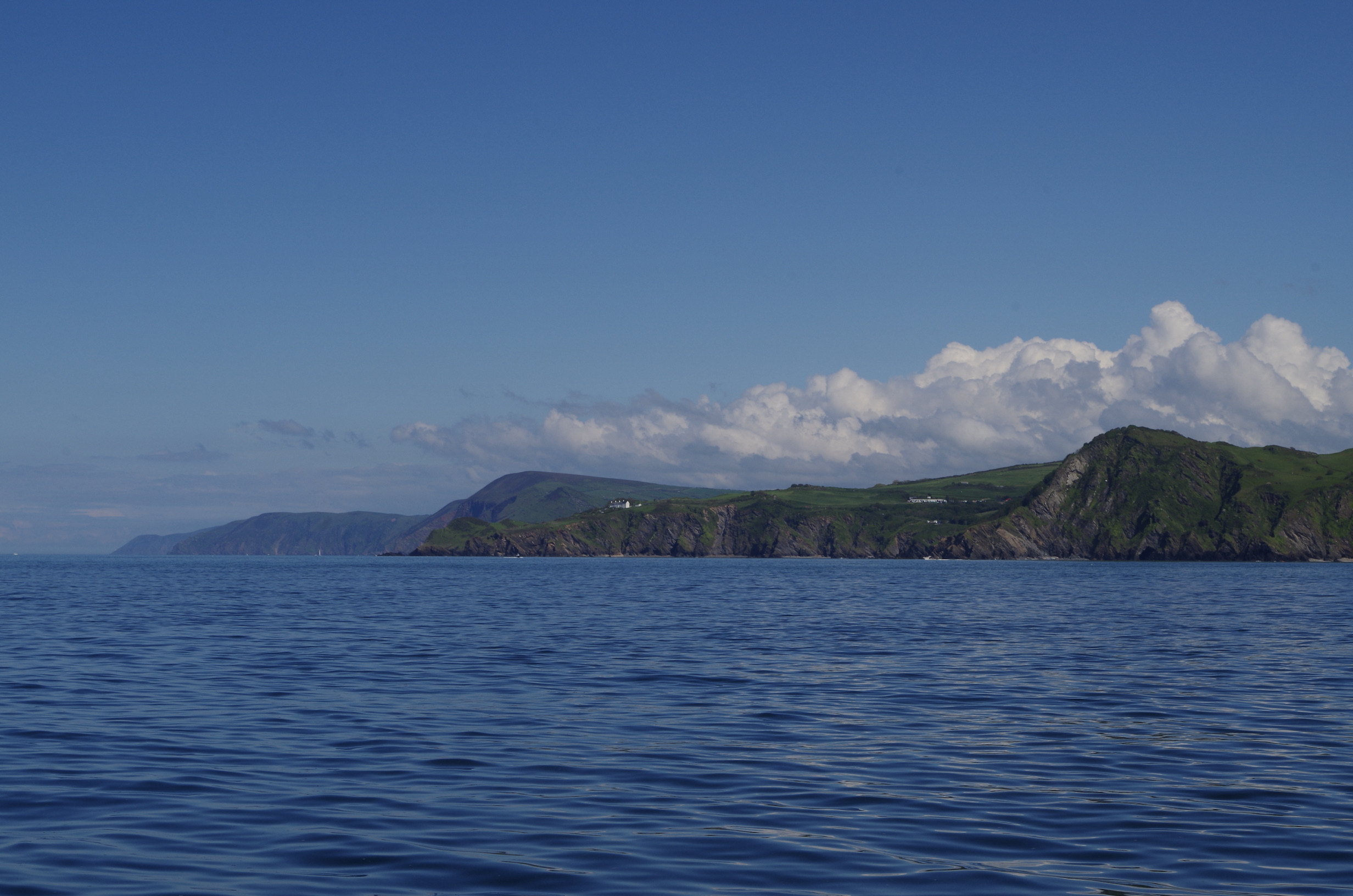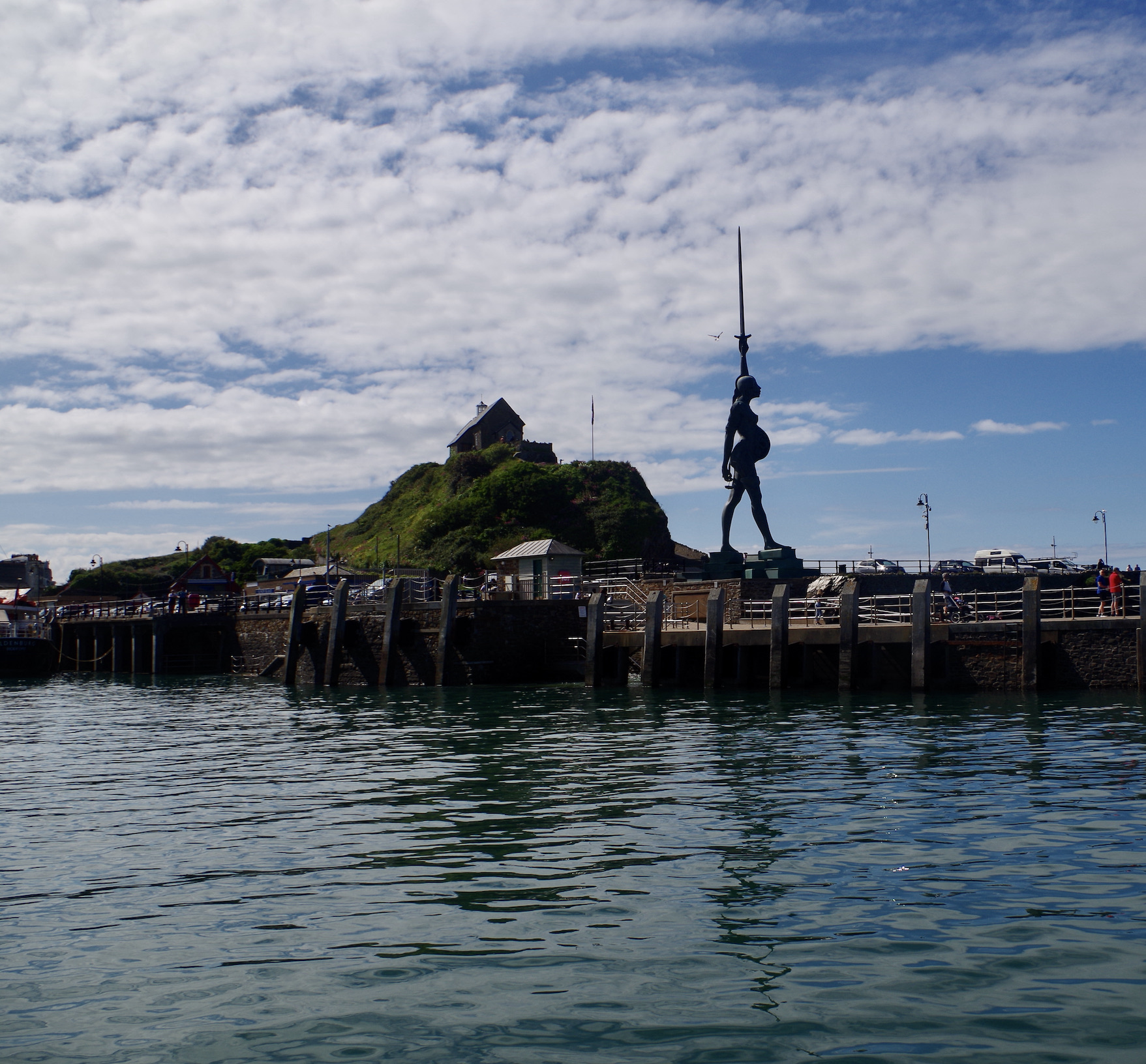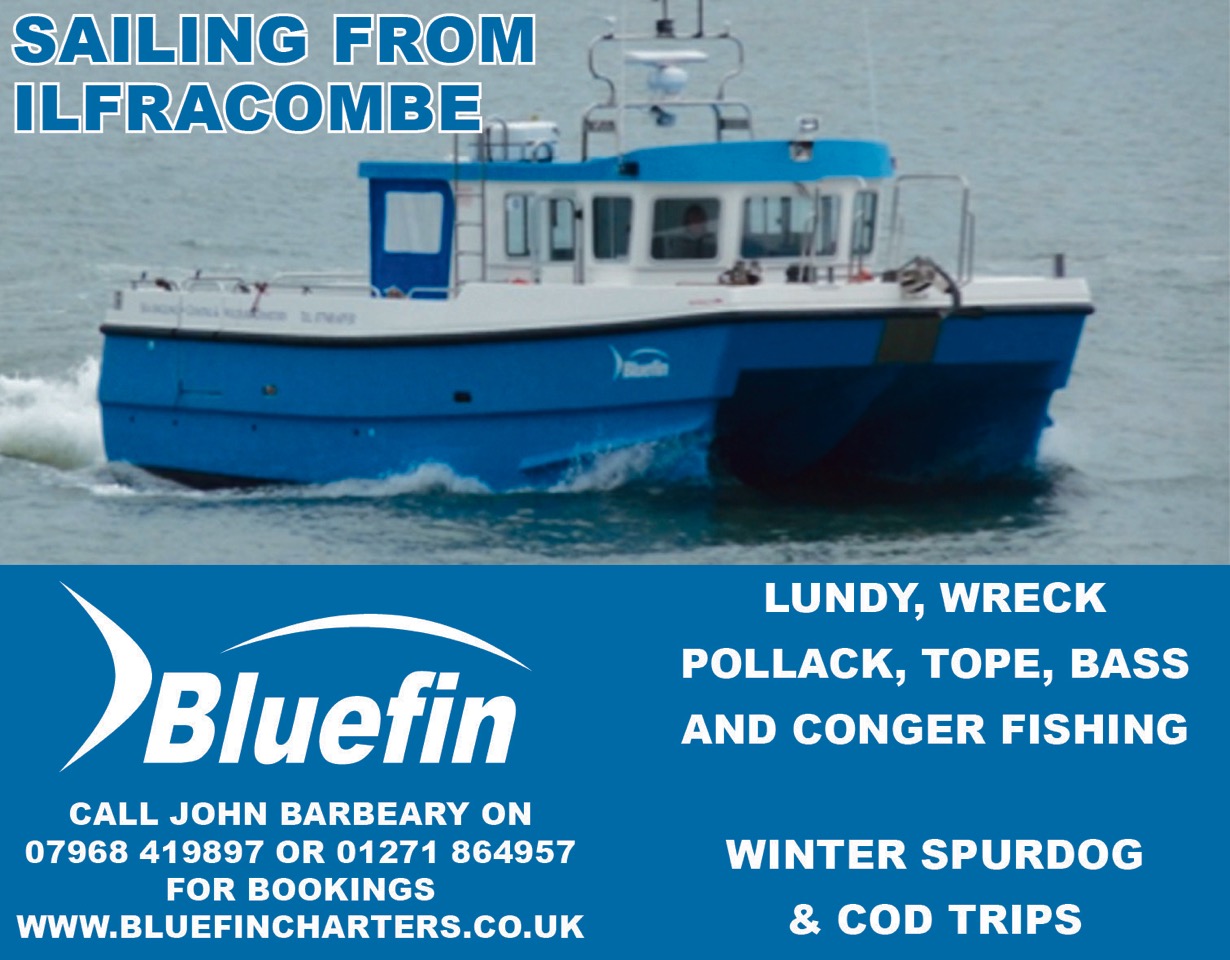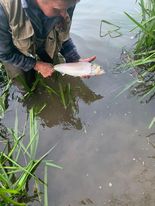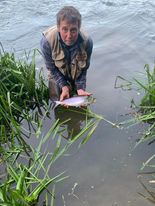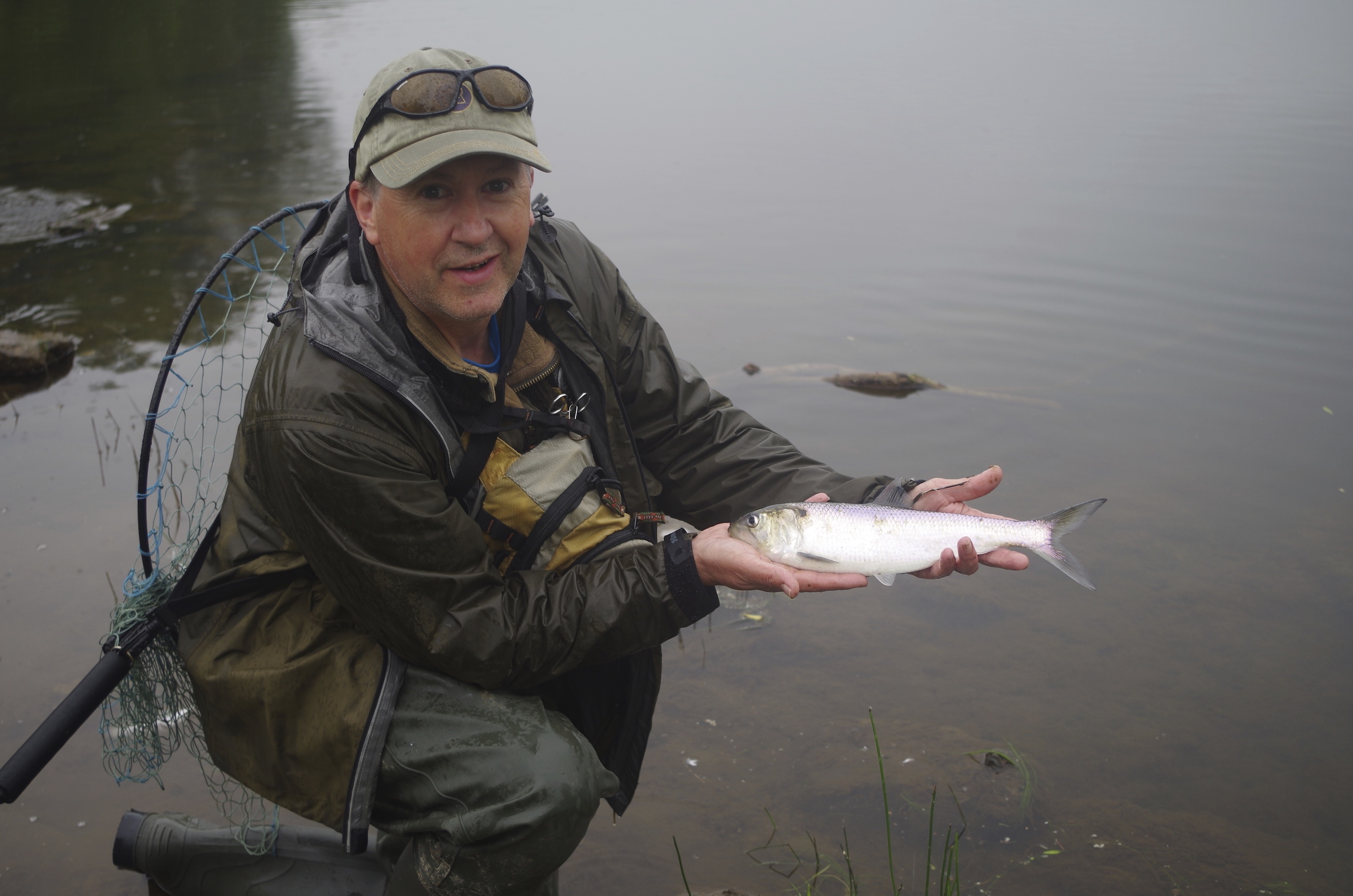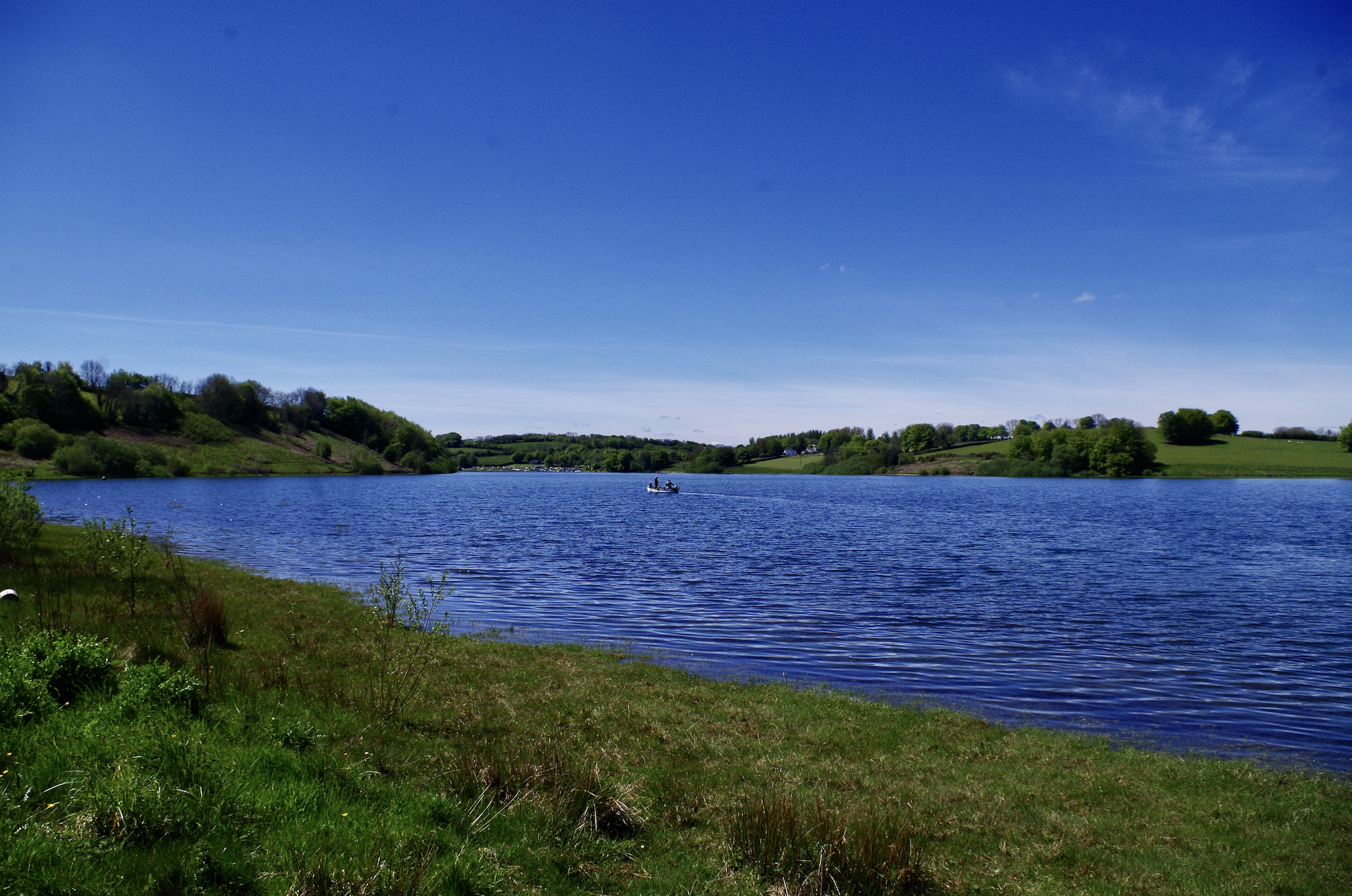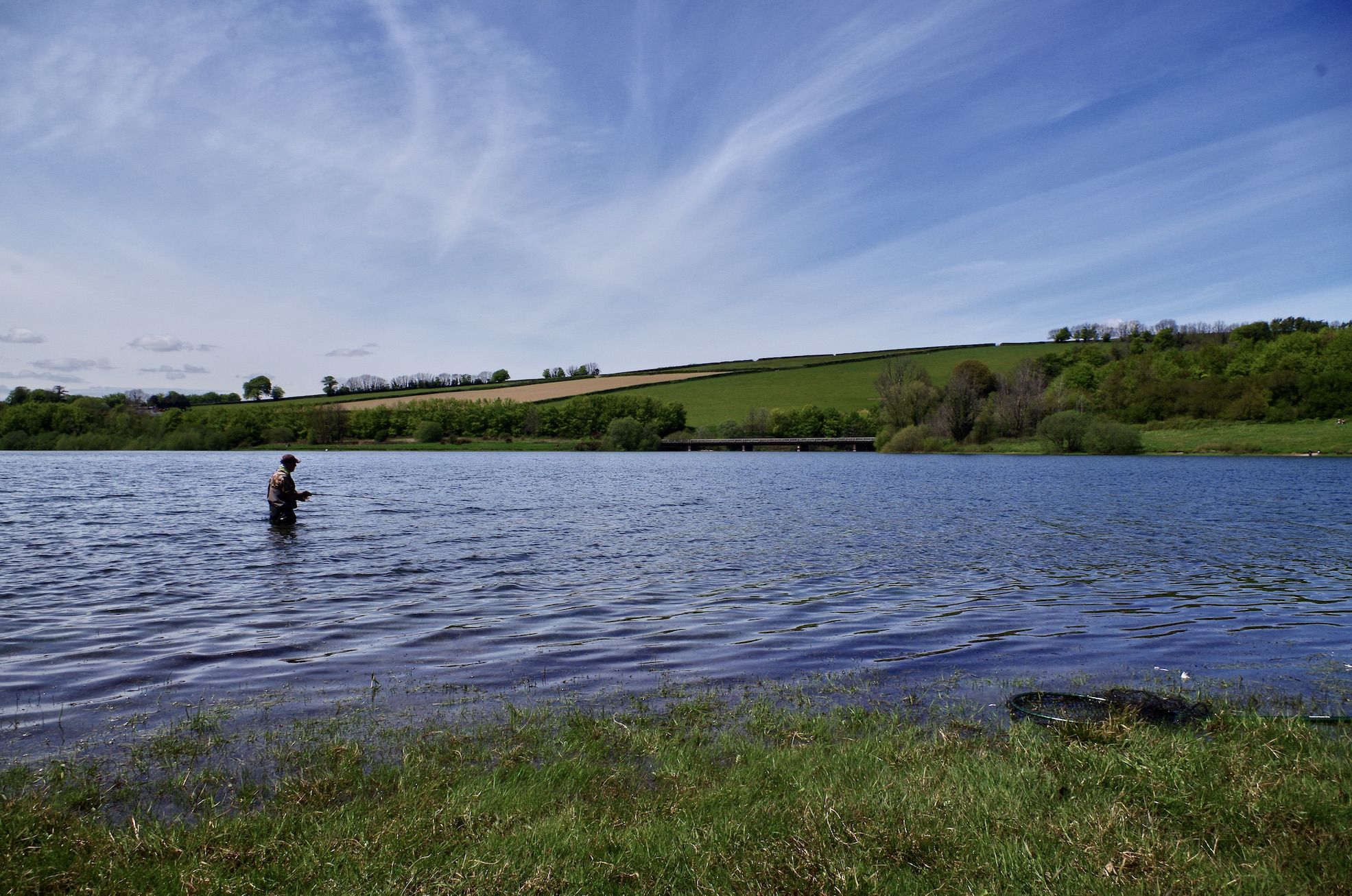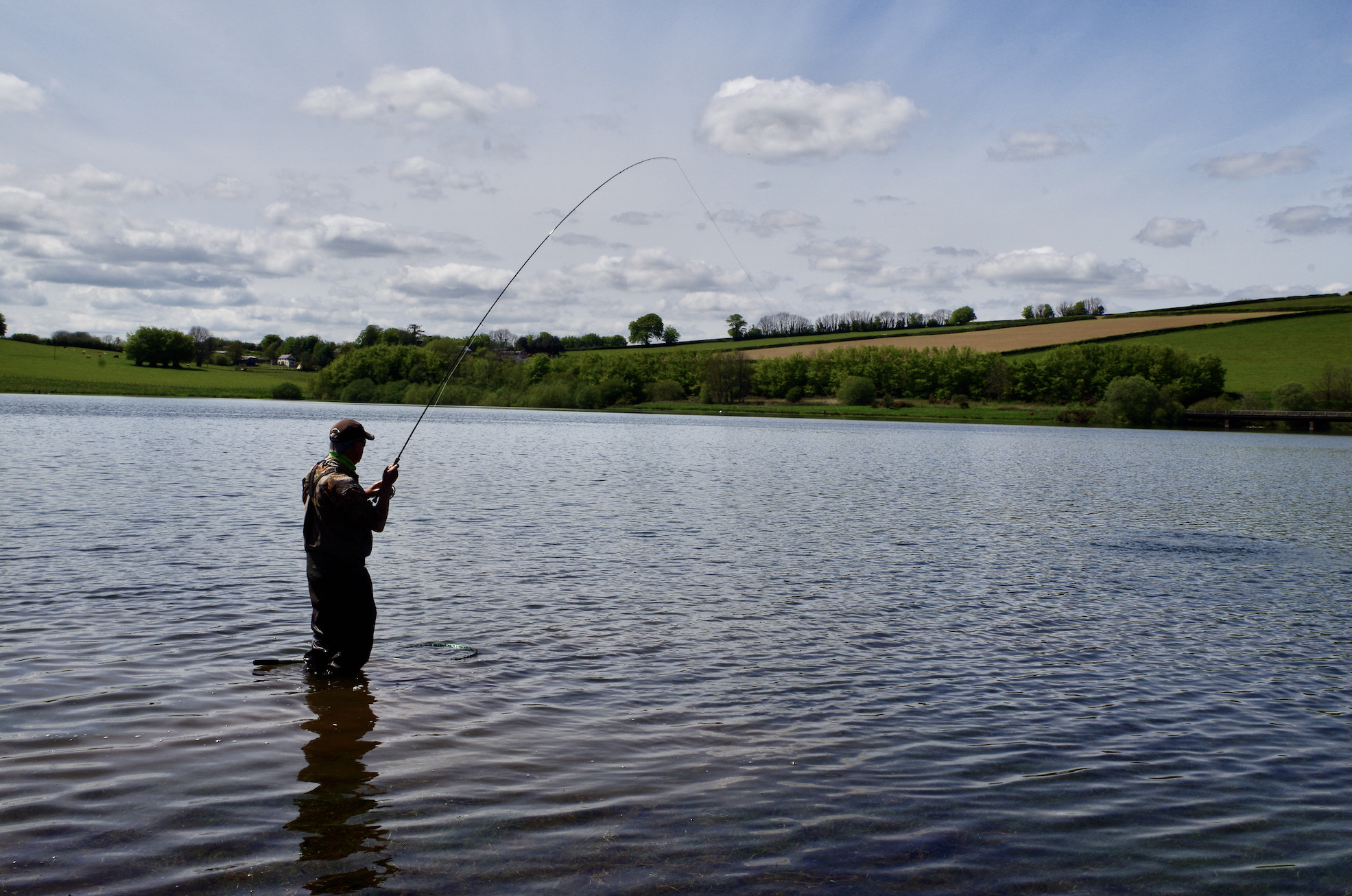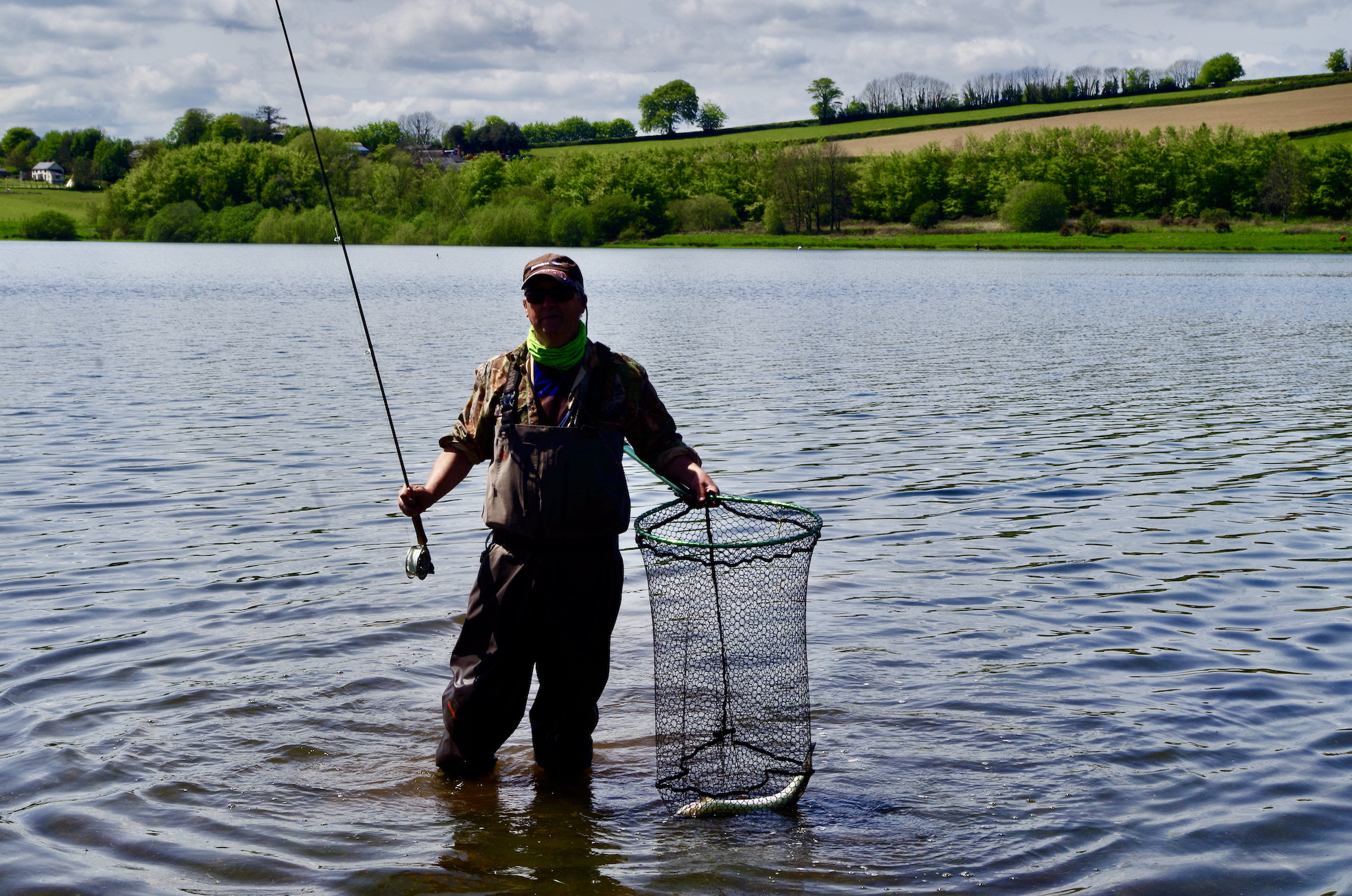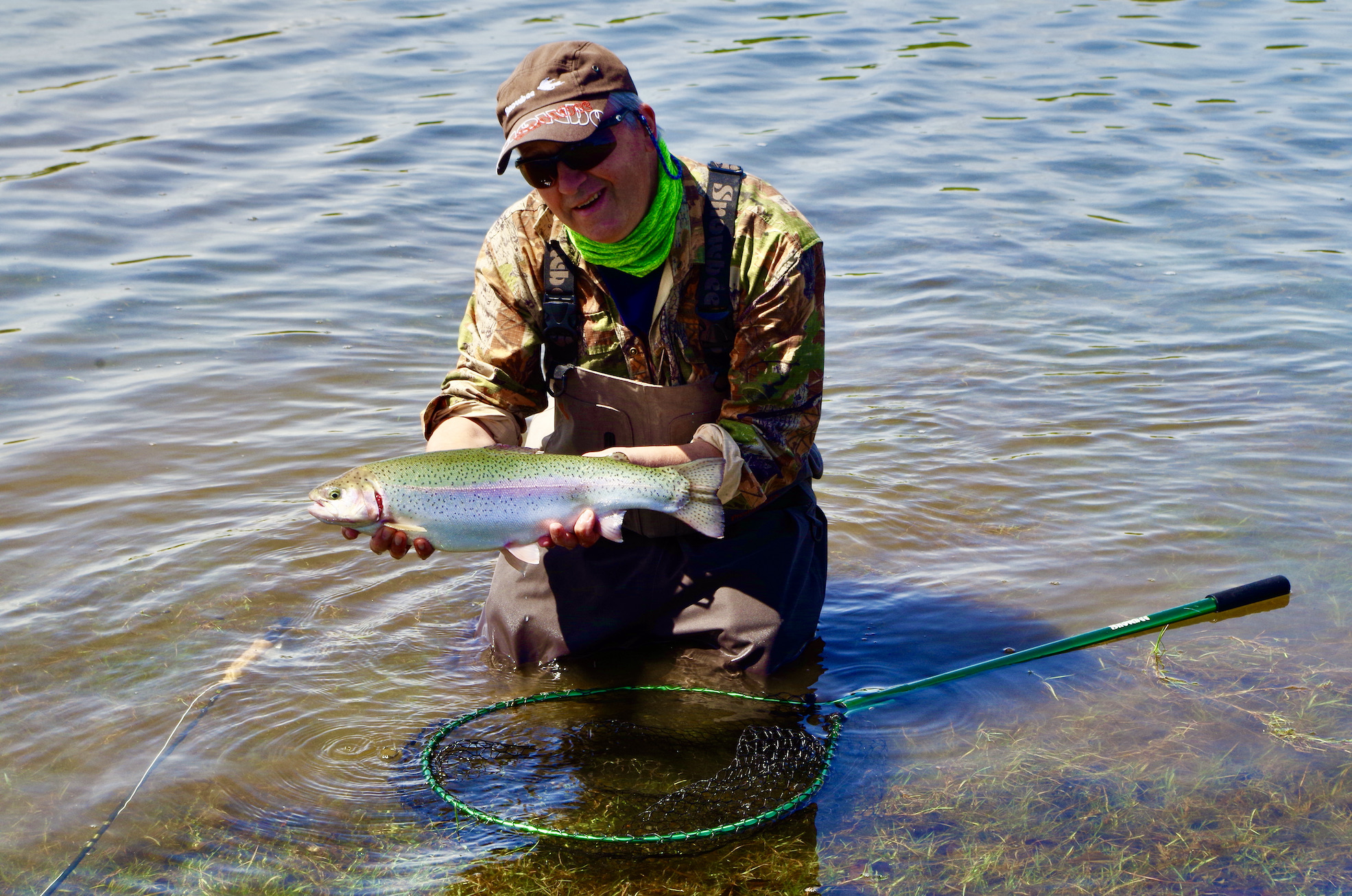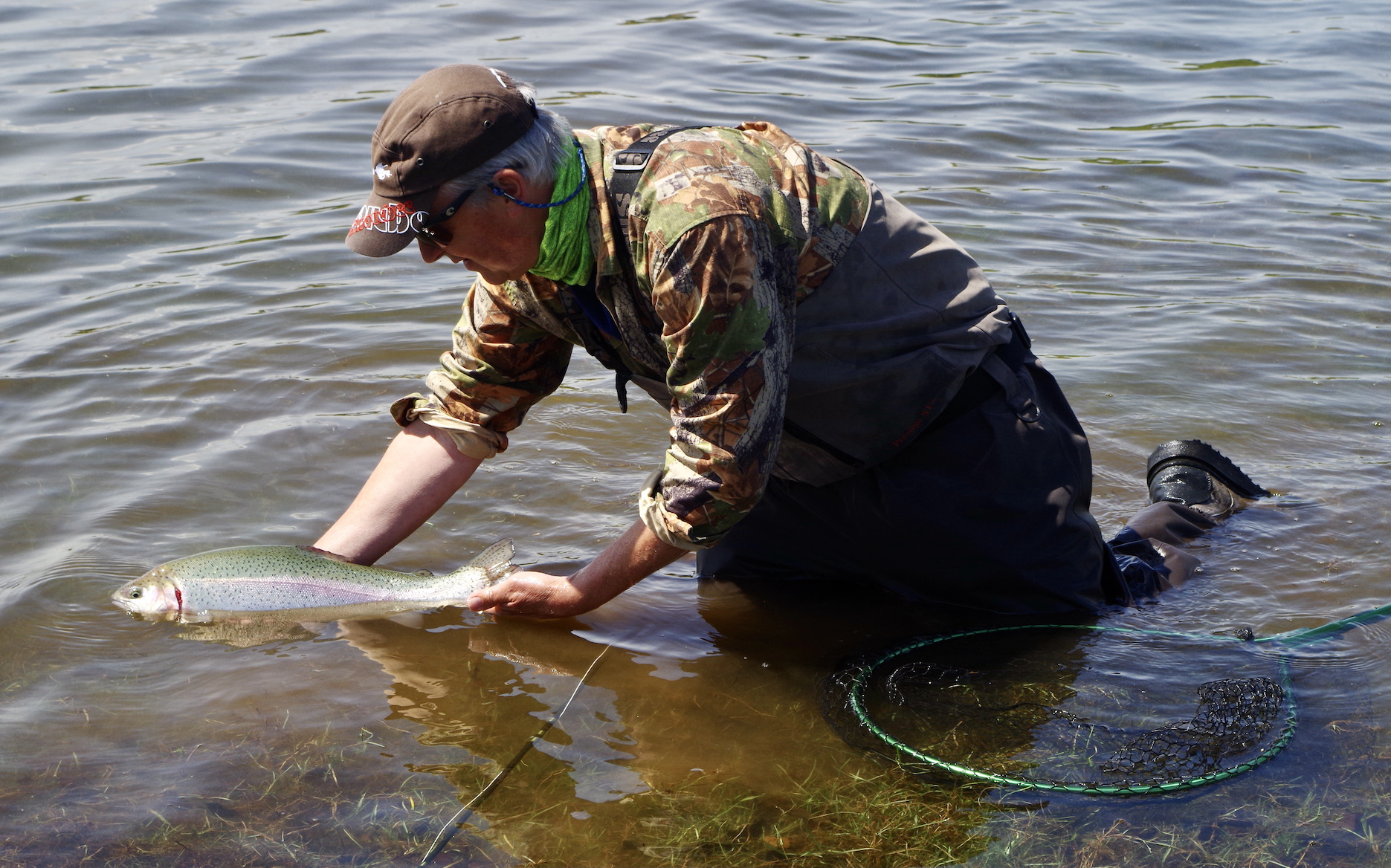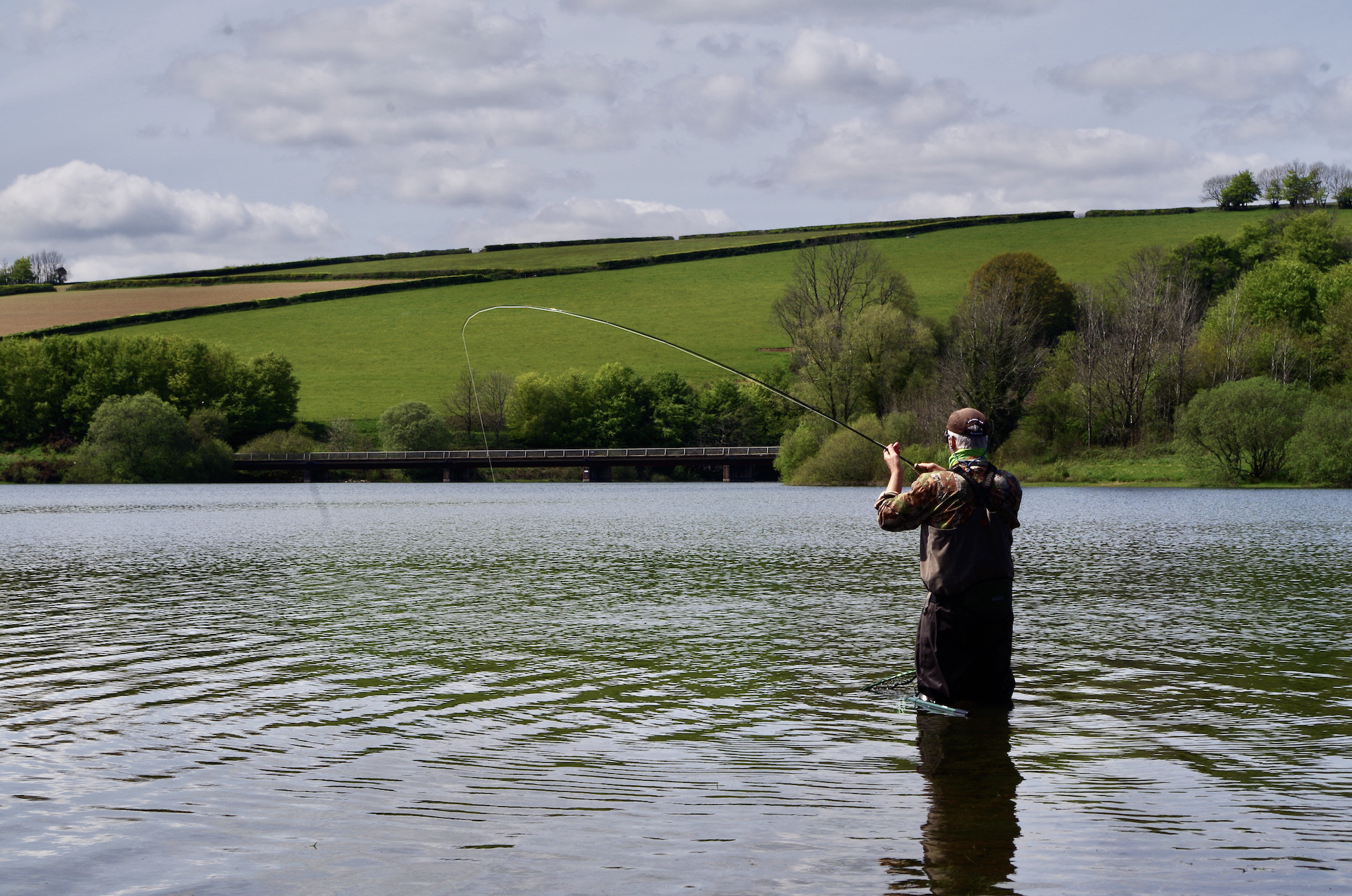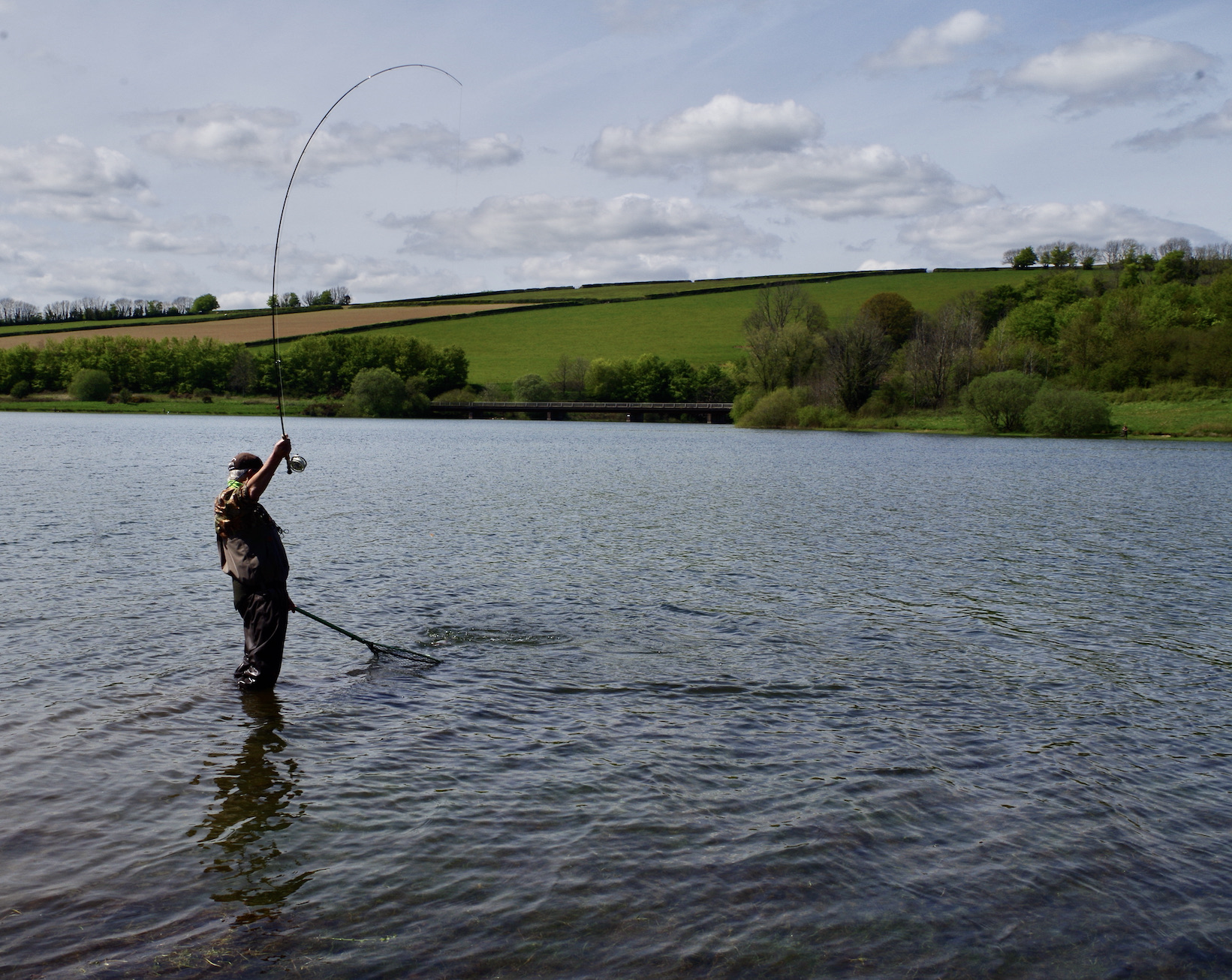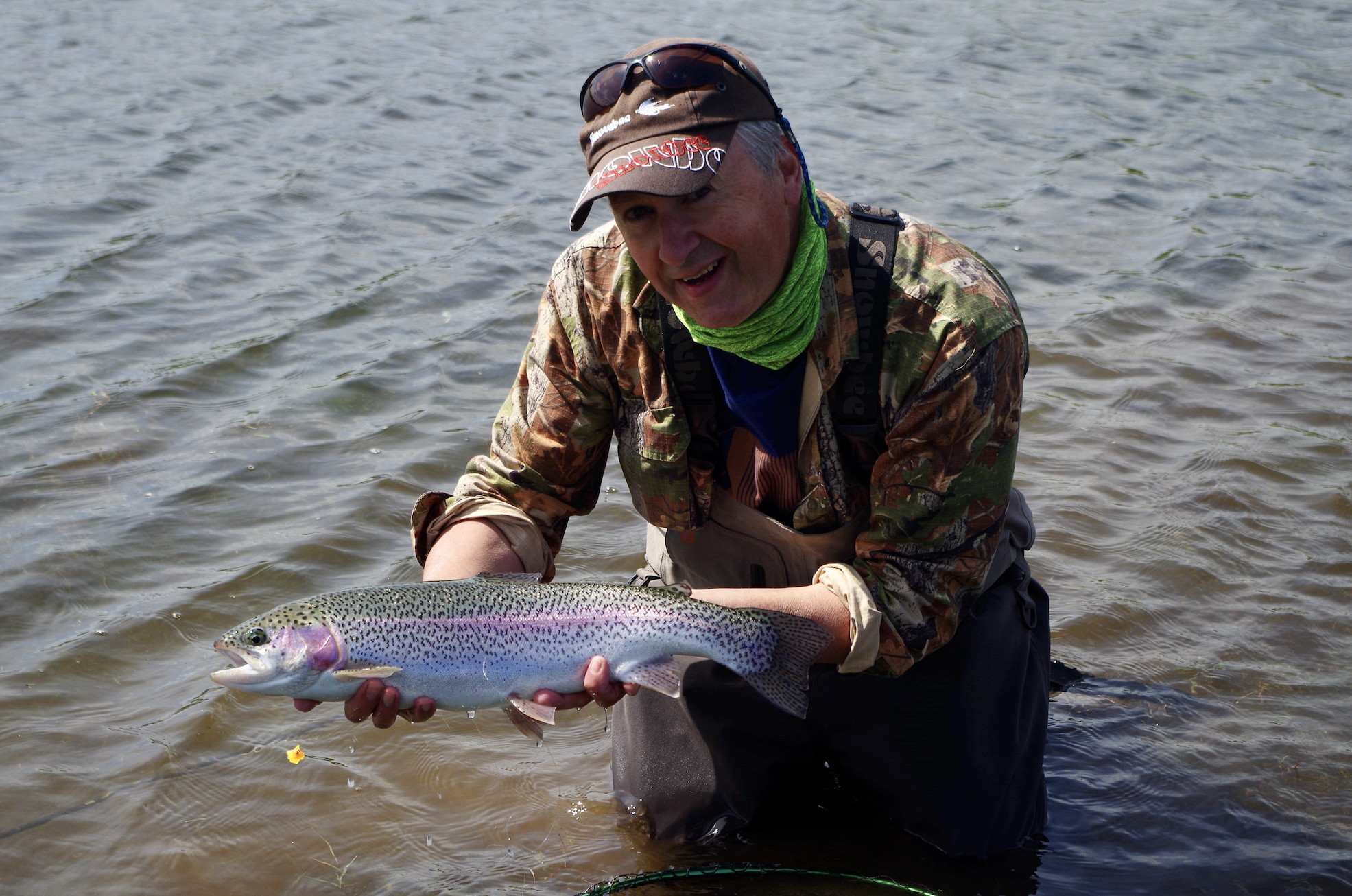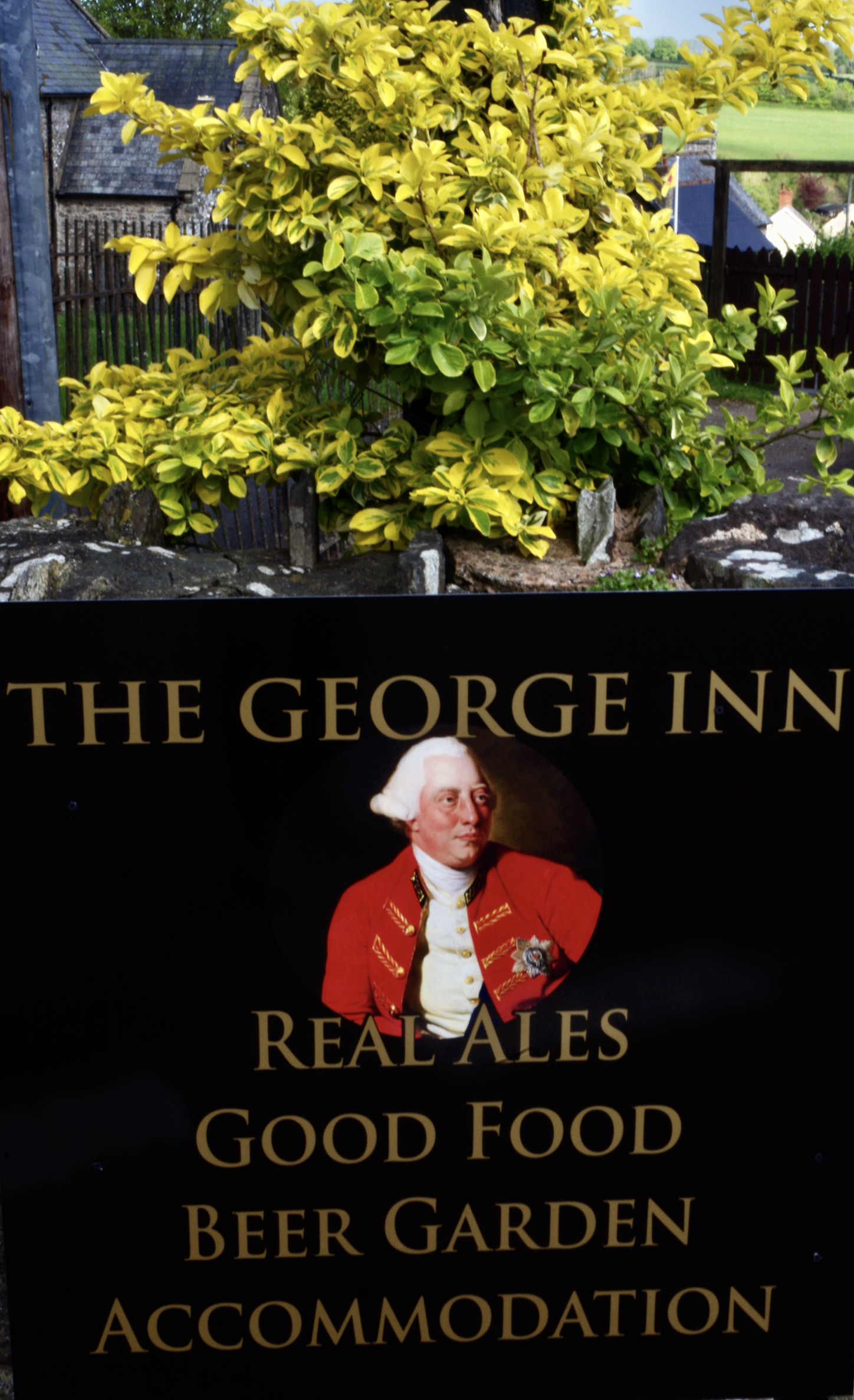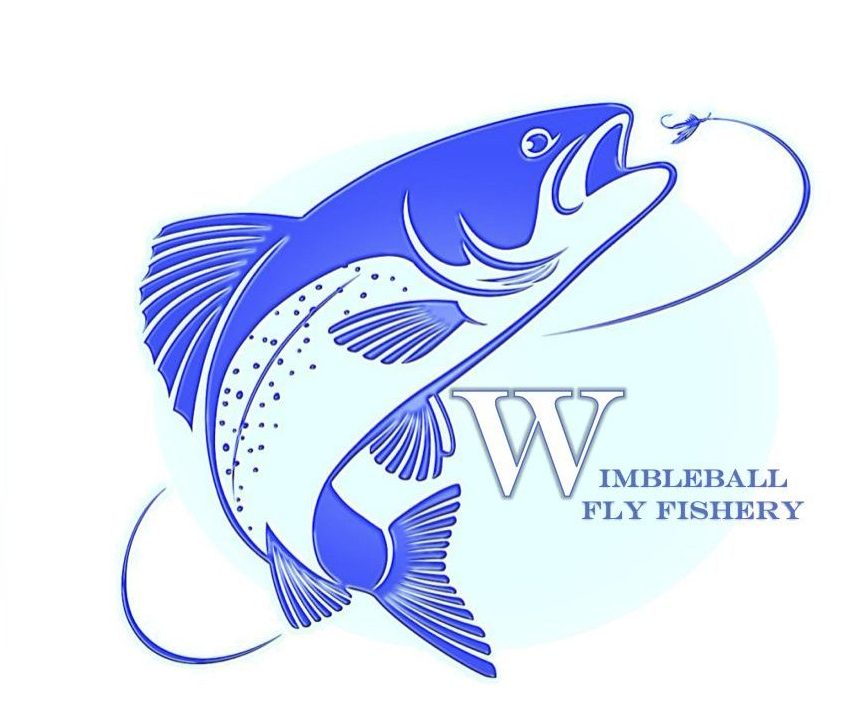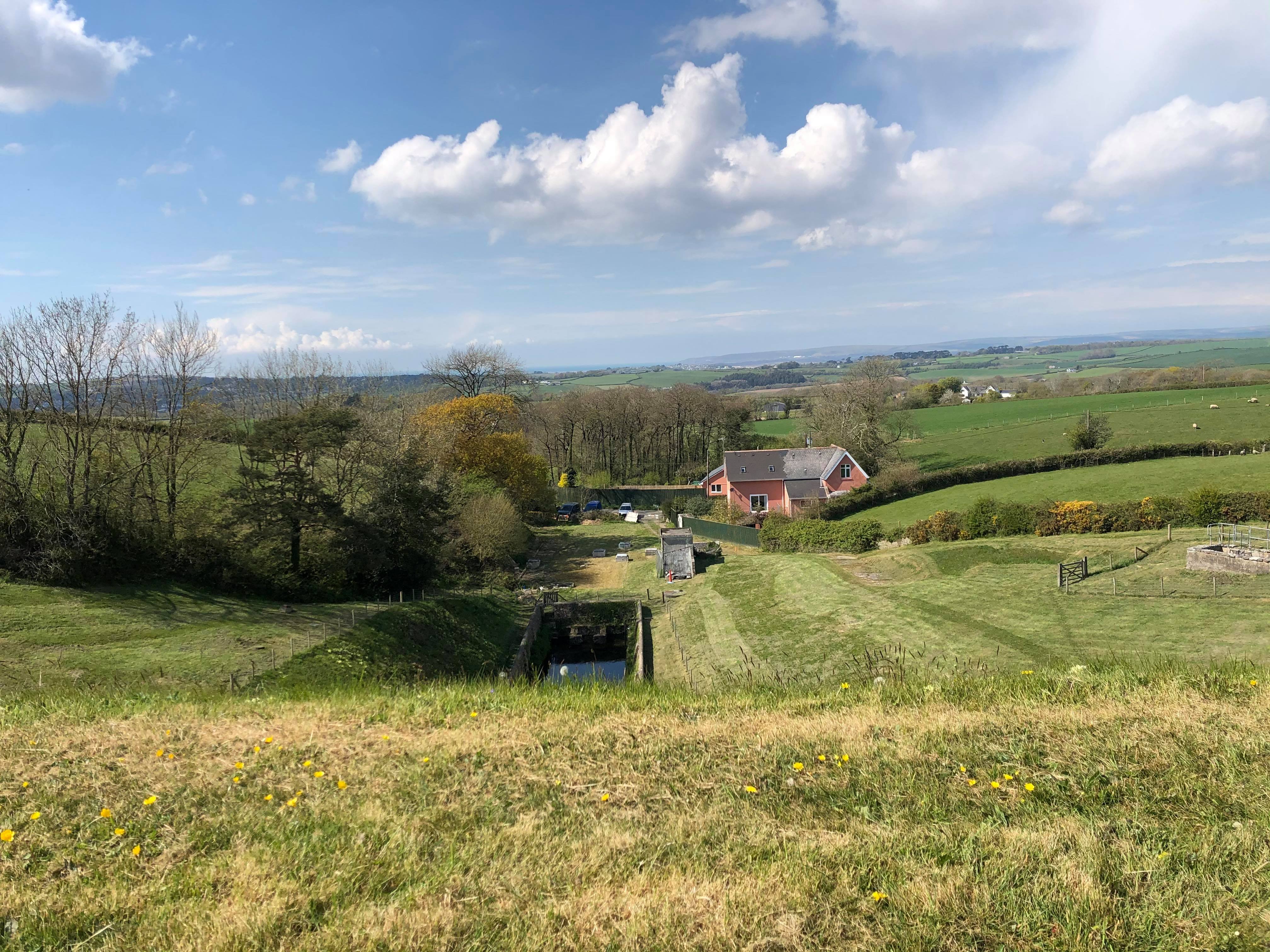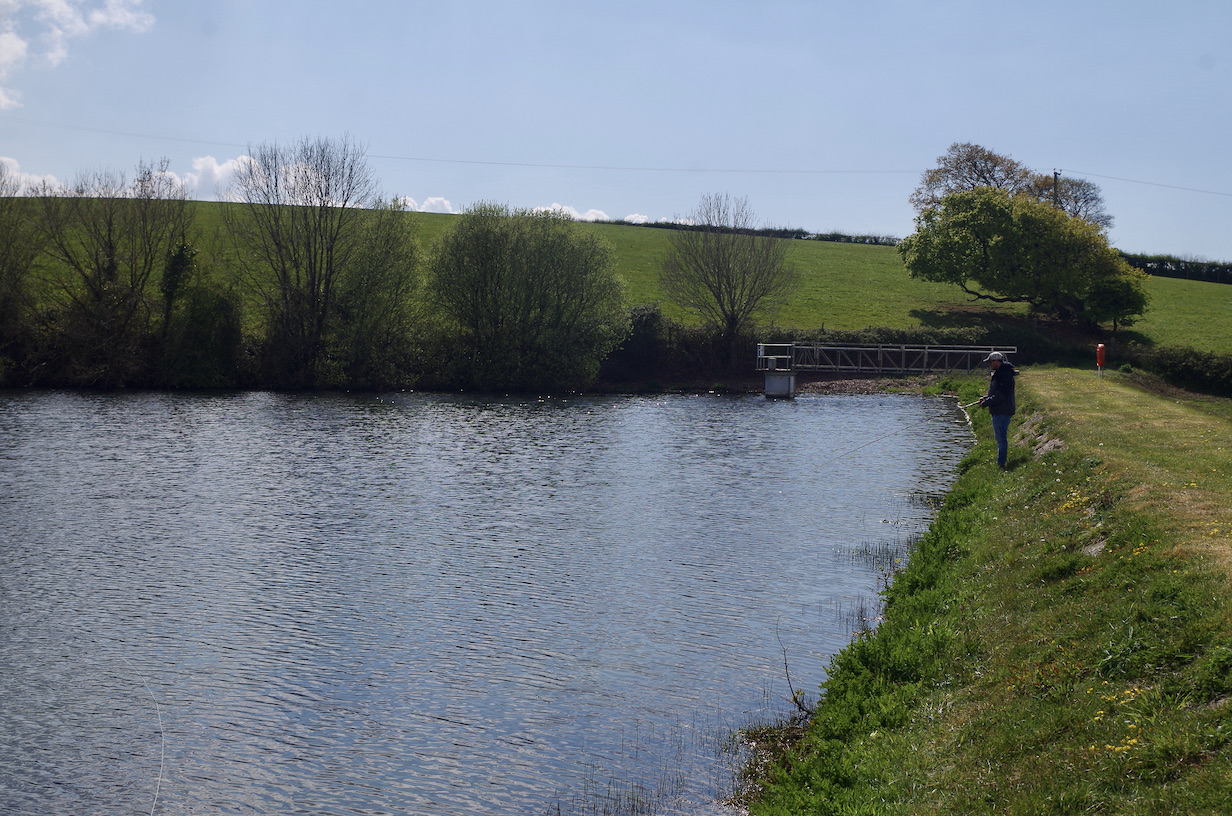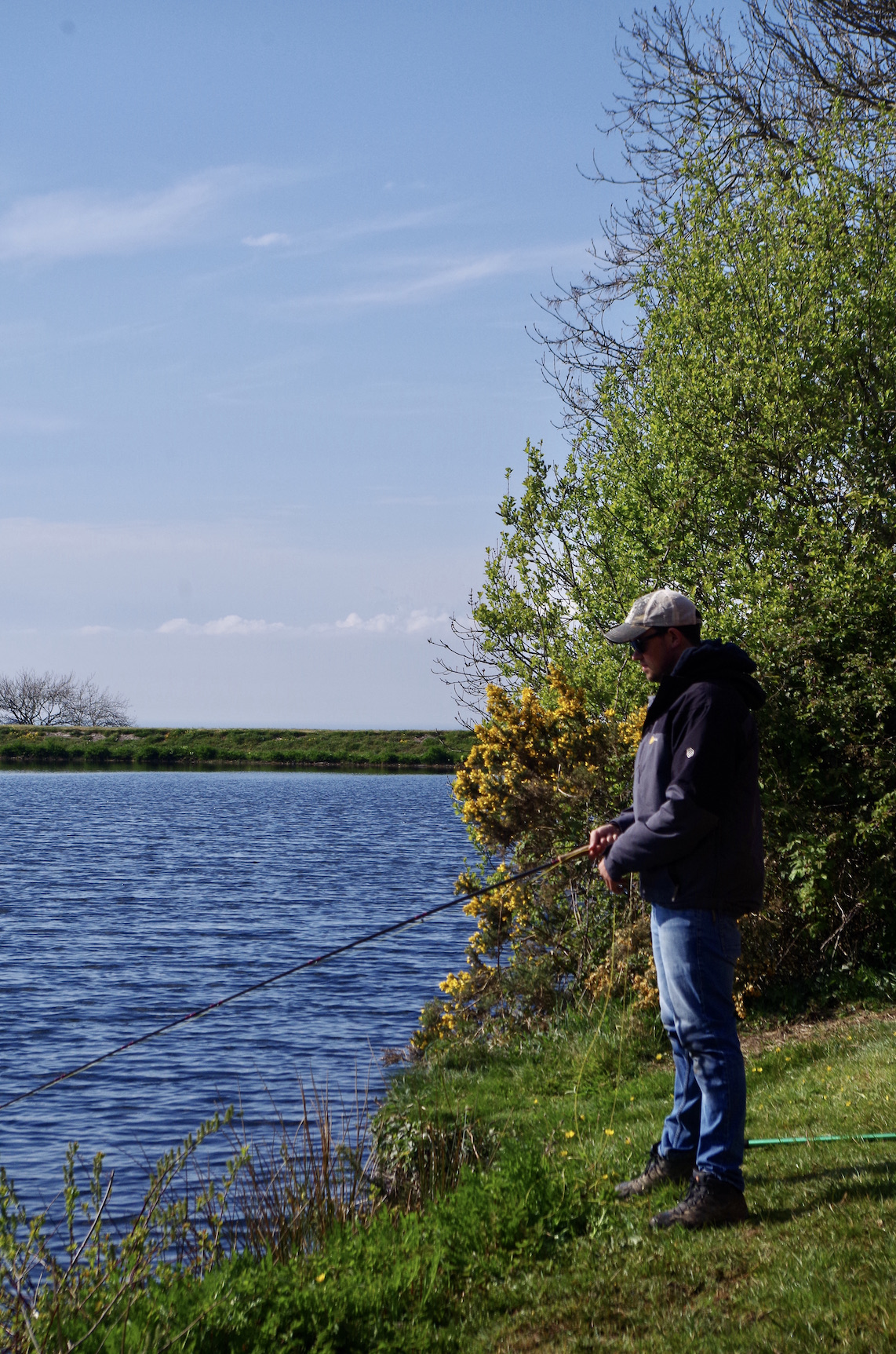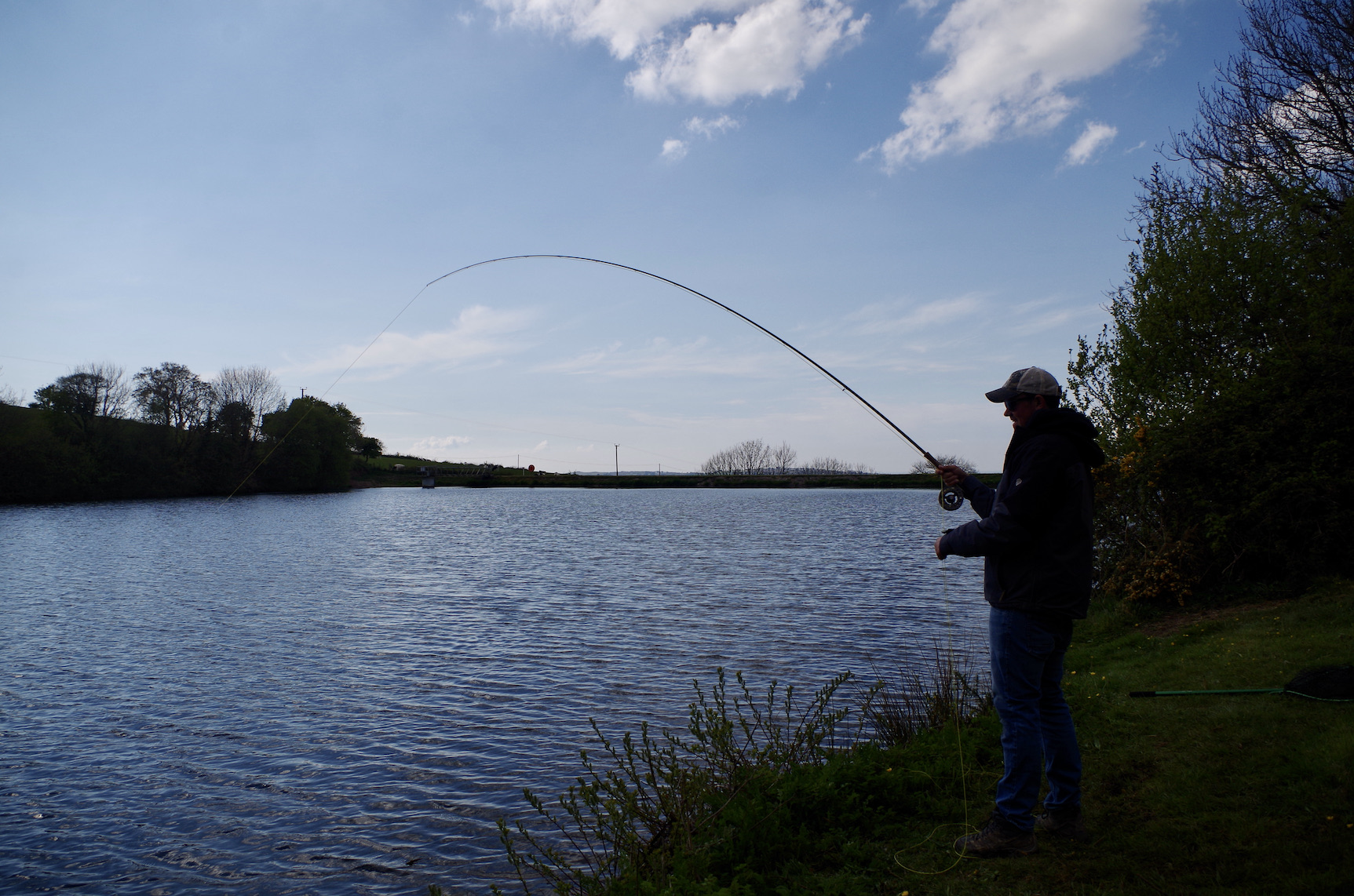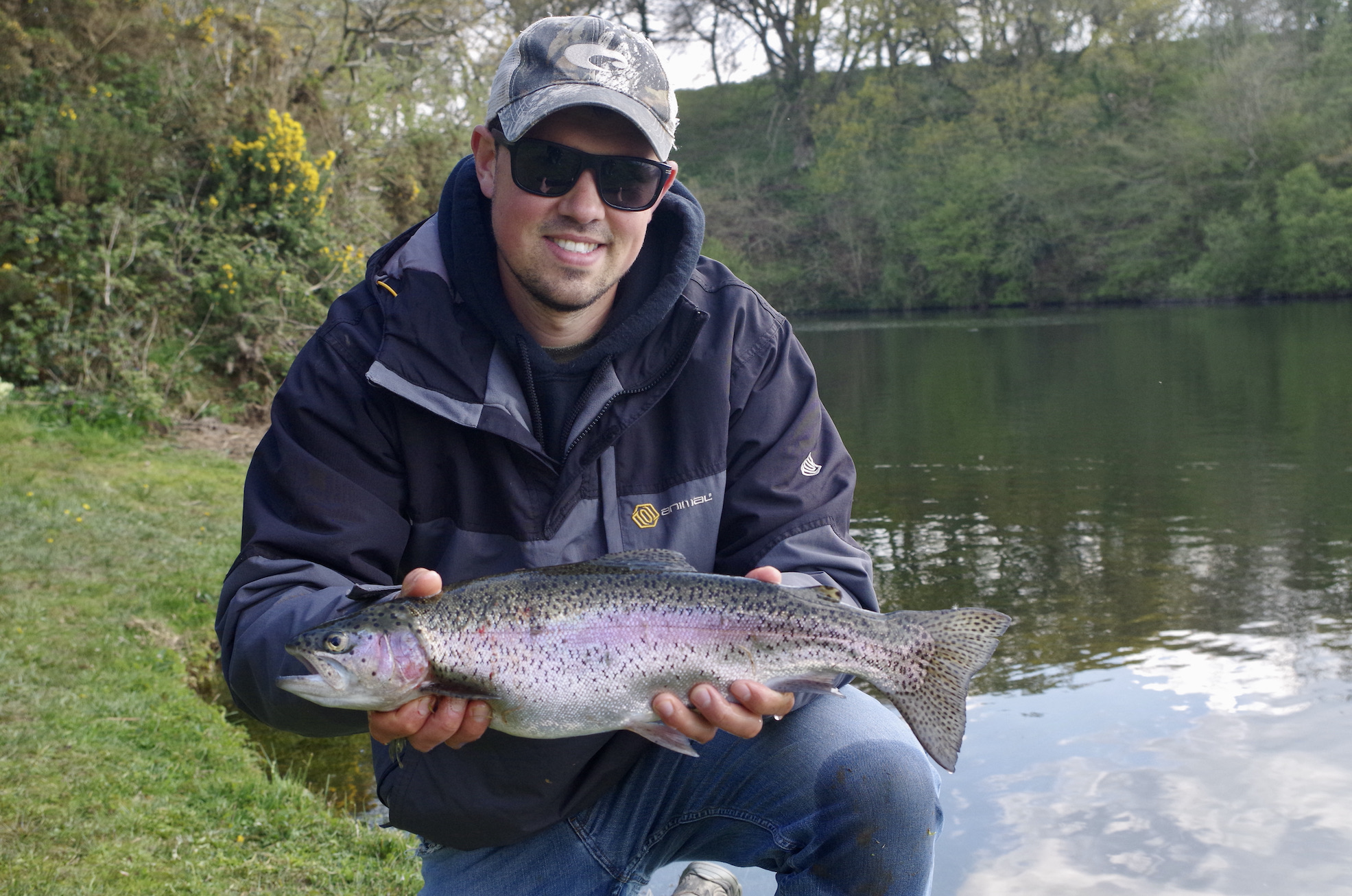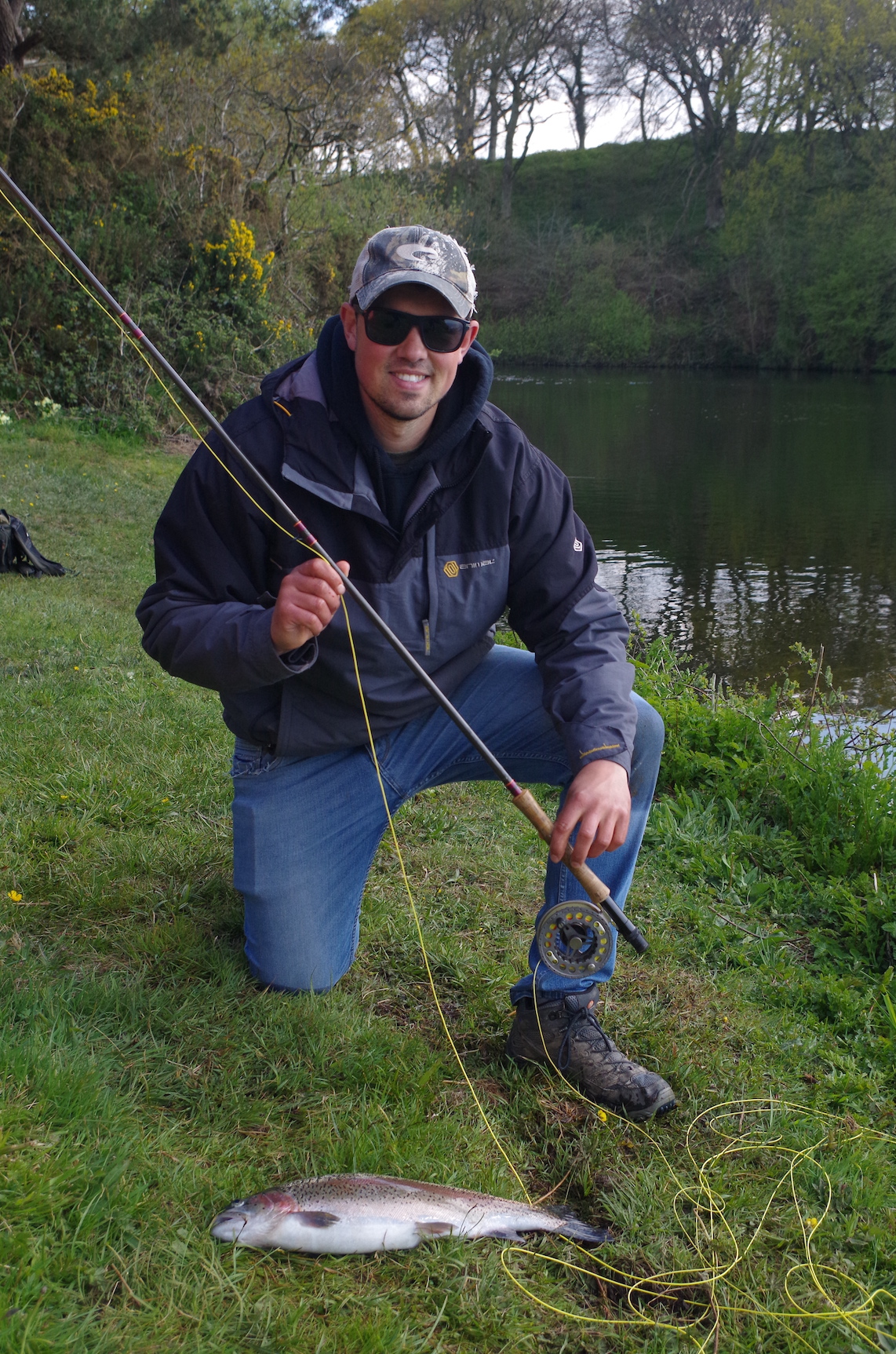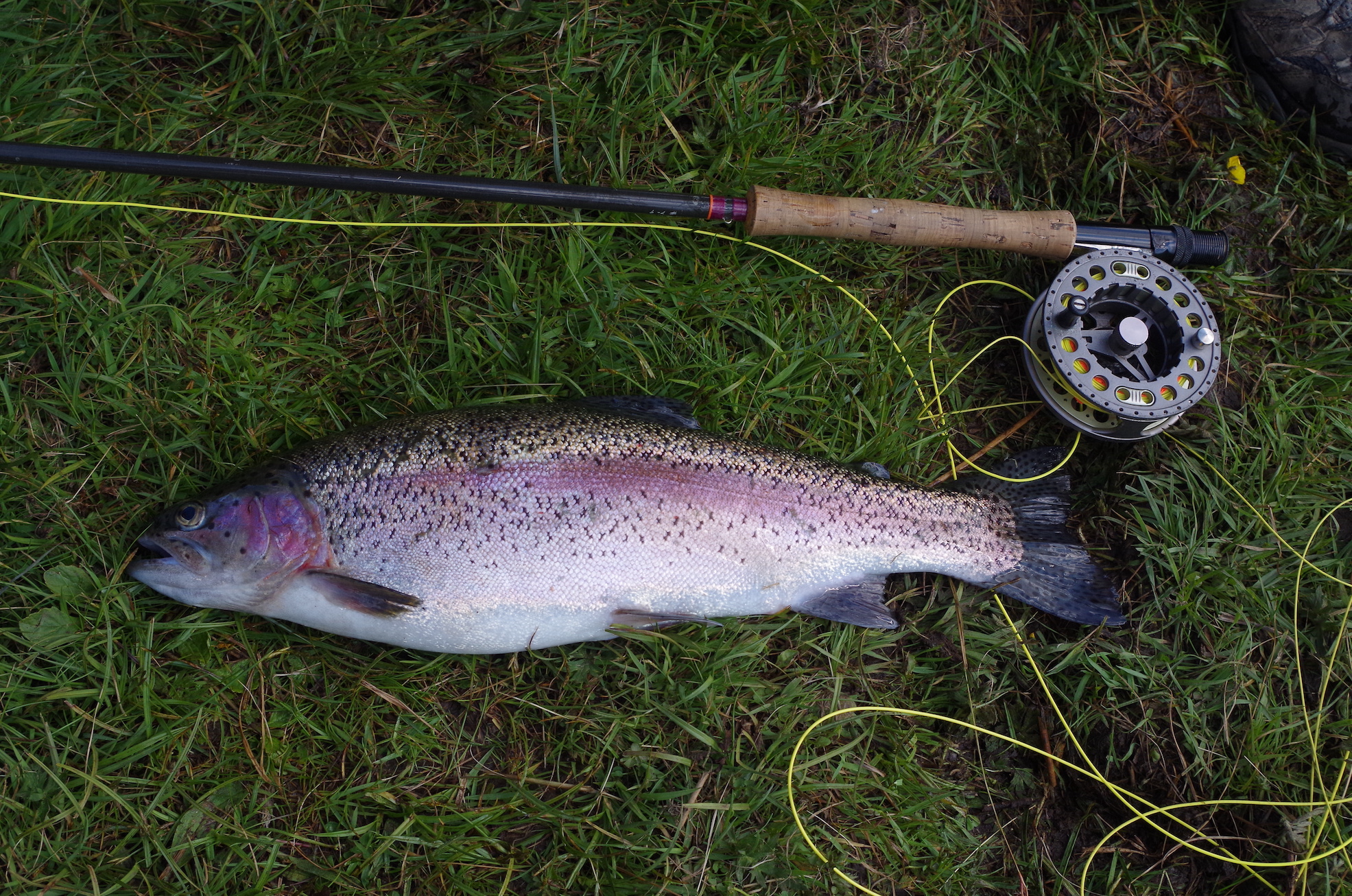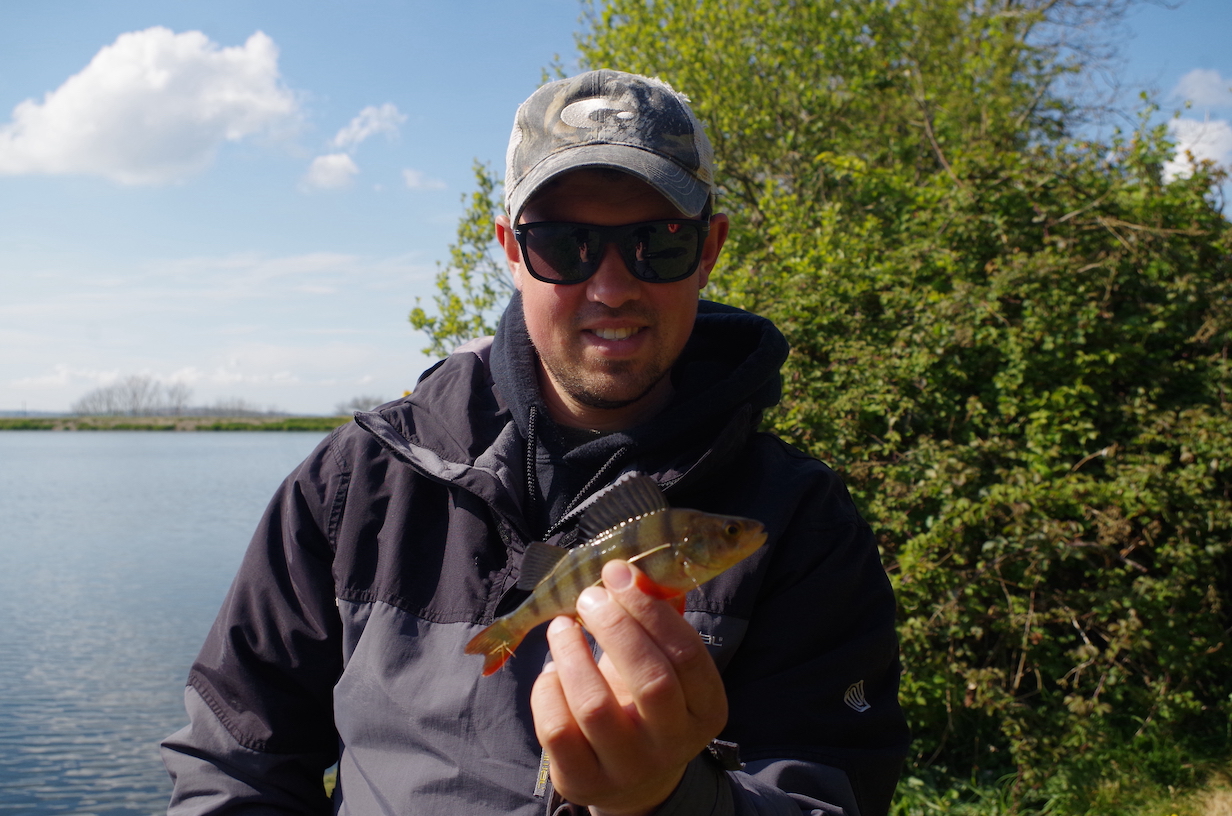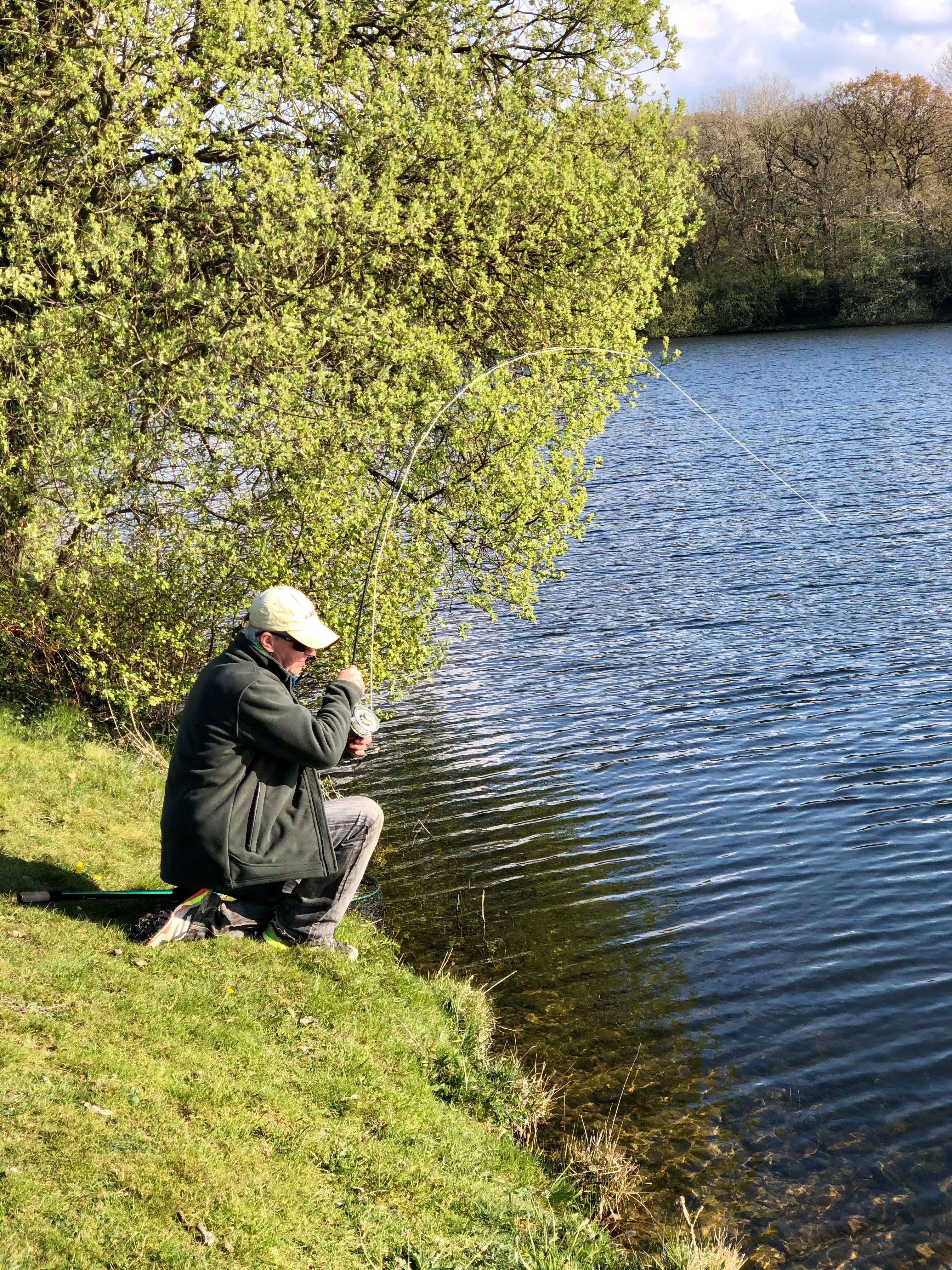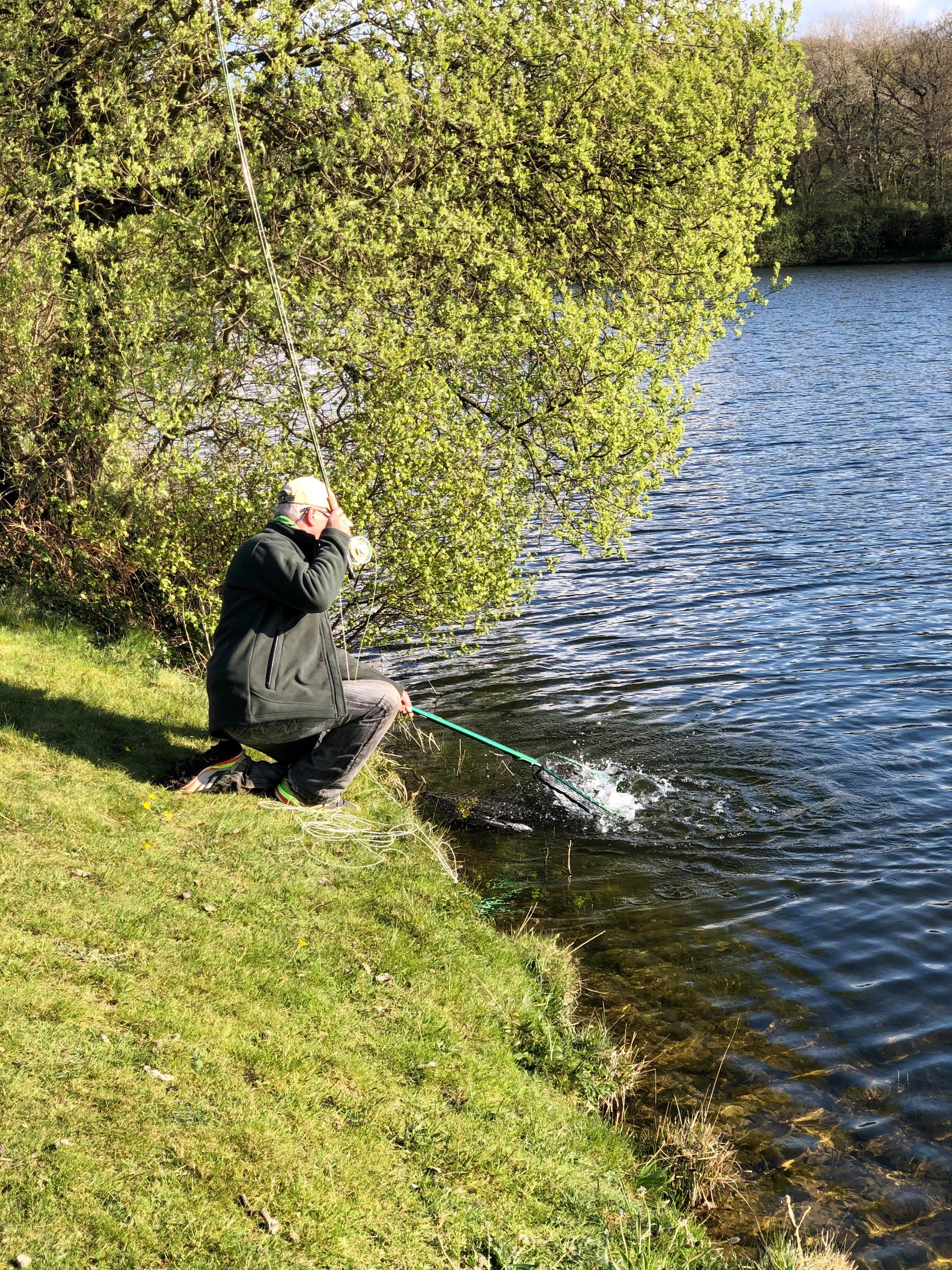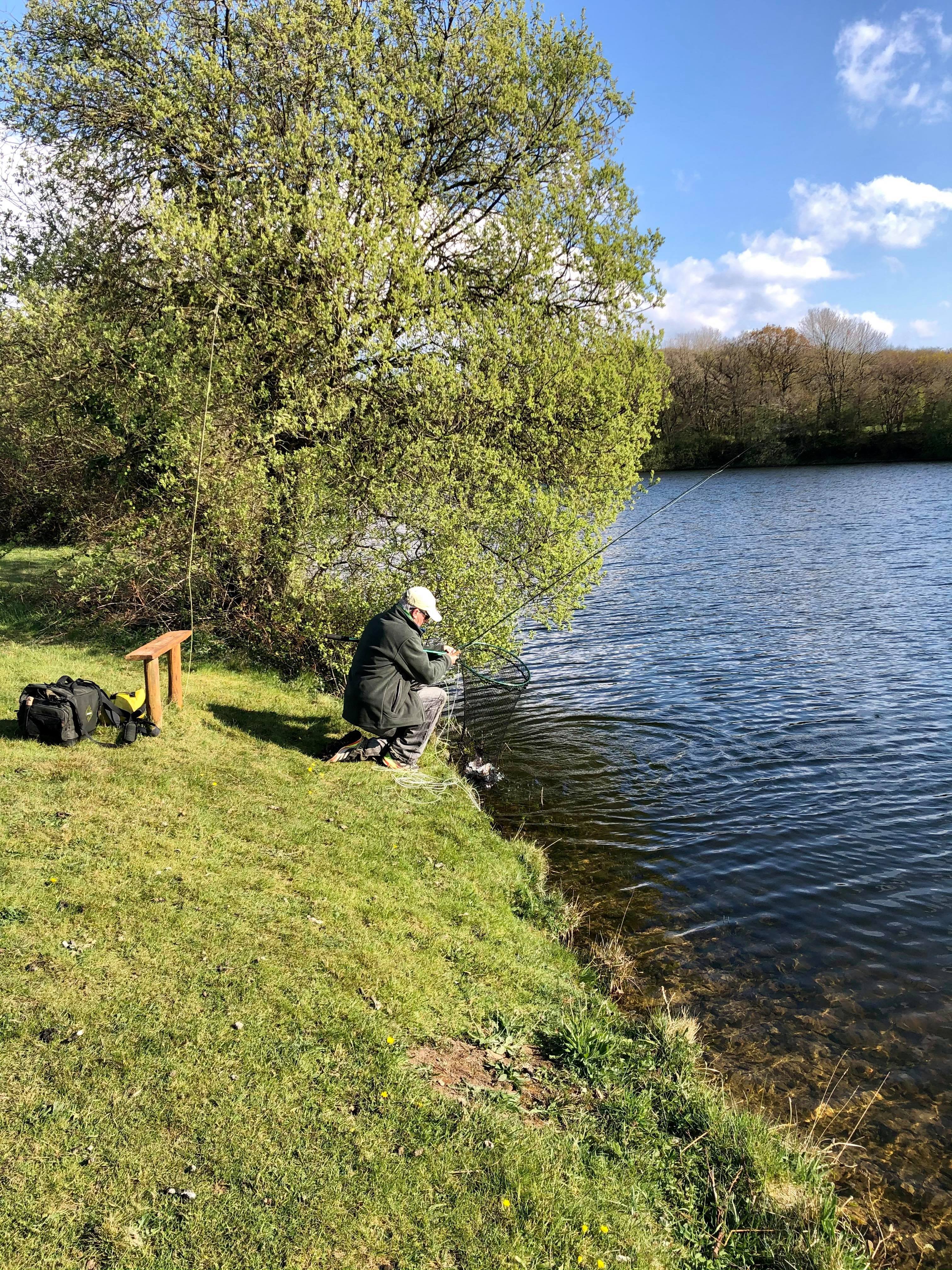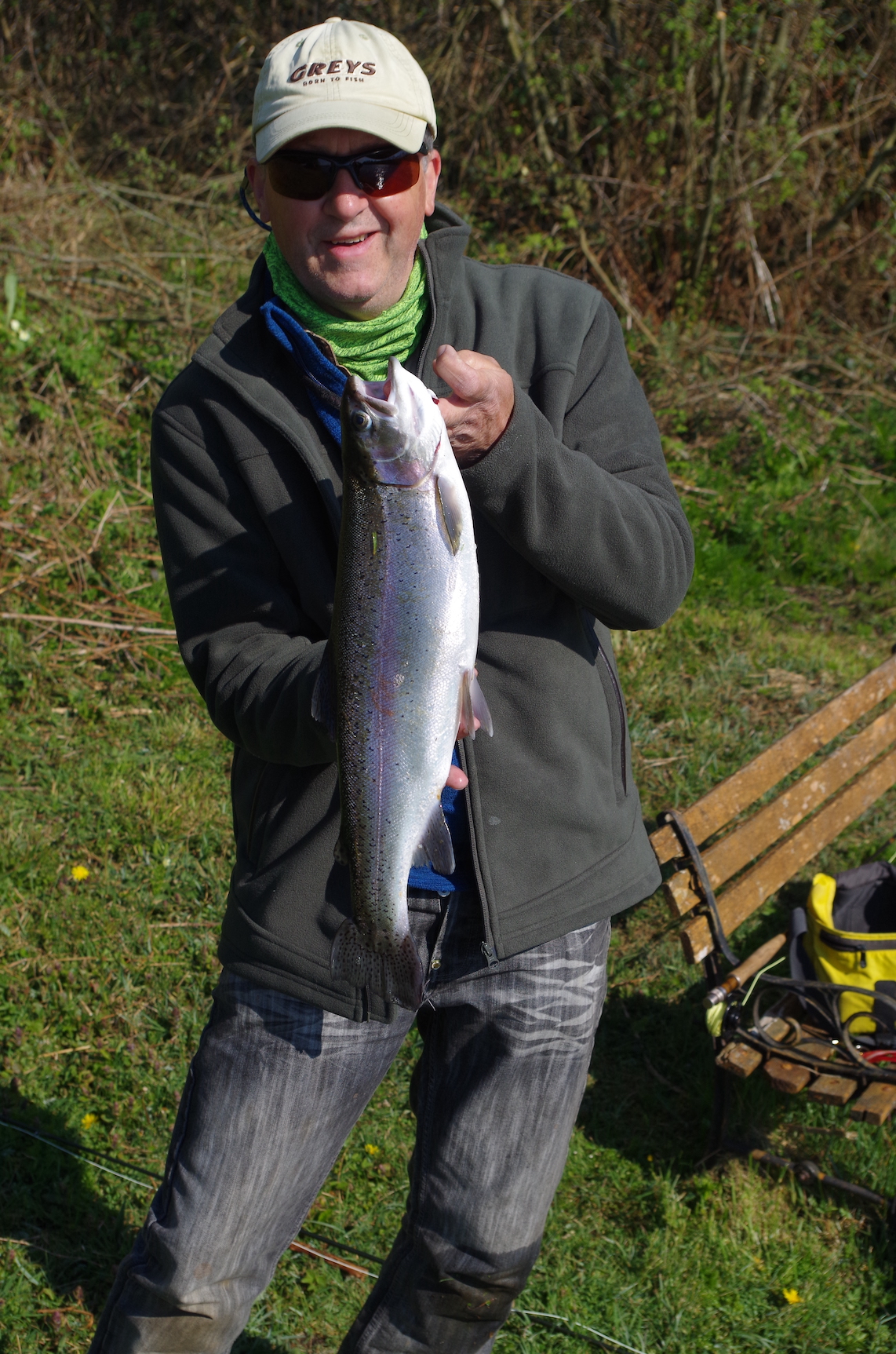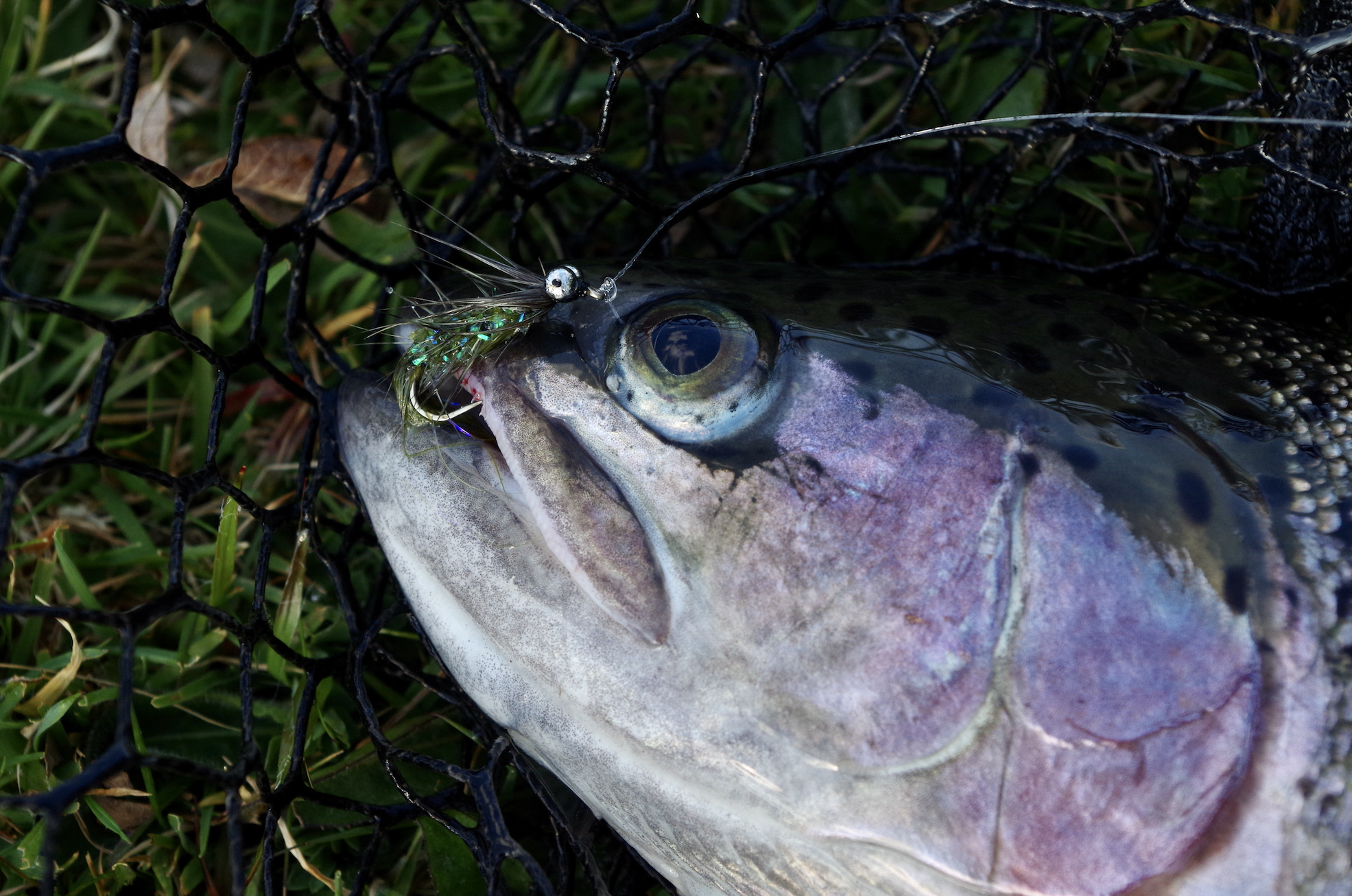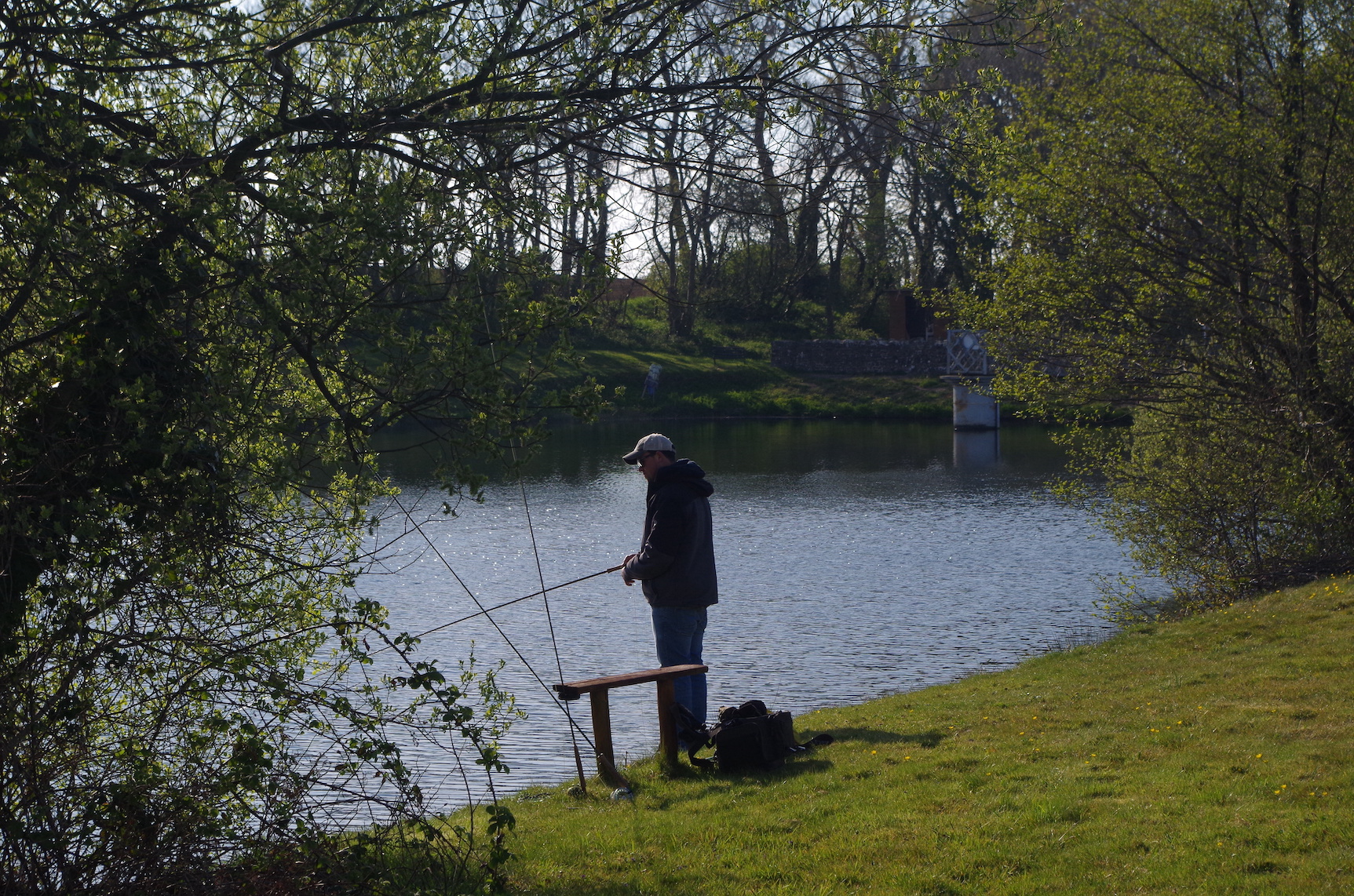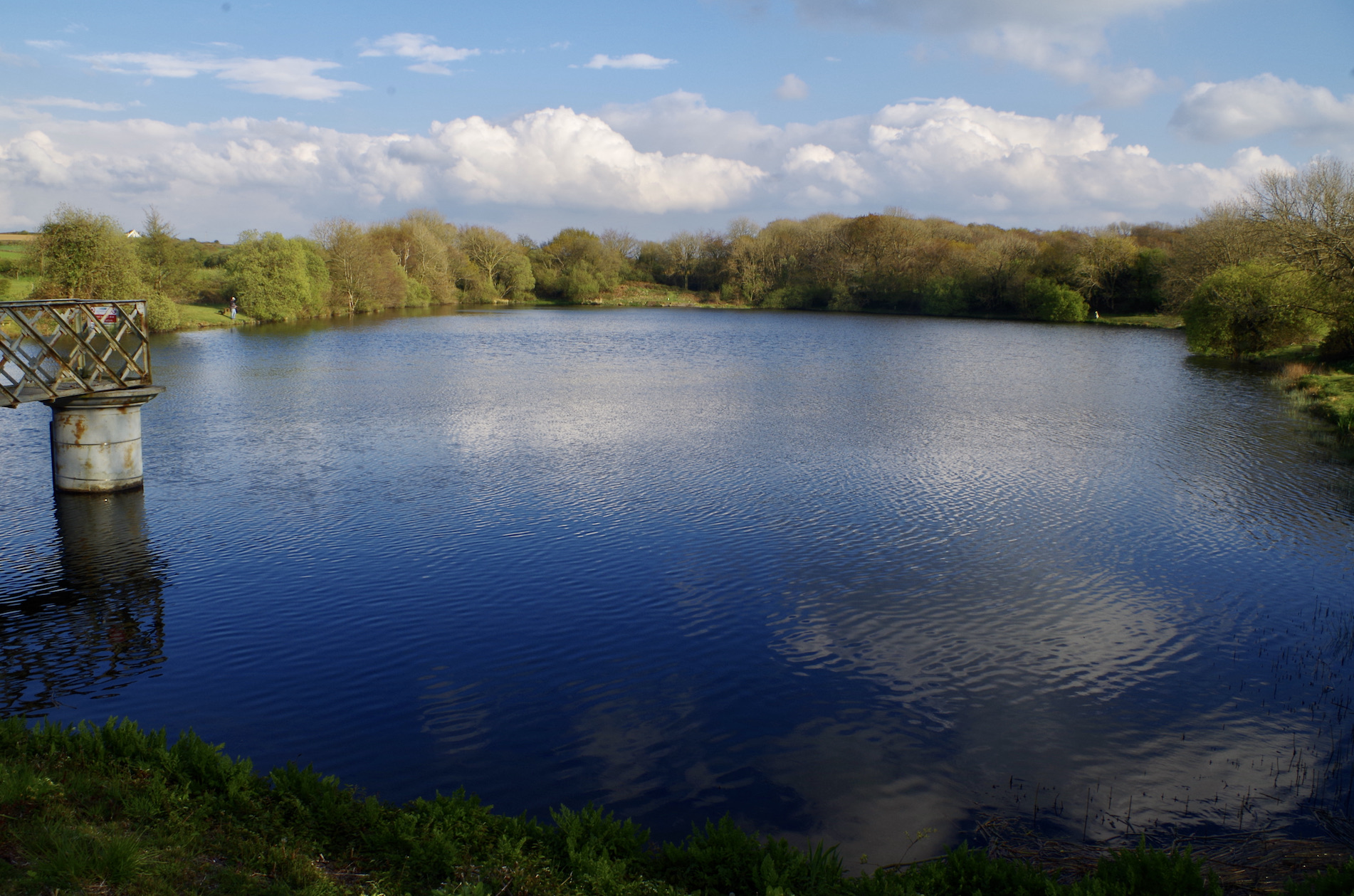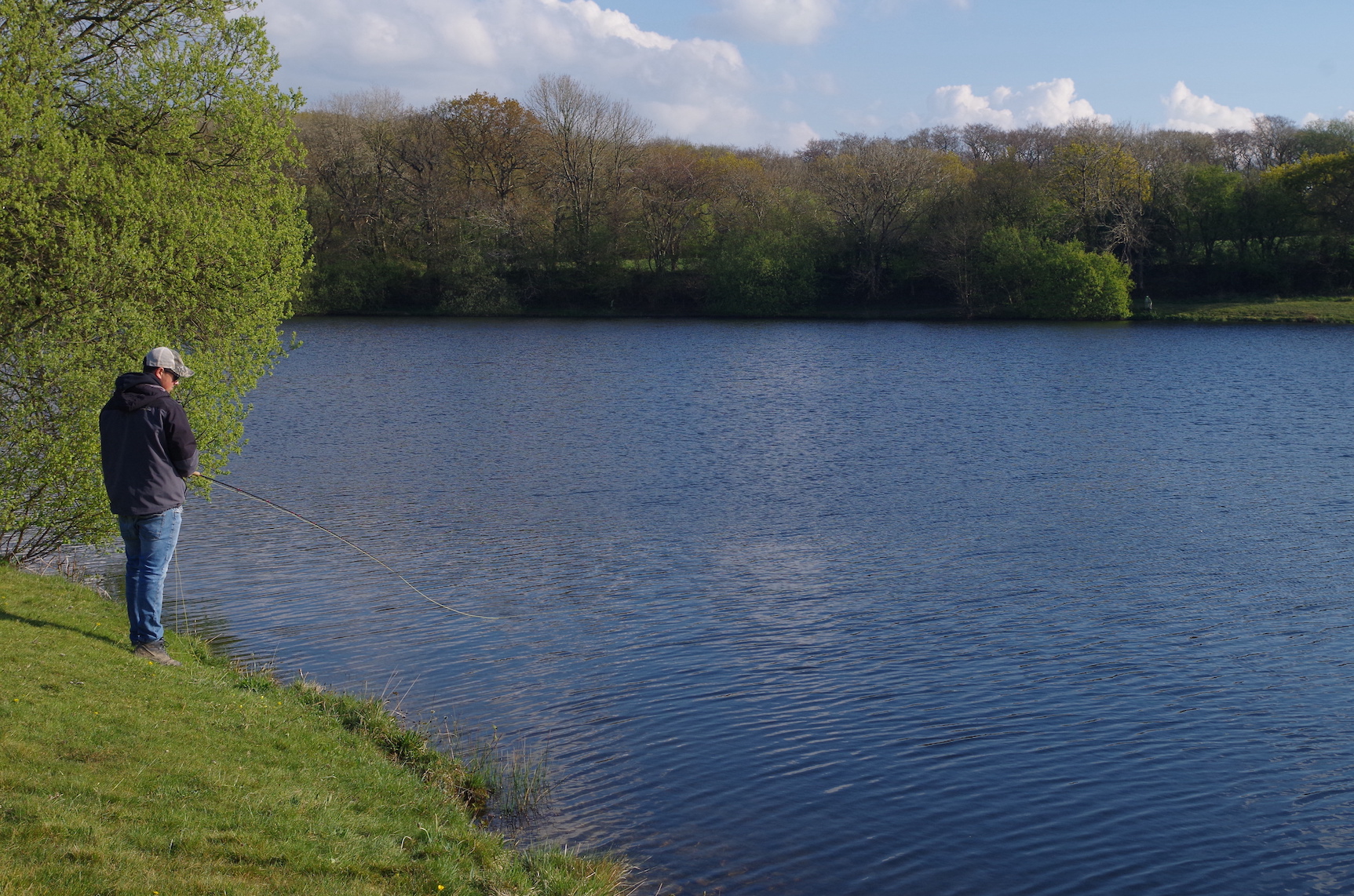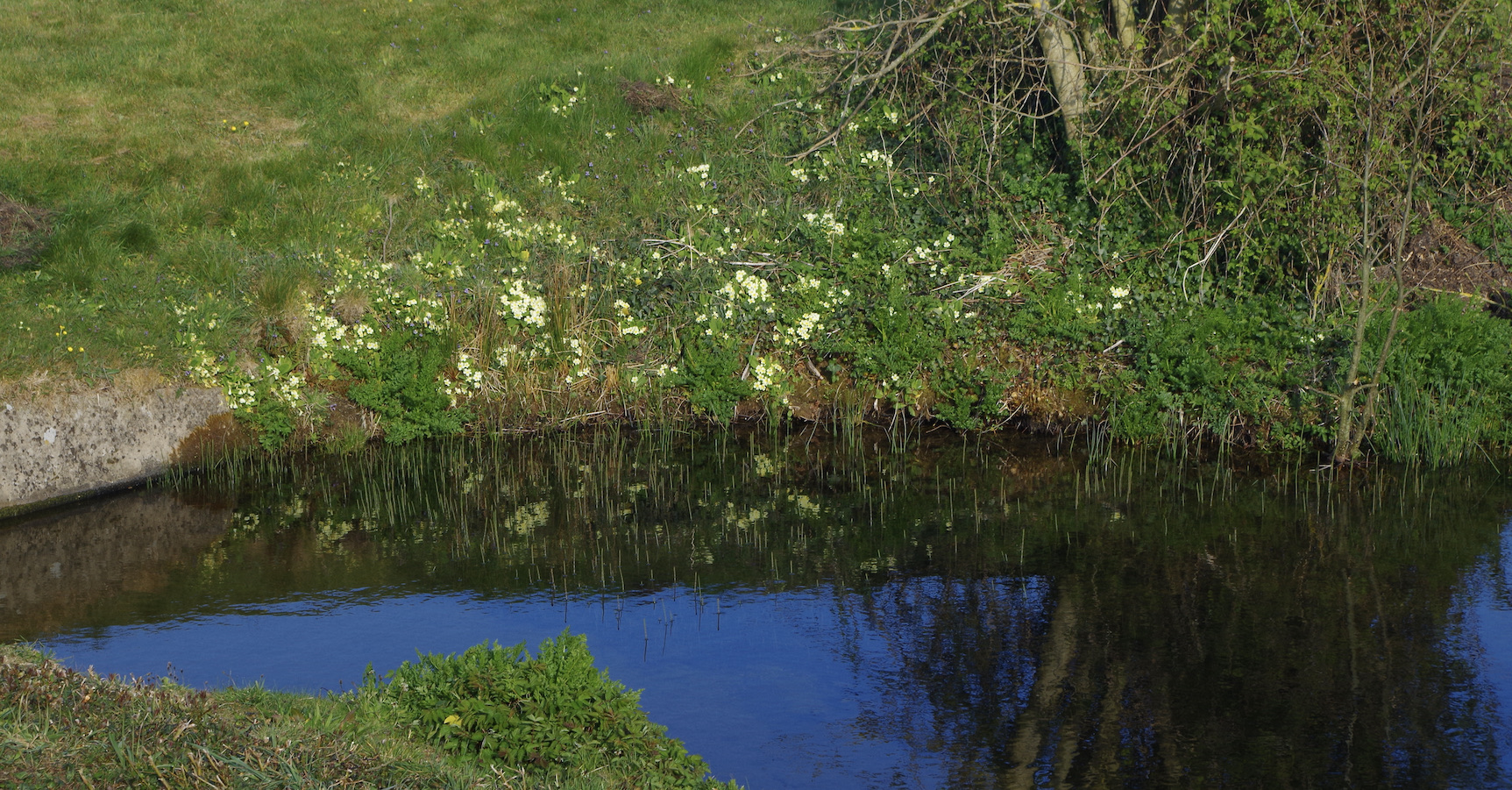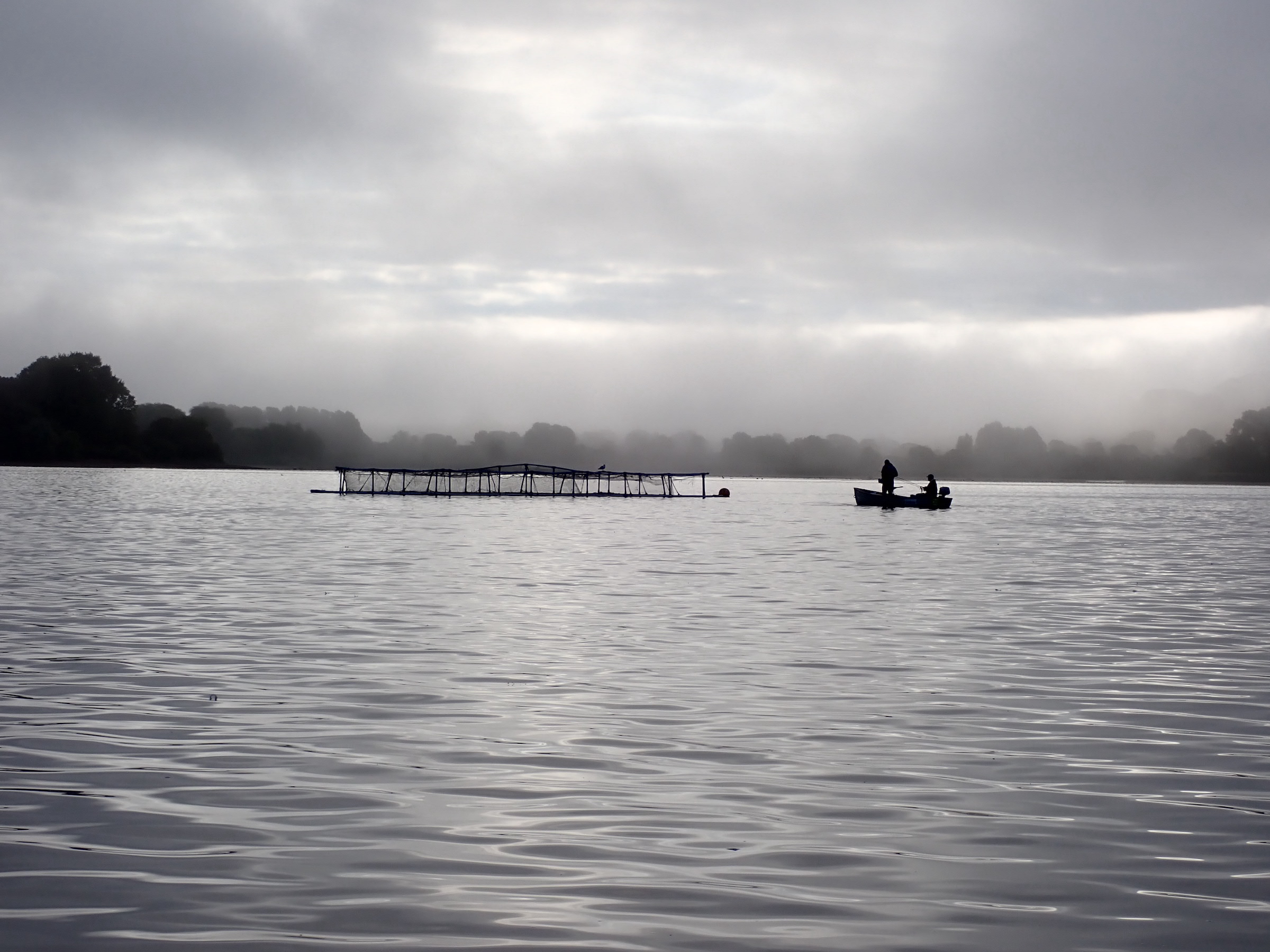
The calm expanse of Chew Valley Lake on an Autumn morning is an inspiring location to start a day if you are an angler. I have fished this renowned water on numerous occasions with mixed success but always relish the challenge that it provides. The water renowned for its huge pike brings a mixed response for as with all famous waters it brings with it the politics and traits of human nature born of egos and a desire to succeed.
I first fished the water for pike during the season it first opened to this branch of the sport and remember those early trips with fondness. Early morning breakfasts in the Lodge prior to loading the boats with tackle. The room packed with the big names of the day; legends of the pike and specimen angling world.
Even then the fishing wasn’t always easy despite the headlines in the angling press. Plenty of twenties, lots of thirties and even a few forties. These fish made the news but nobody read of the blank sessions that demoralised those who went to the lake expecting the fish of their dreams.
The seasoned specimen hunter eagerly spent hours on the phone trying to secure a day on the water that is presently run by Bristol Water. In those days there was a certain amount of friction between the trout fishers and the pikers. Fortunately, I think those days have to some extent gone as the angling world contracts and different disciplines to some extent diverge.
I had joined an online Facebook Group named the Fluff Chucker’s after speaking with my good friend Bruce Elston who is like me an all-round angler and occasional fly fisher. A species competition at Chew Valley Lake armed with the Fly Rods sounded fun so I messaged Bruce and suggested we give it a try.
And so, we found ourselves at Chew Valley Lake as the morning mist lifted from the water and low cloud hung in the autumn sky. An eager group of anglers assembled tackle and climbed into the flotilla of boats. The lakes surface was mirror calm with barely a breath of wind.
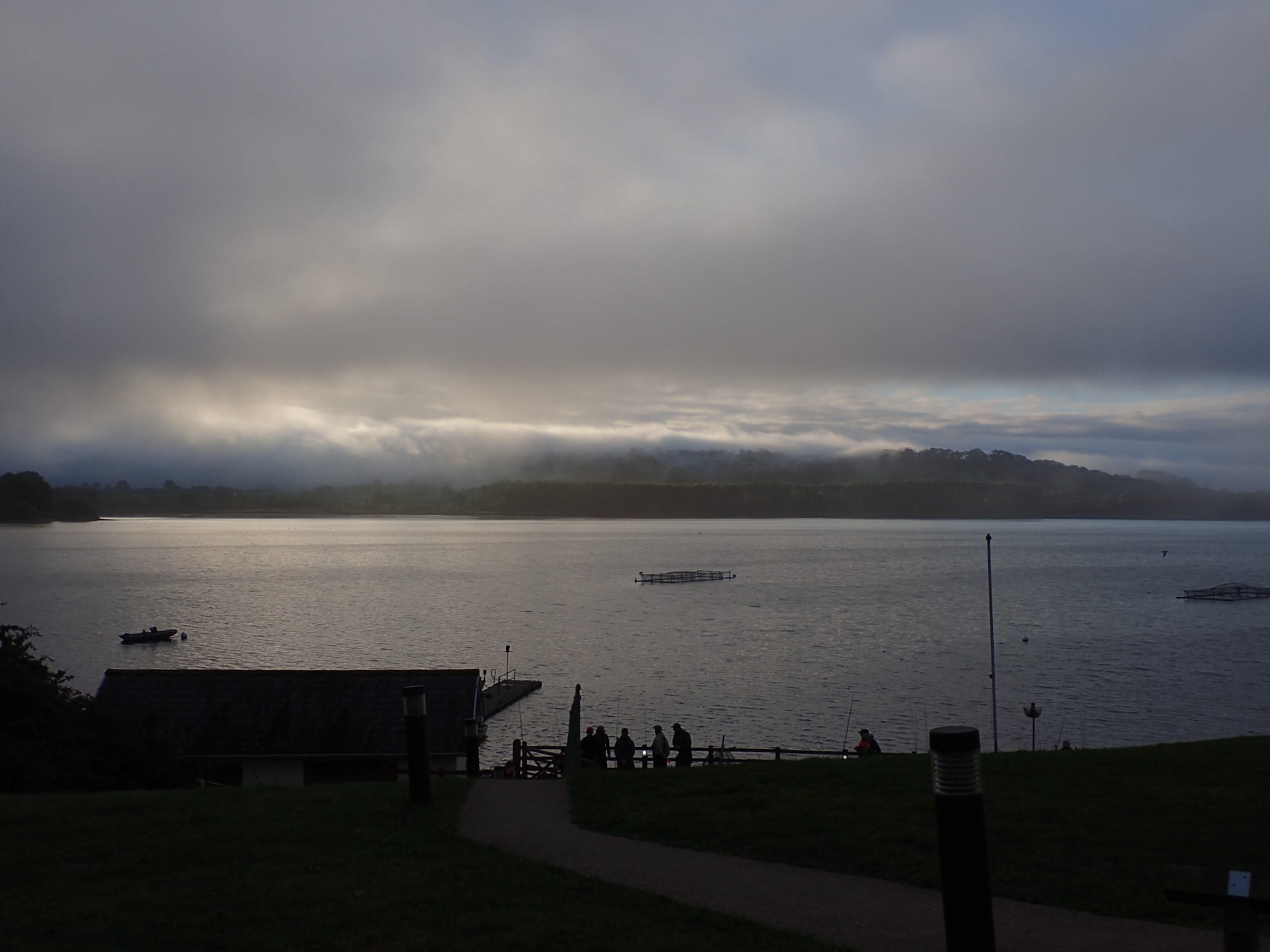
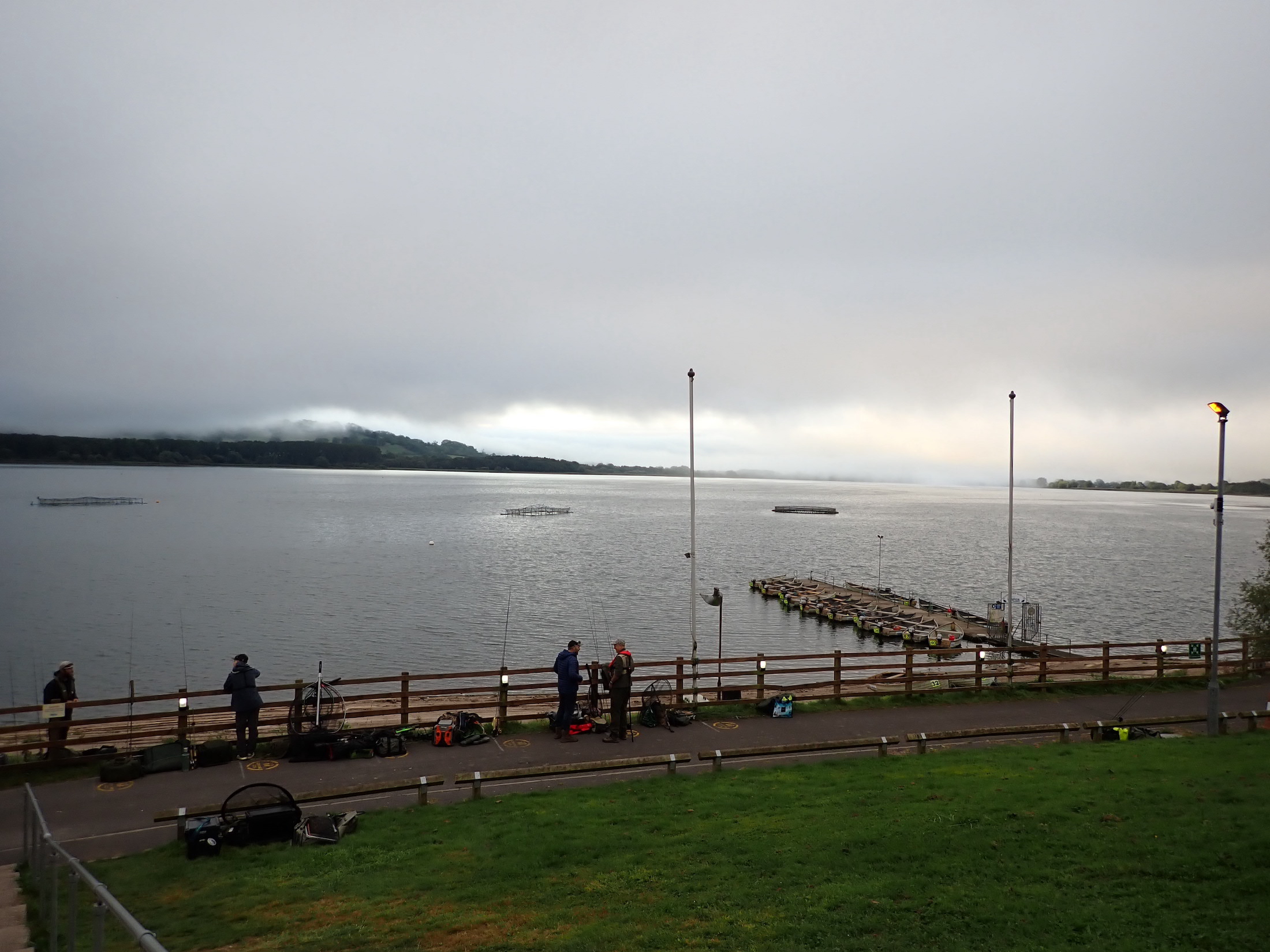
The boats headed off to various areas of the water as anglers used their intimate knowledge of the lake or followed their instincts. Bruce and I were somewhere between the two as we had both fished the lake on numerous occasions and knew the topography well.
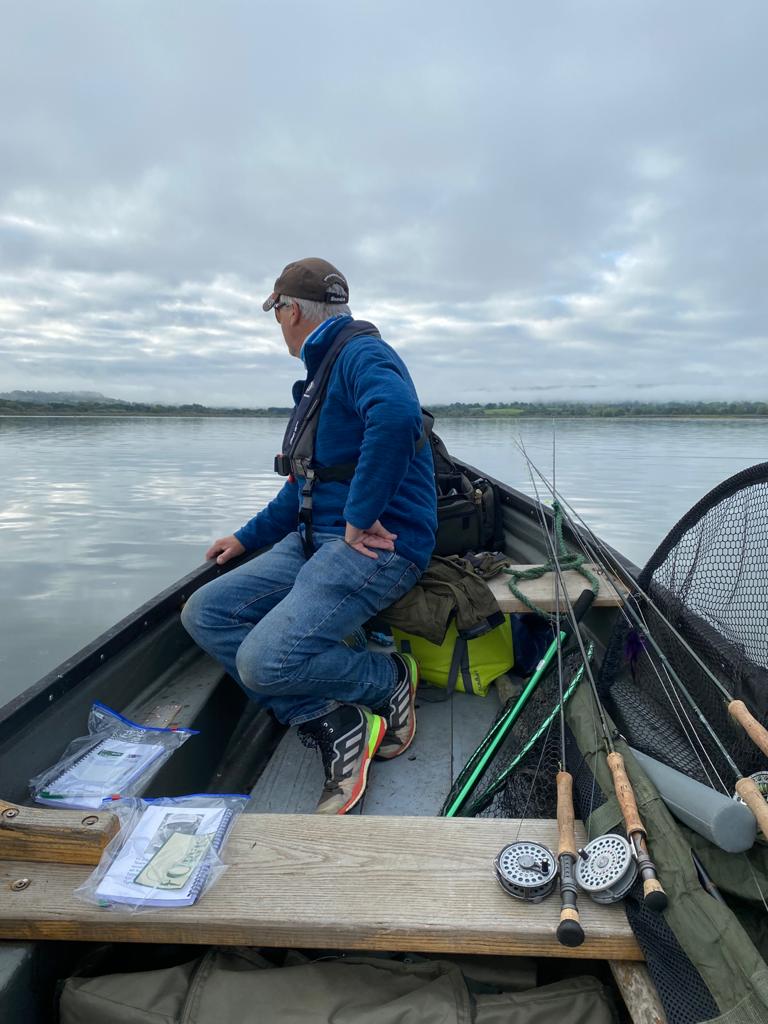
We spent the first hour exploring the deep water in front of the Lodge hoping for a perch or trout without success. Deciding that we should get a pike under our belts we headed off to fish the shallower weedy areas where we expected to find the pike.
Casting a big pike fly into the vast waters of Chew Valley Lake is always filled with expectation and hope. The fish of dreams dwell within and each cast has the potential to connect so it is always particularly thrilling when the line draws tight as a pike hits the fly.
It only took a few casts before that exhilarating pull came as a jack hit the fly giving a spirited tussle before sliding over the rim of Bruce’s capacious net.
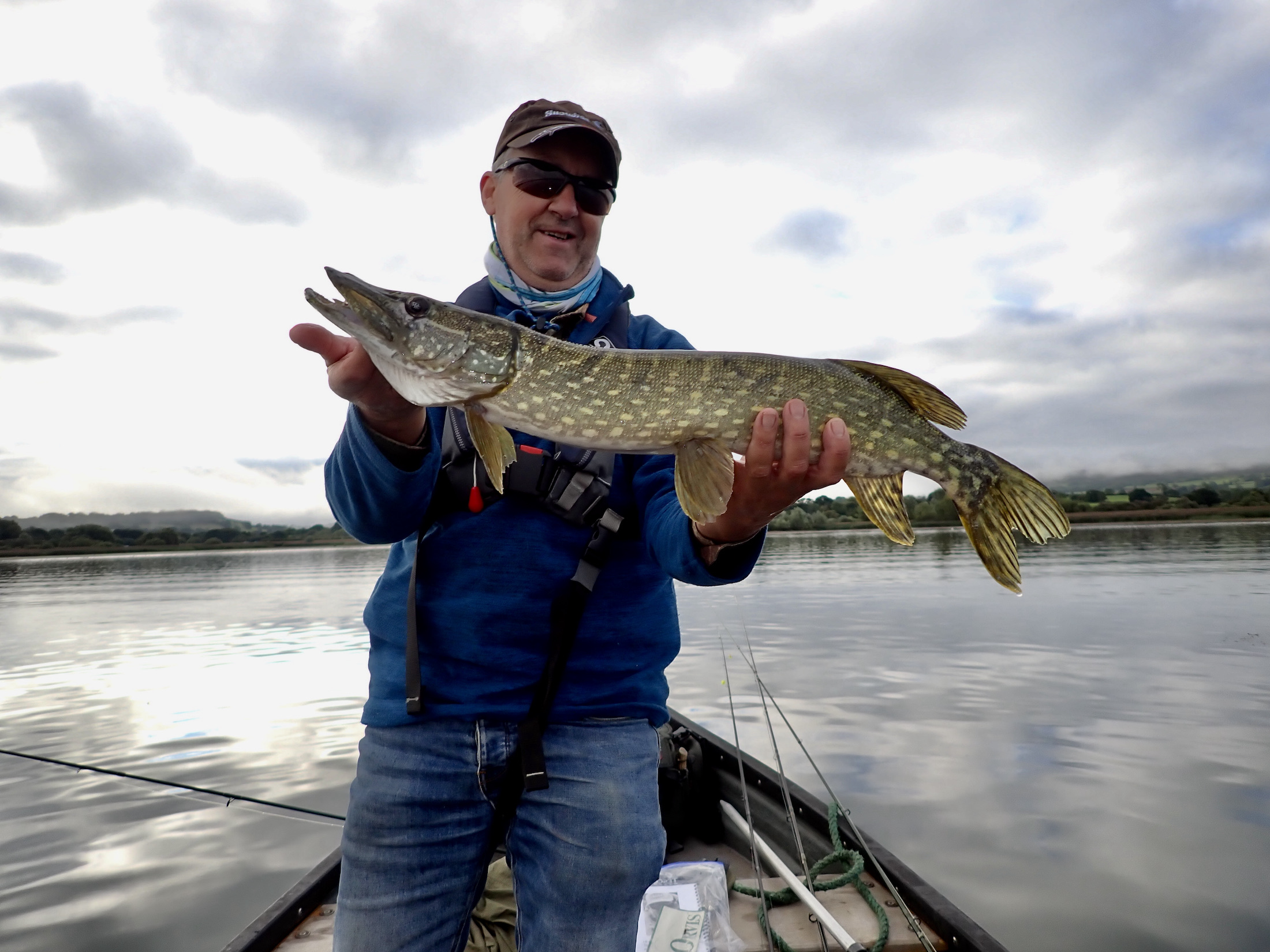
Pike came steadily to our flies throughout the day. I used a large black lure with marabou that pulsed tantalizingly as it was retrieved. Bruce swapped and changed using various pike fly patterns tempting several pike throughout the day. To be honest I’m not too convinced the choice of fly is that important when targeting pike. I just persist with a fly I have confidence in hoping I drop it in front of a feeding pike. Depth, speed of retrieve probably more important than the actual pattern?
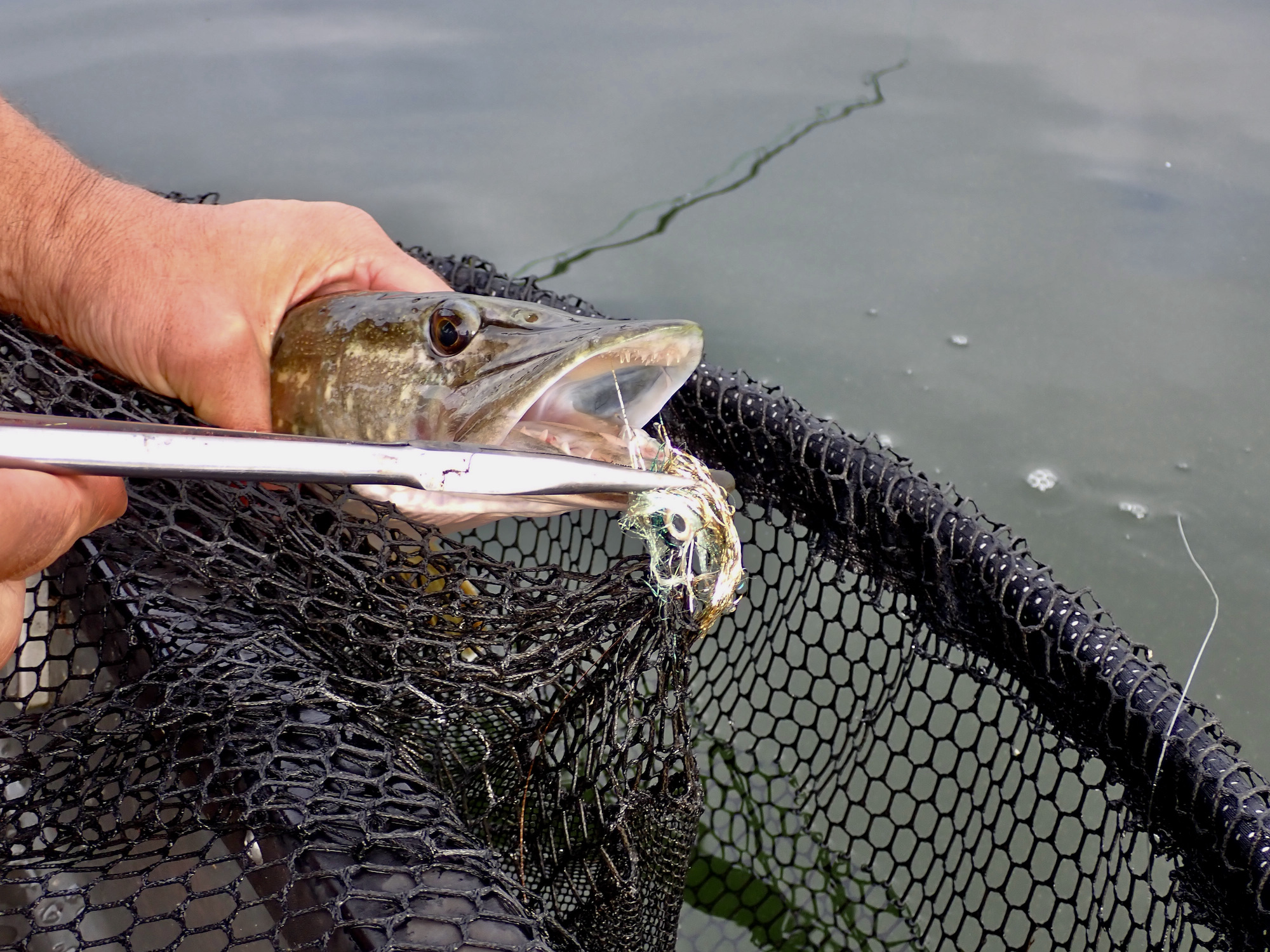
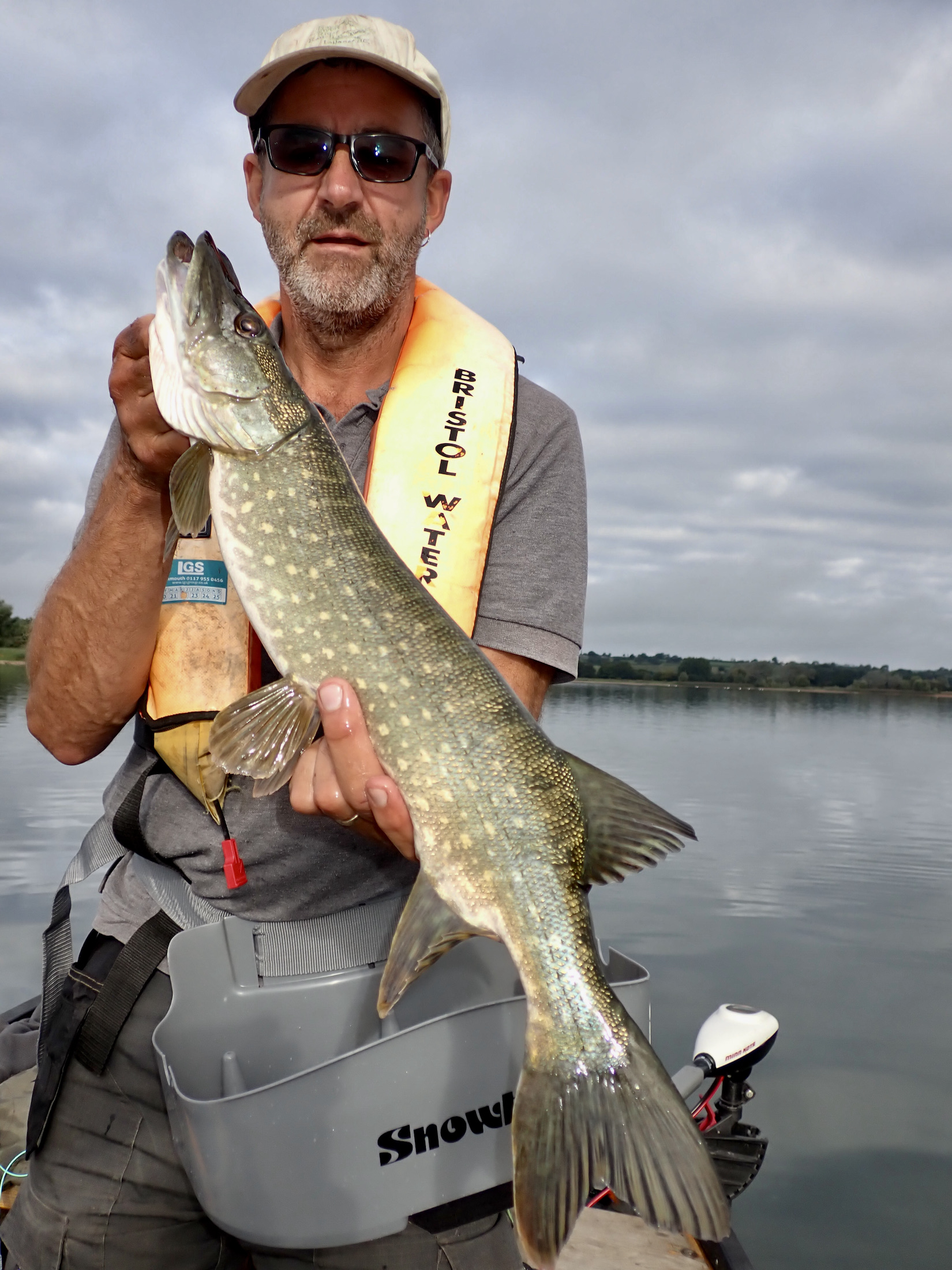
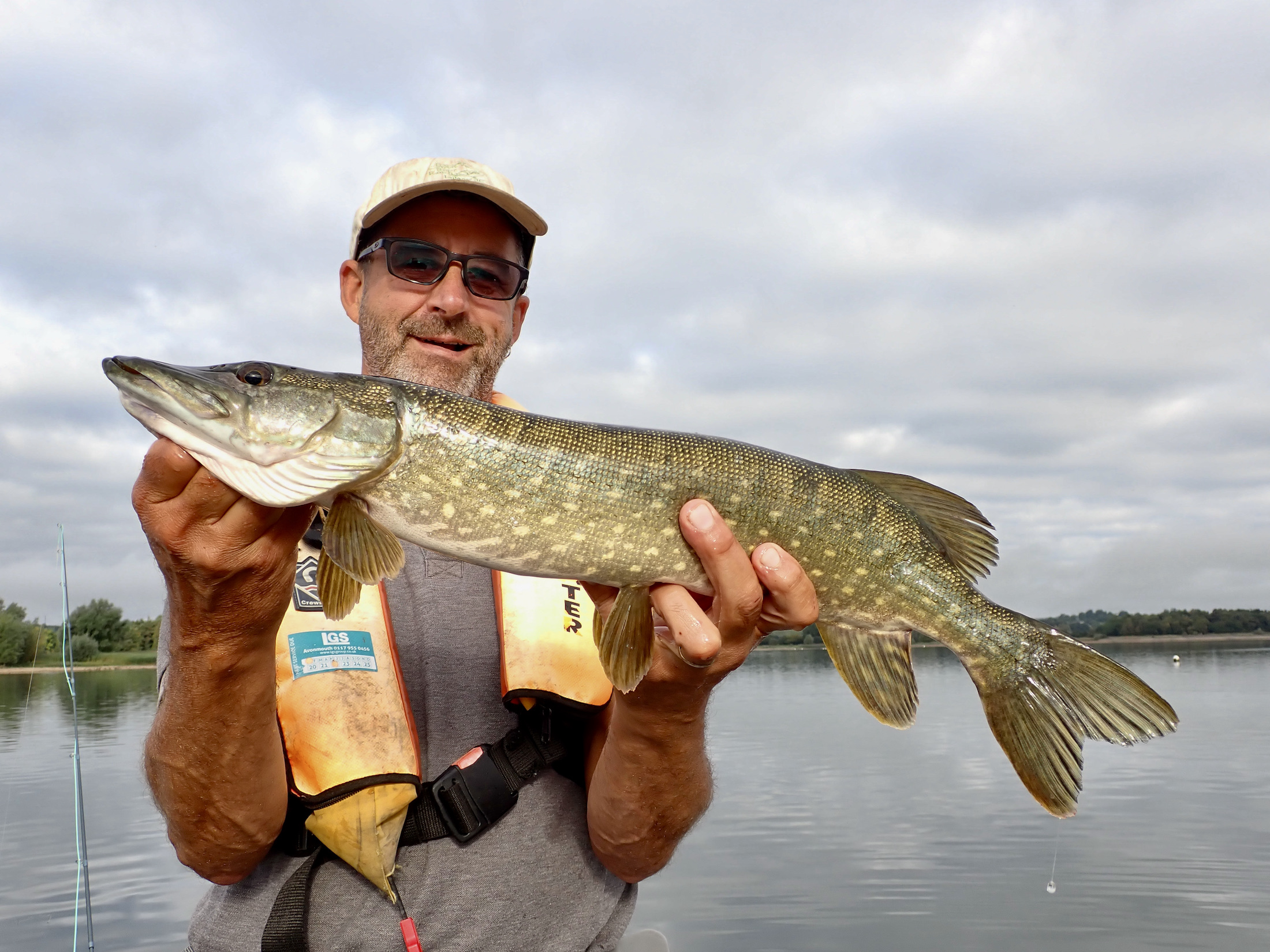
We ended up sharing a haul of eight pike between us nothing over 5lb but good fun.
The trout proved harder to tempt. Bruce had a rainbow chase a large white pike fly which inspired me to try stripping a white cat’s whisker. Bang! A hard fighting rainbow trout of just under 3lb.
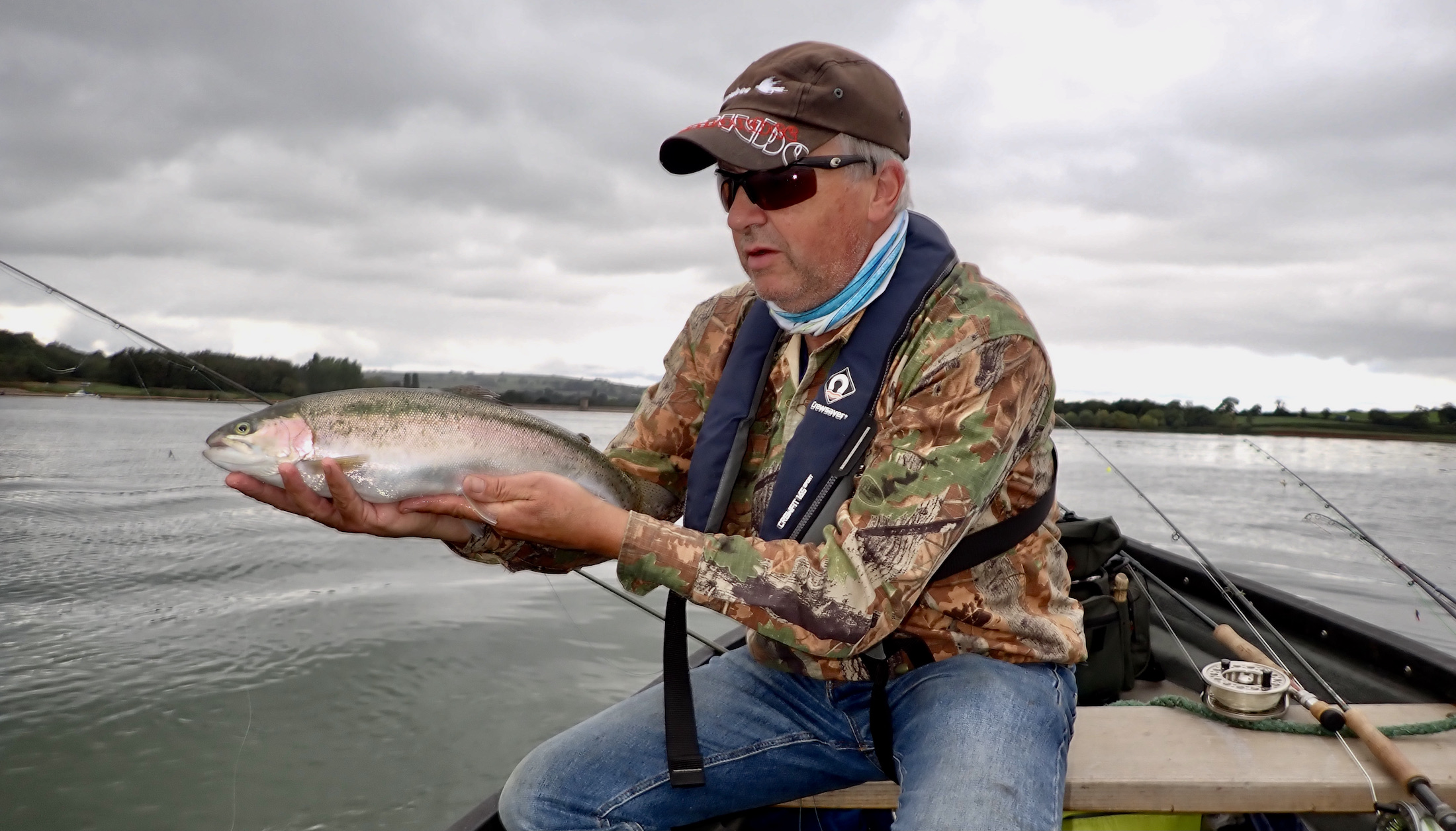
A steady stream of posts appeared on the phones telling of big pike and a few rainbows. The thought of that big pike lurking in wait somewhere kept us fishing hard until the competition closed at close to 5:30pm.
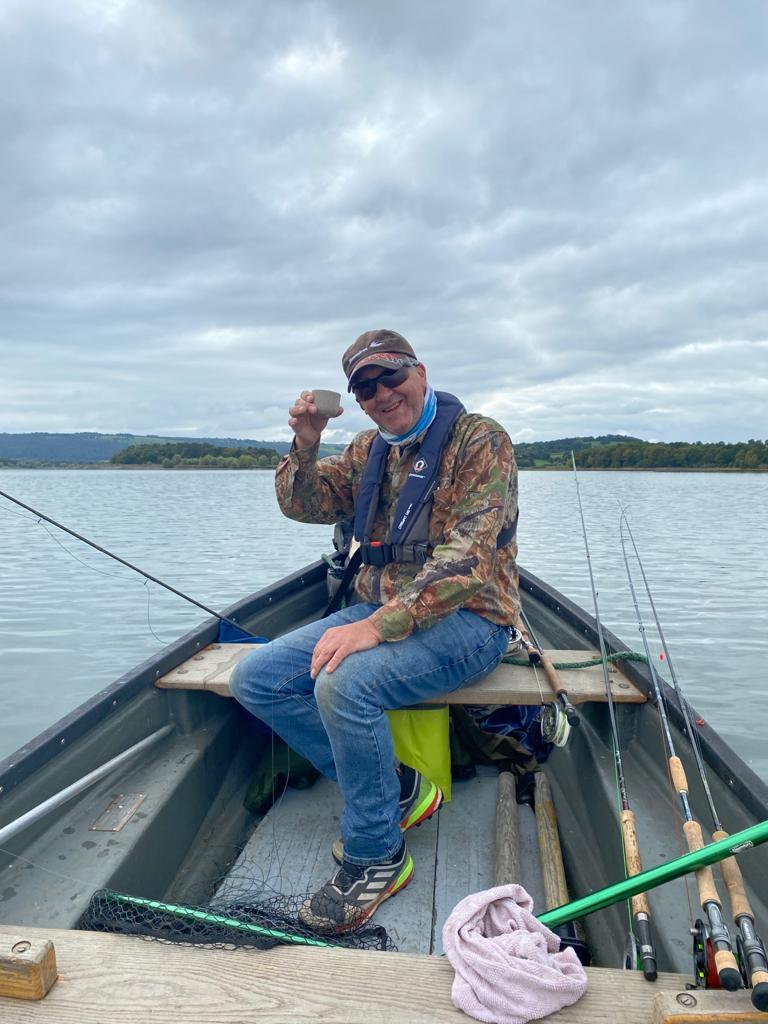
By now I think most anglers knew the result. The biggest pike caught was an impressive 28lb. Many thanks to Rodney Wevill, Jethro Binns, Bristol Water and Orvis for putting the event together.


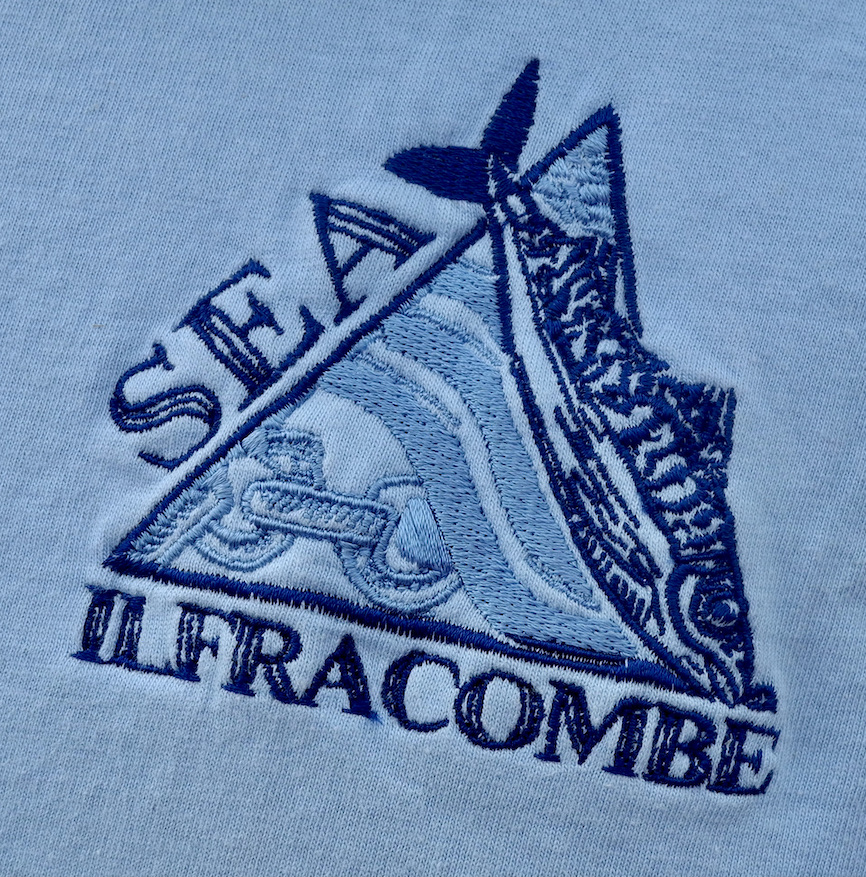
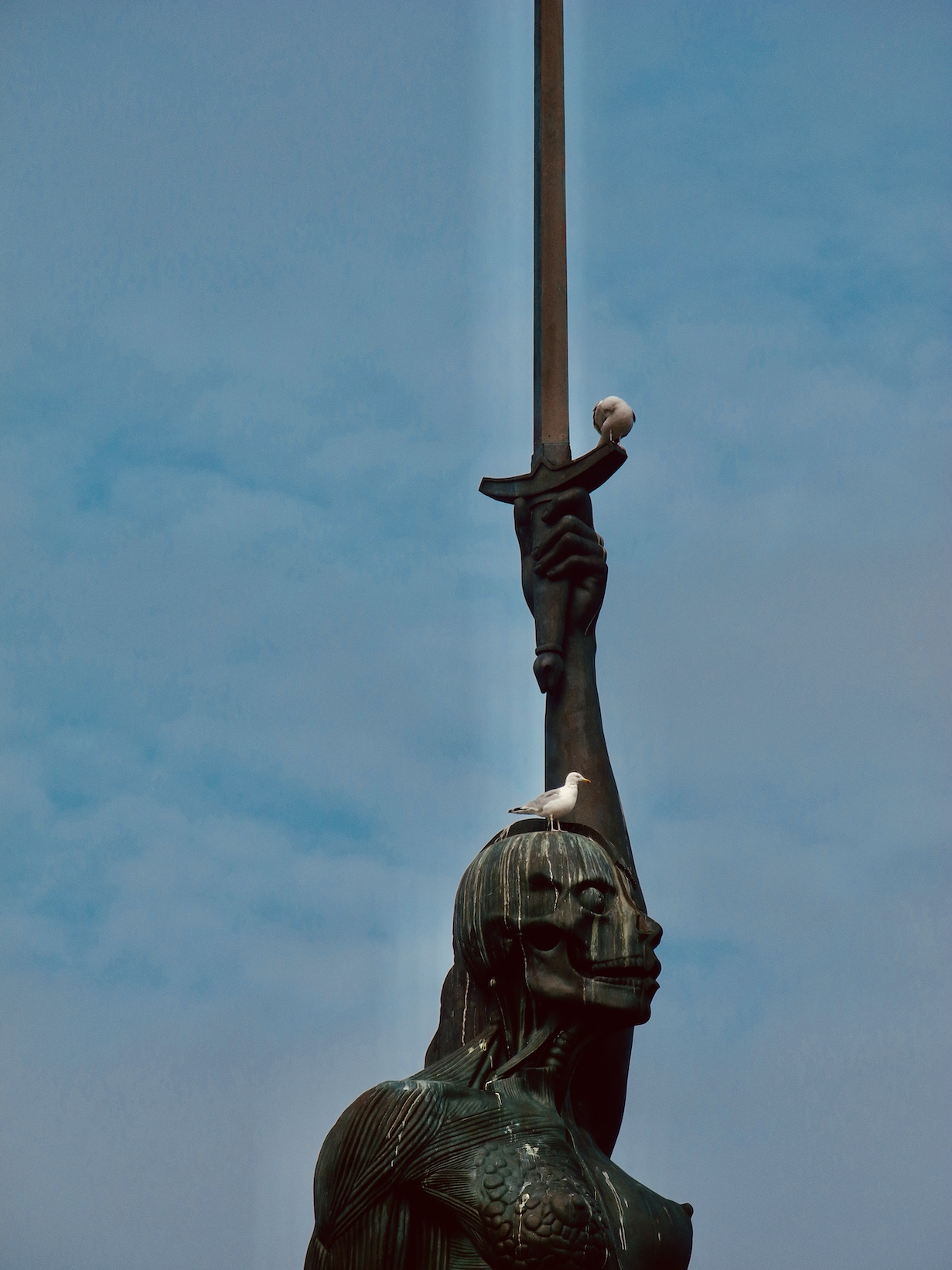
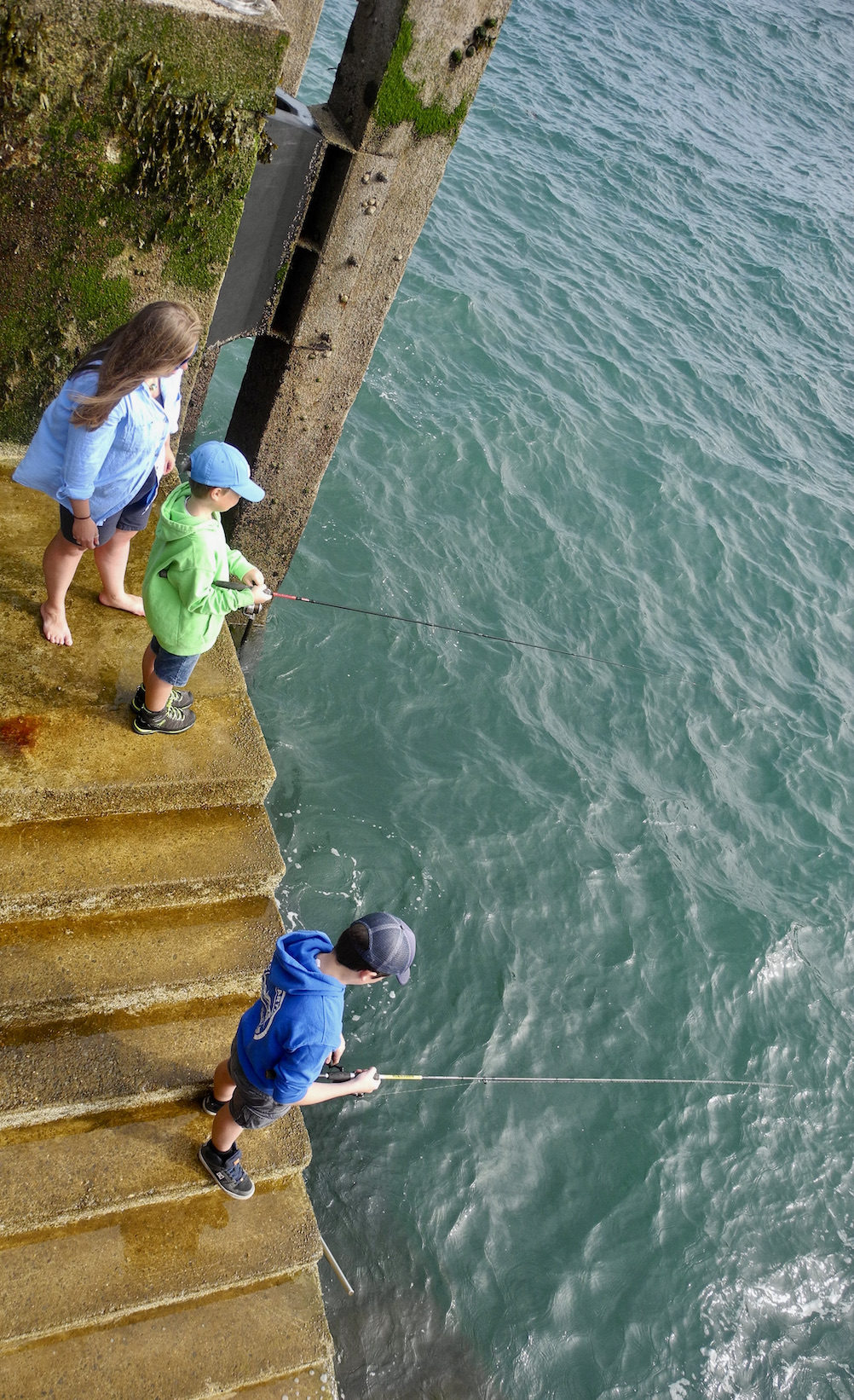
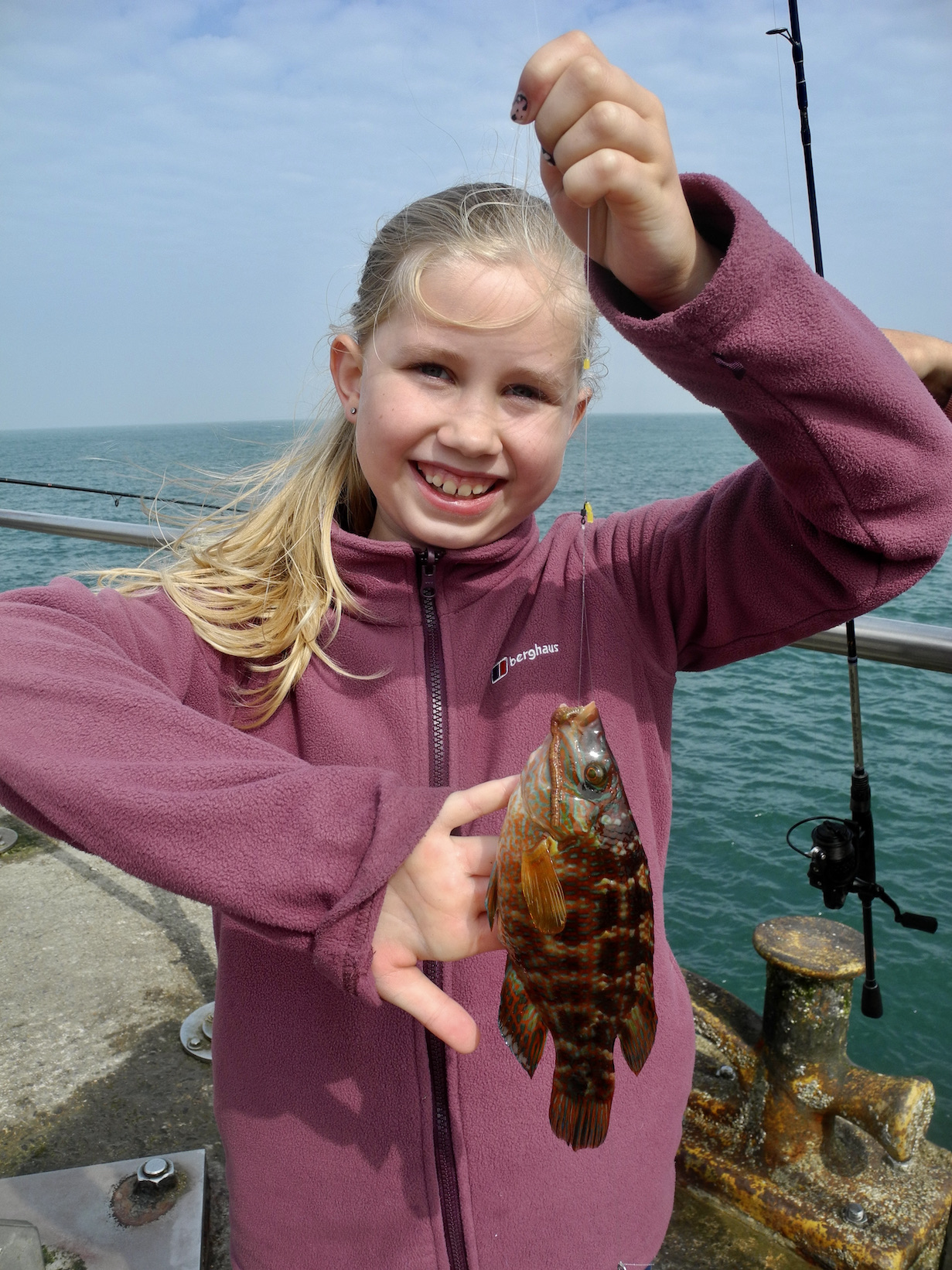
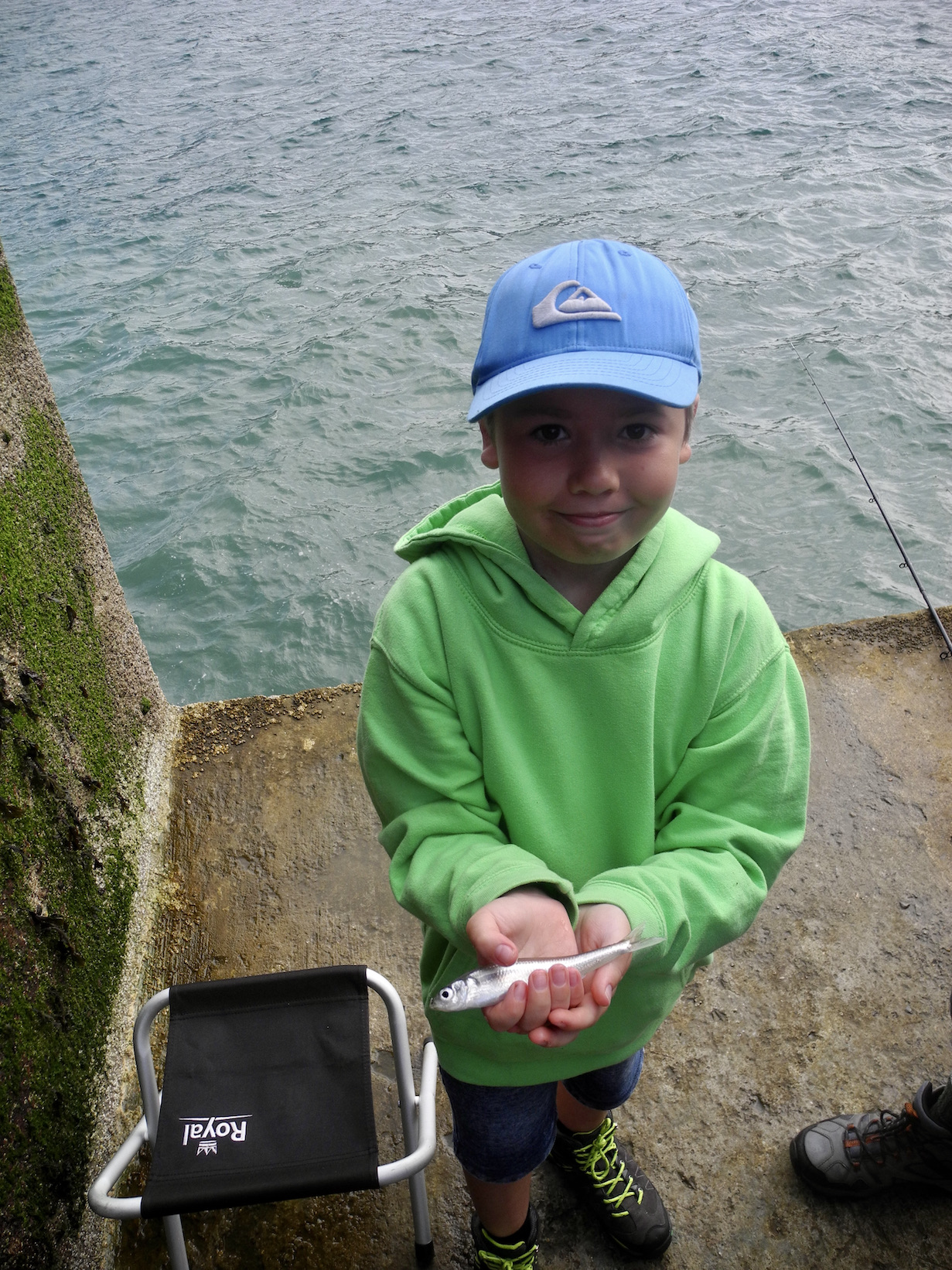
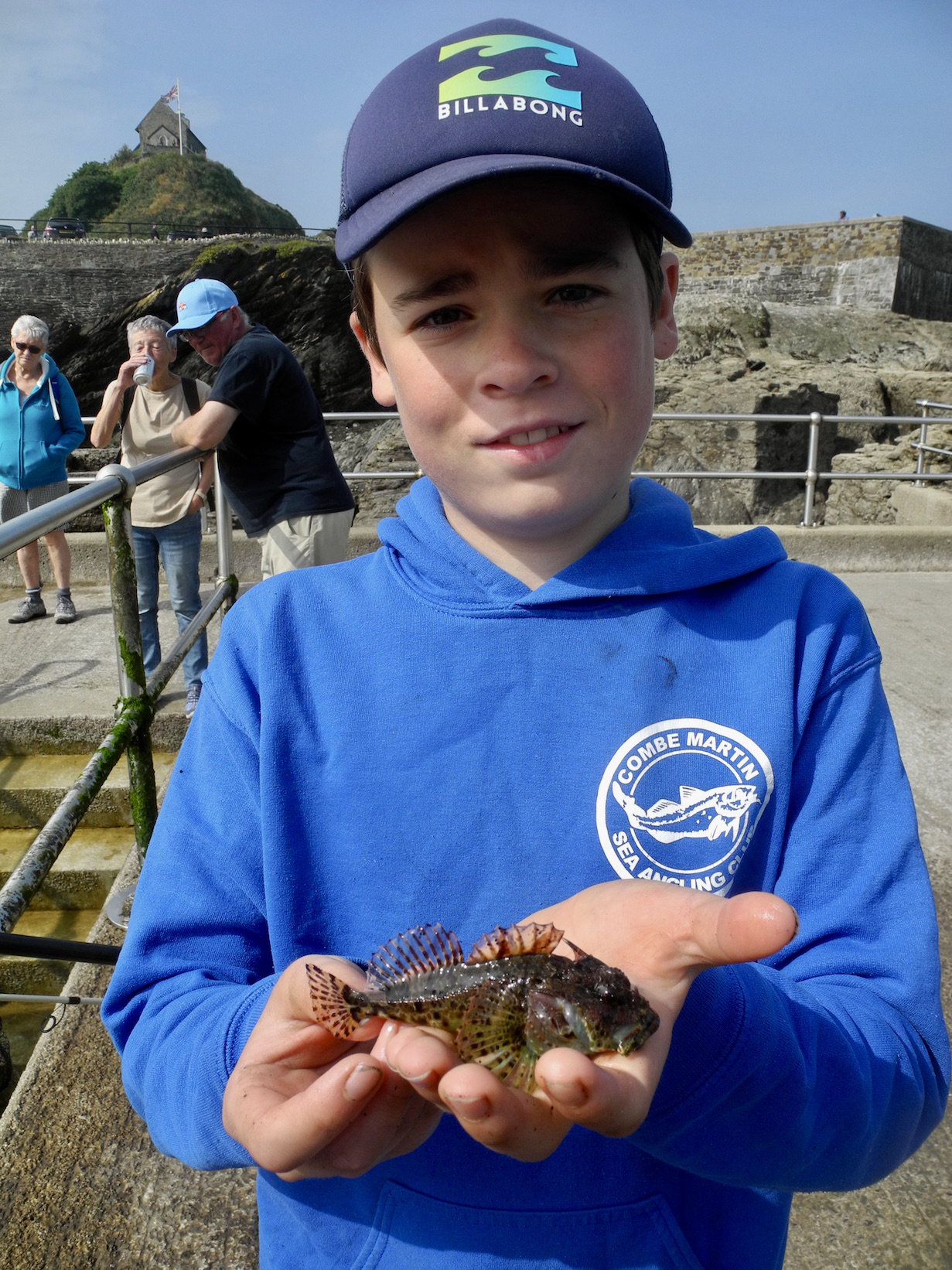
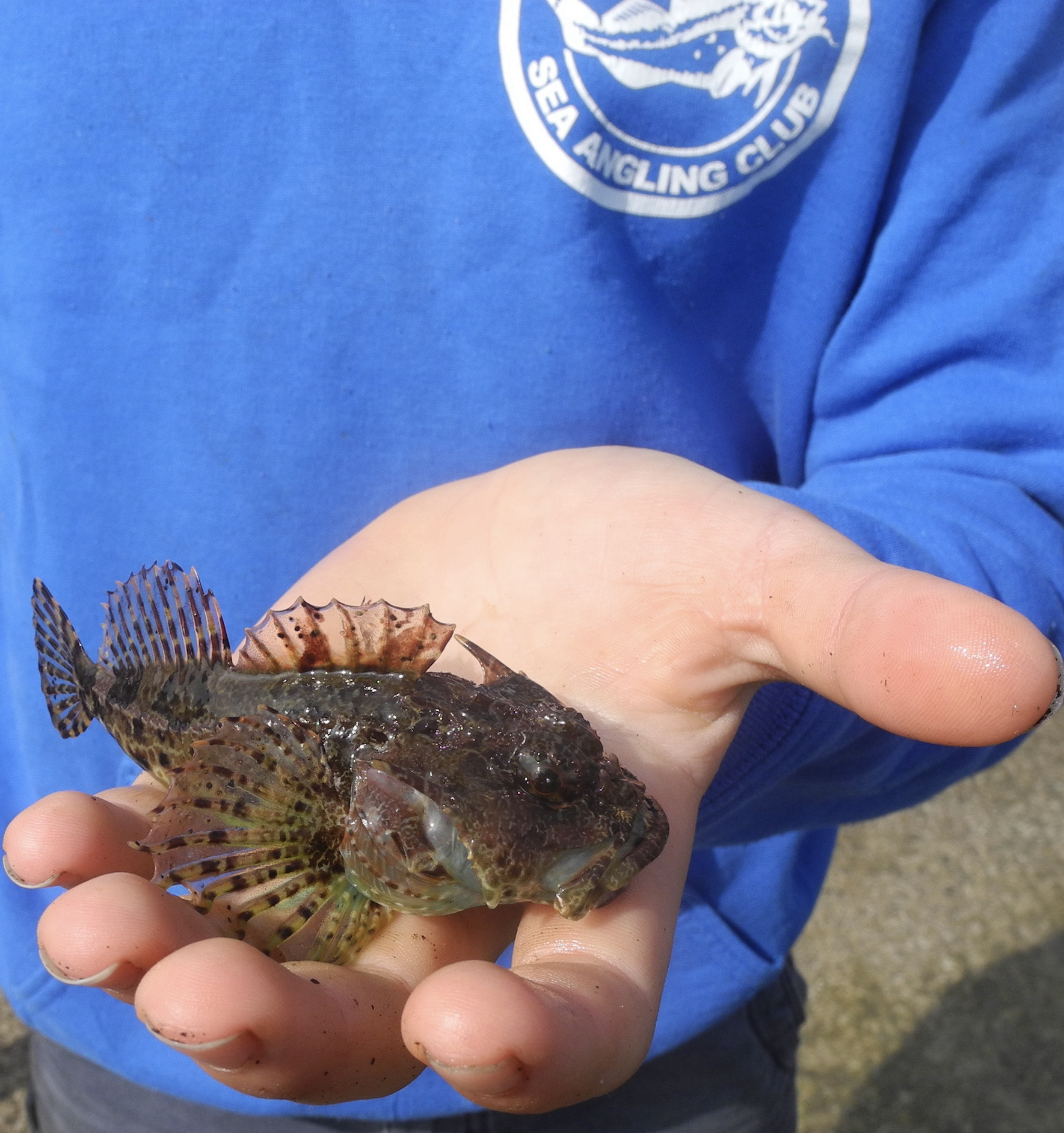
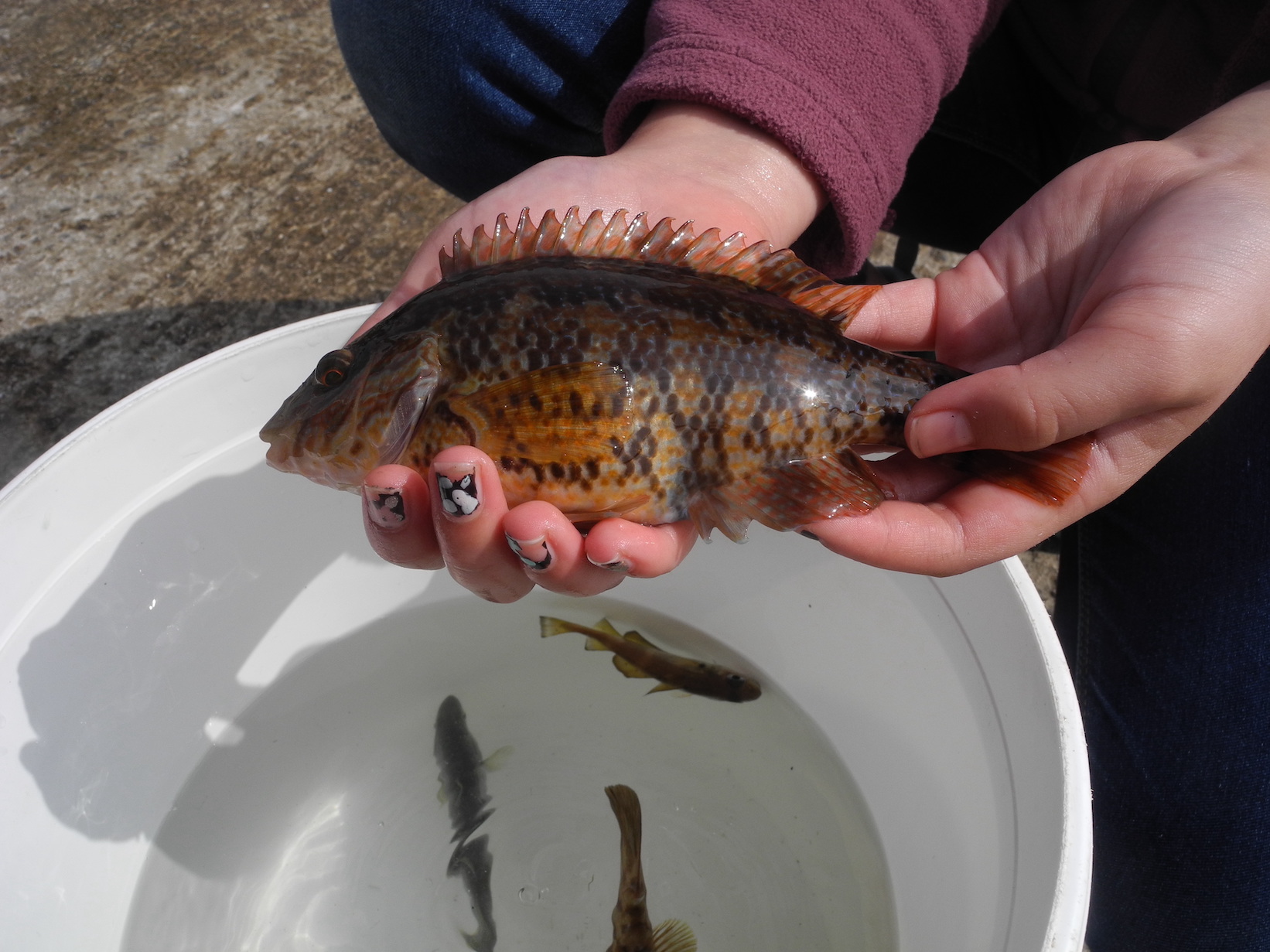
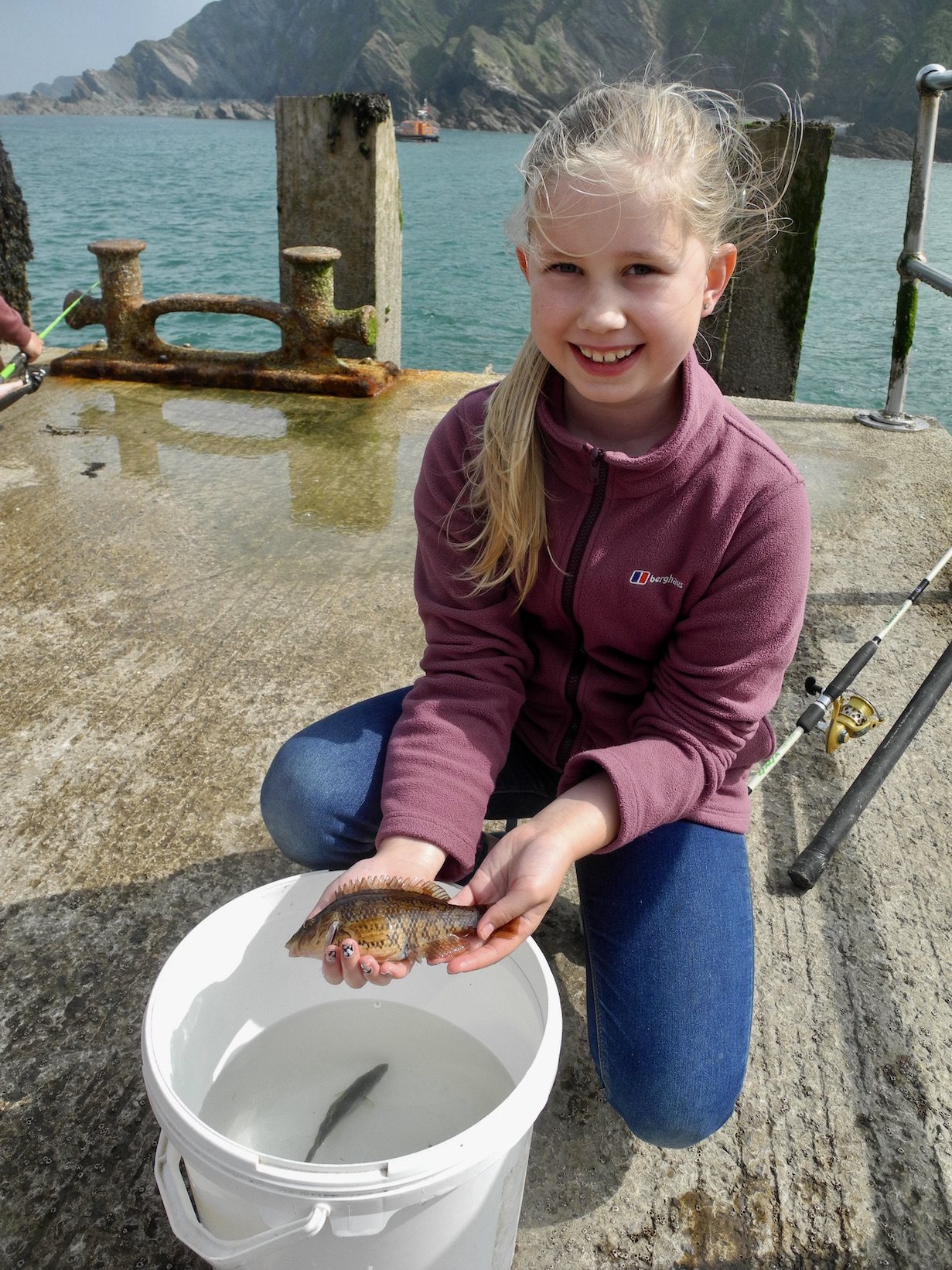
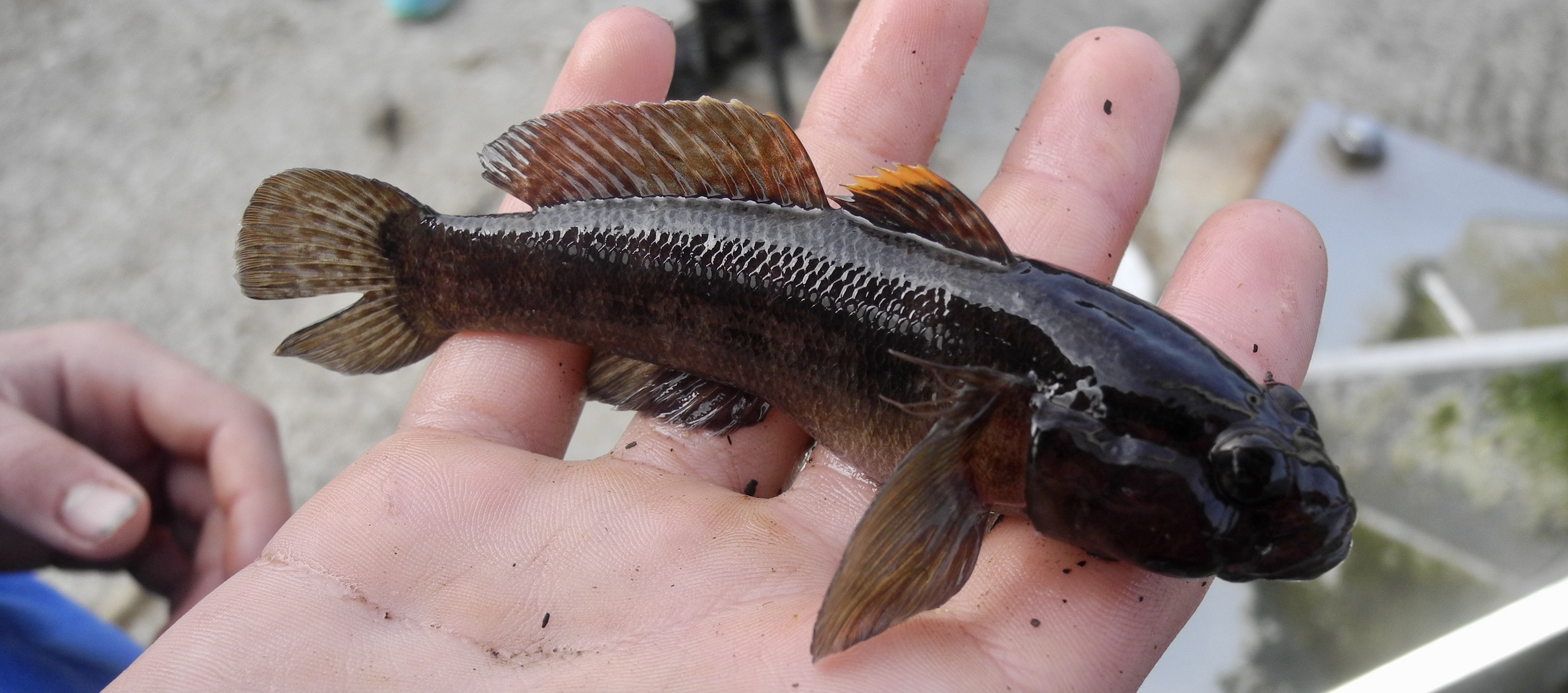
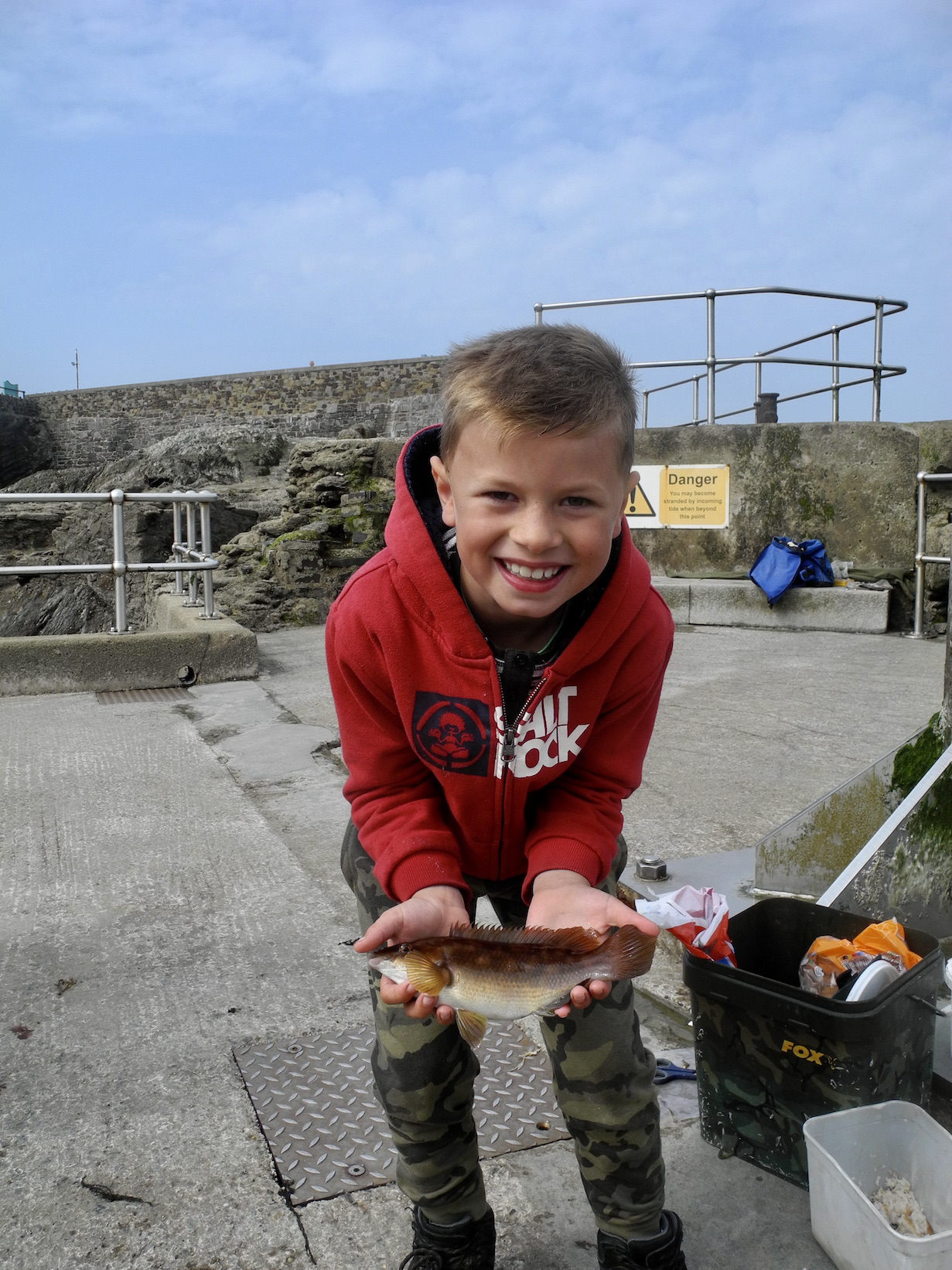
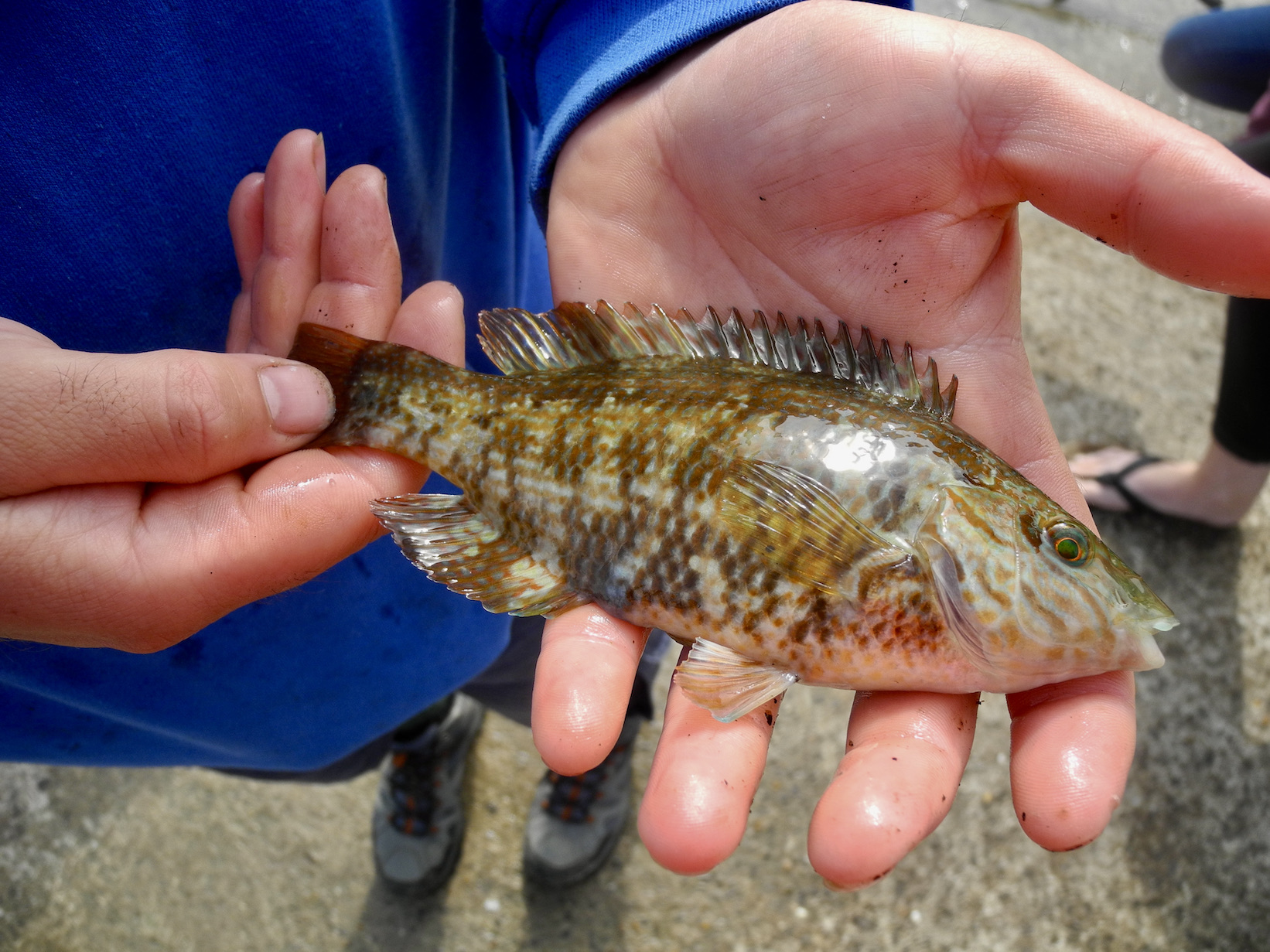
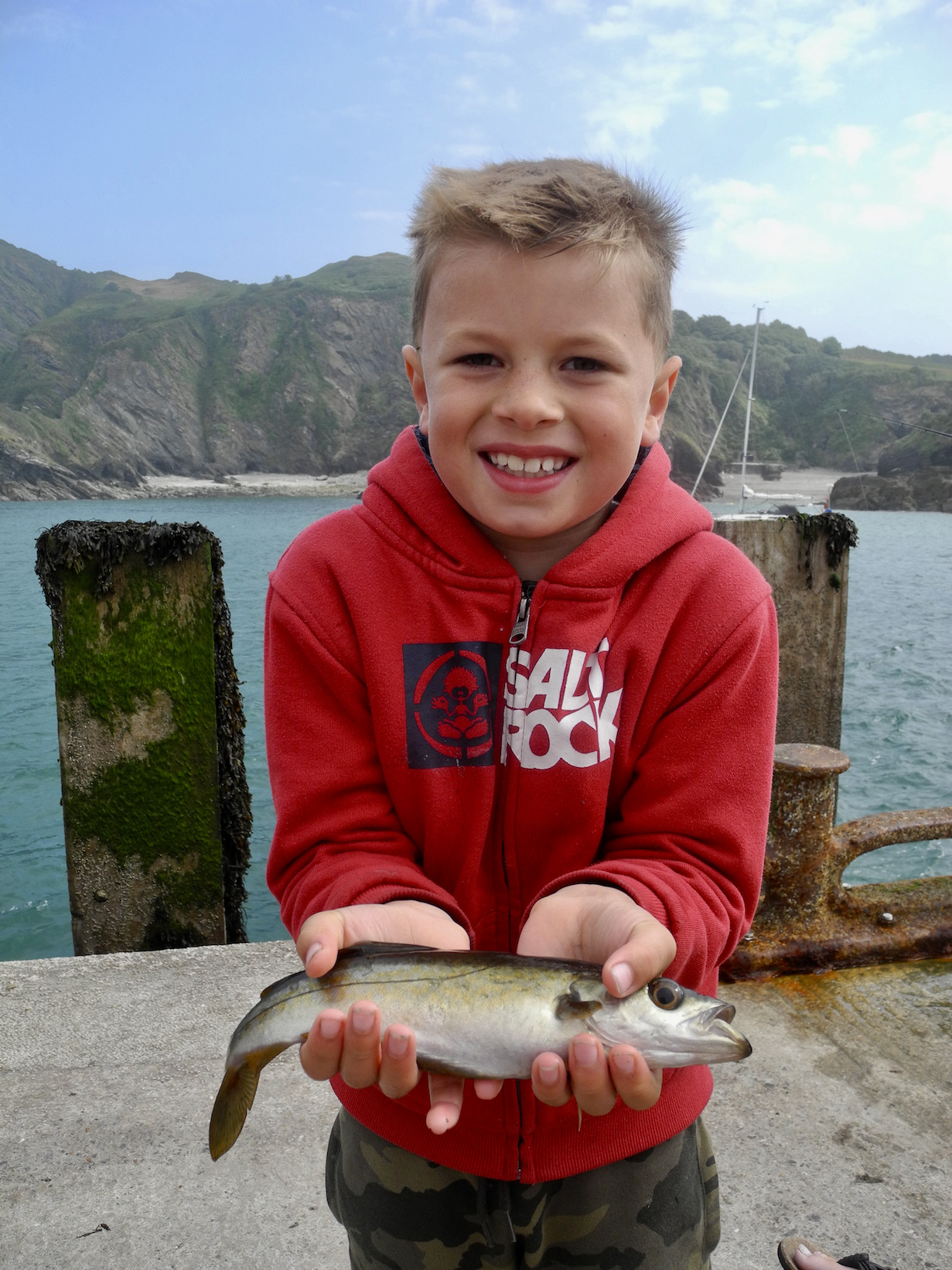
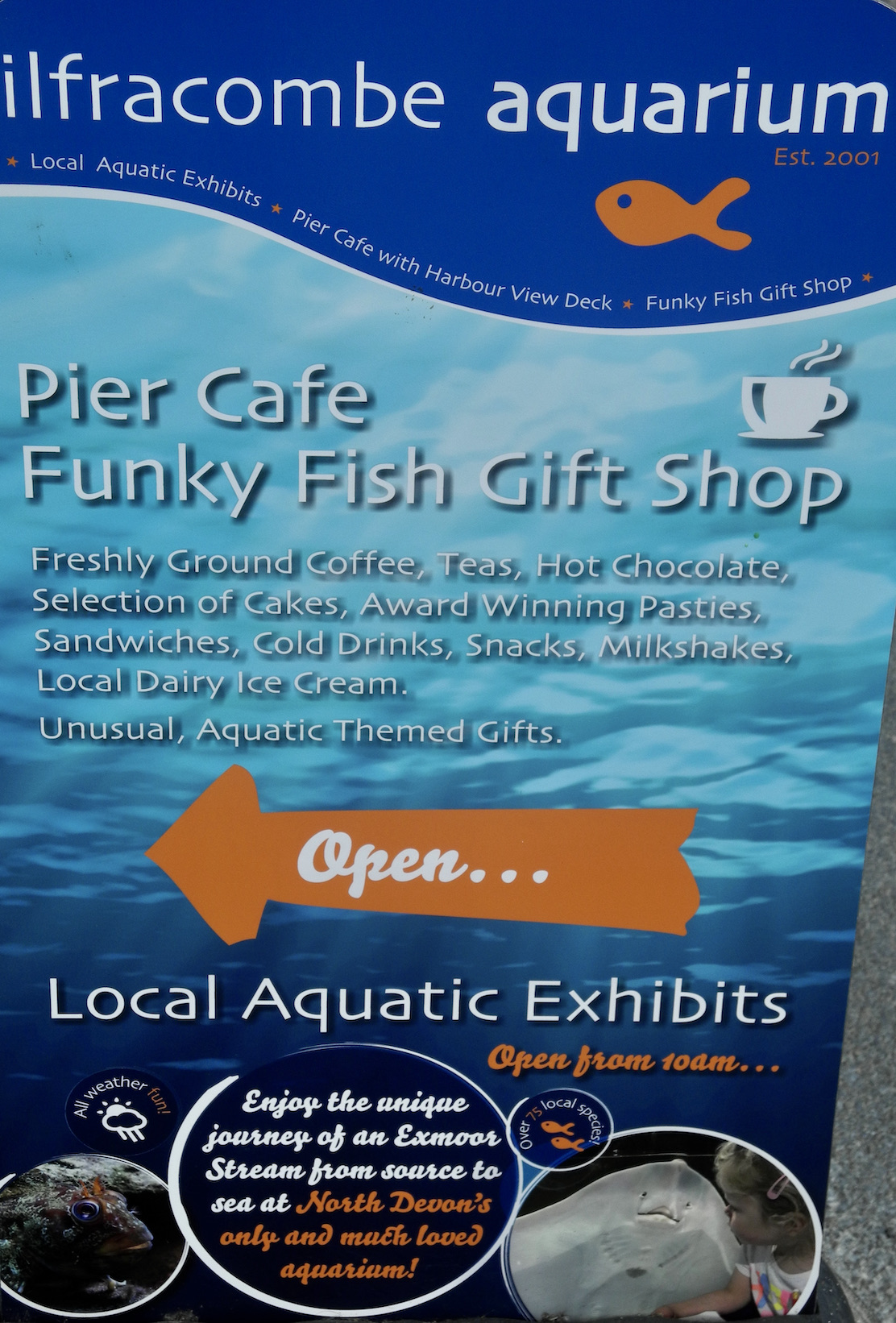
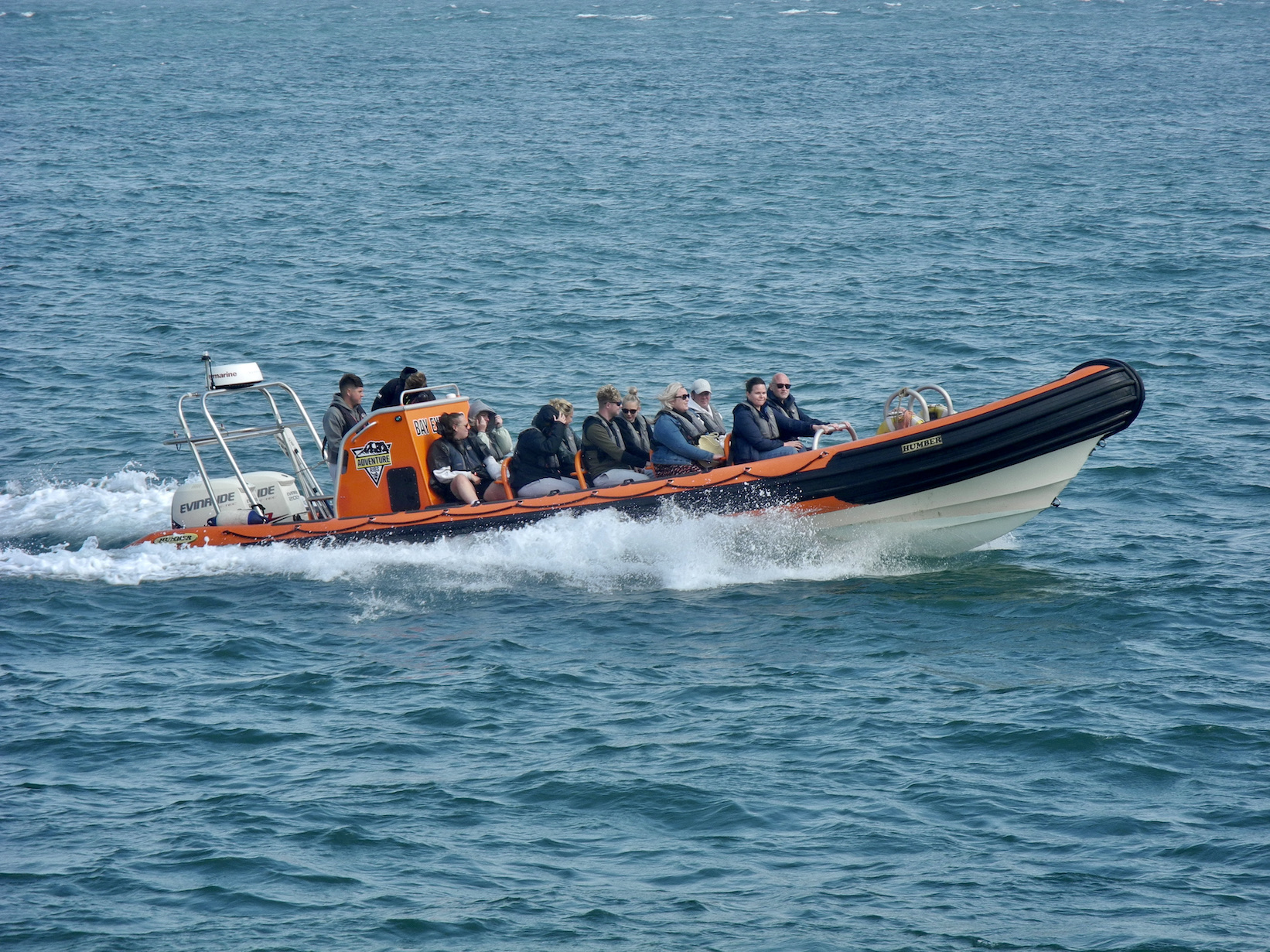
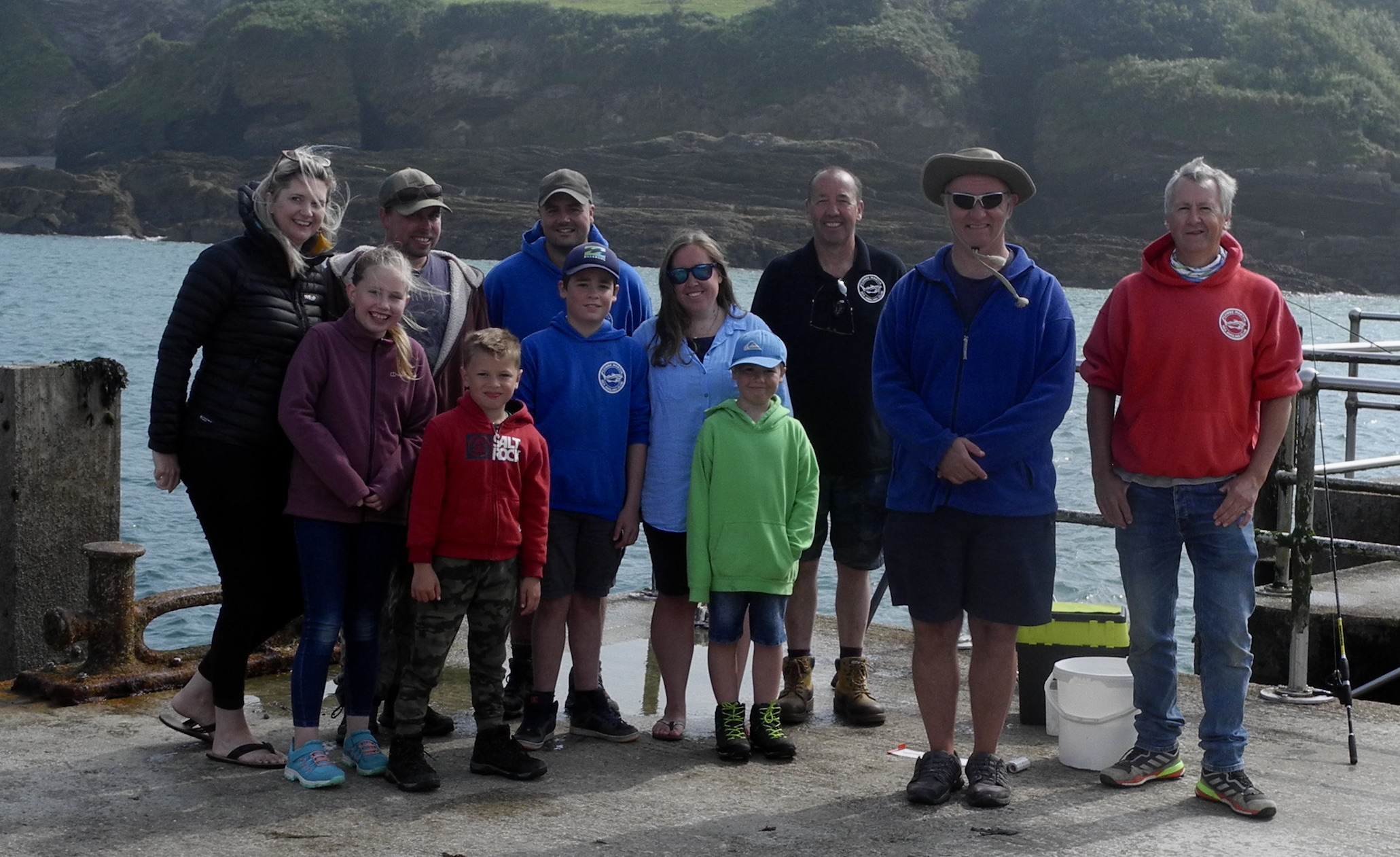

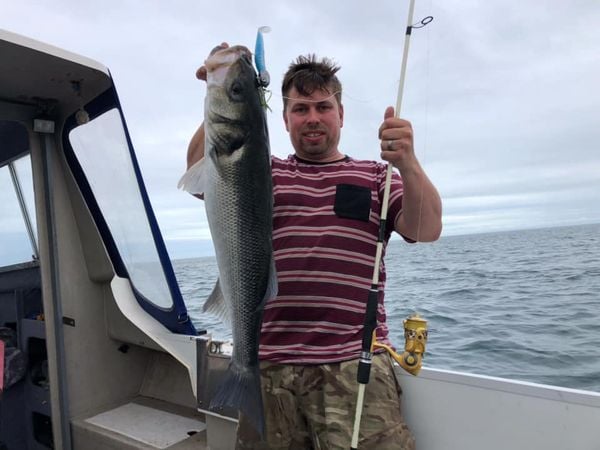
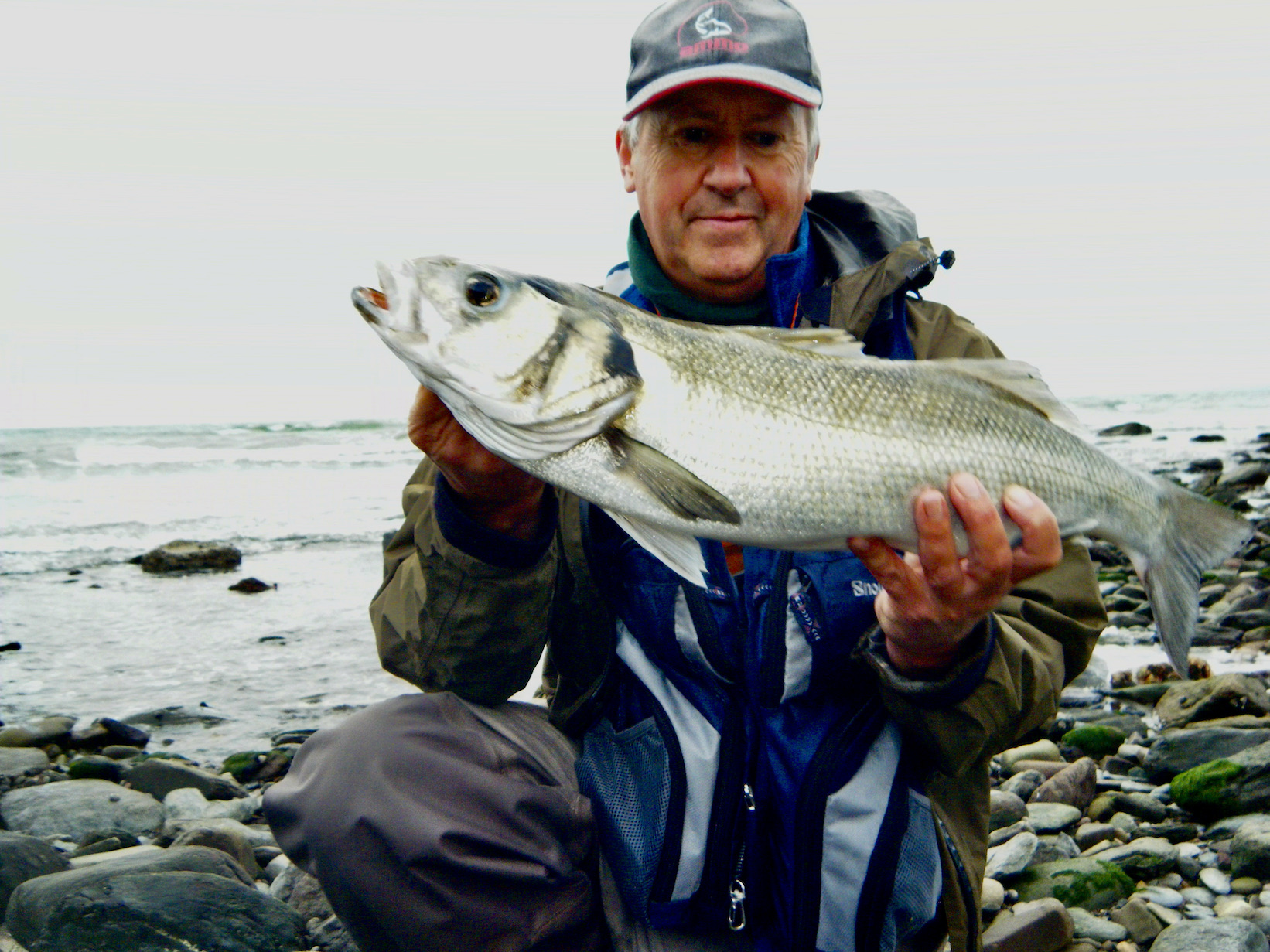

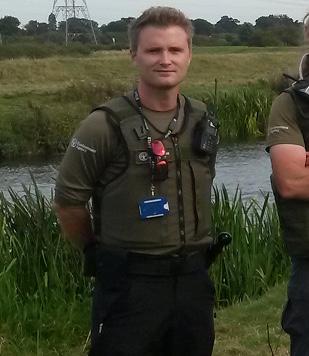
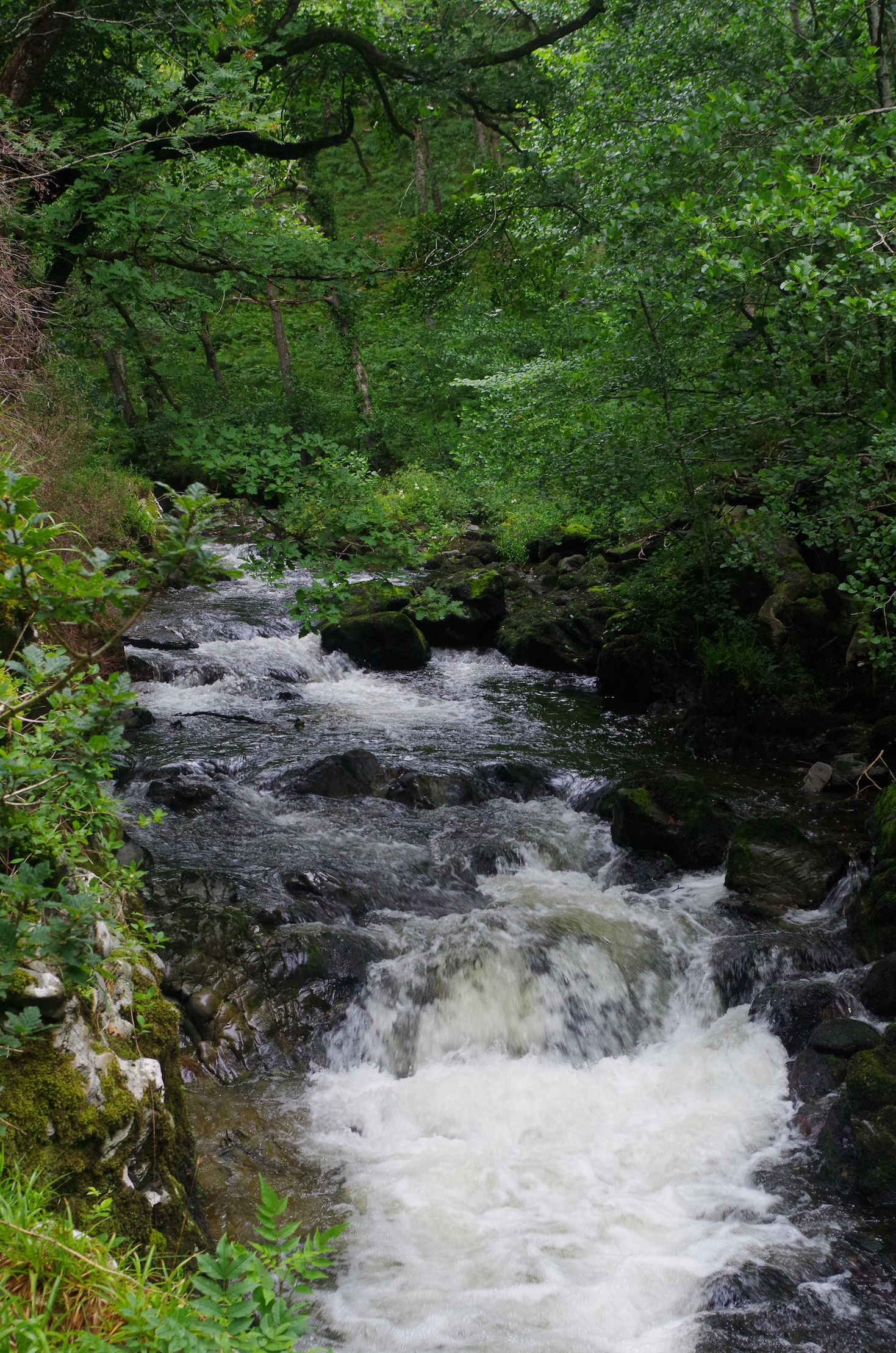 The East Lyn River is one of my favourite locations a beautiful river that holds an array of personal angling memories accumulated over forty years. I arranged to catch up with North Devon’s new Environment Agency Fishery Officer Callum Underhill so this venue seemed a logical location to meet up and exchange notes.
The East Lyn River is one of my favourite locations a beautiful river that holds an array of personal angling memories accumulated over forty years. I arranged to catch up with North Devon’s new Environment Agency Fishery Officer Callum Underhill so this venue seemed a logical location to meet up and exchange notes.